April
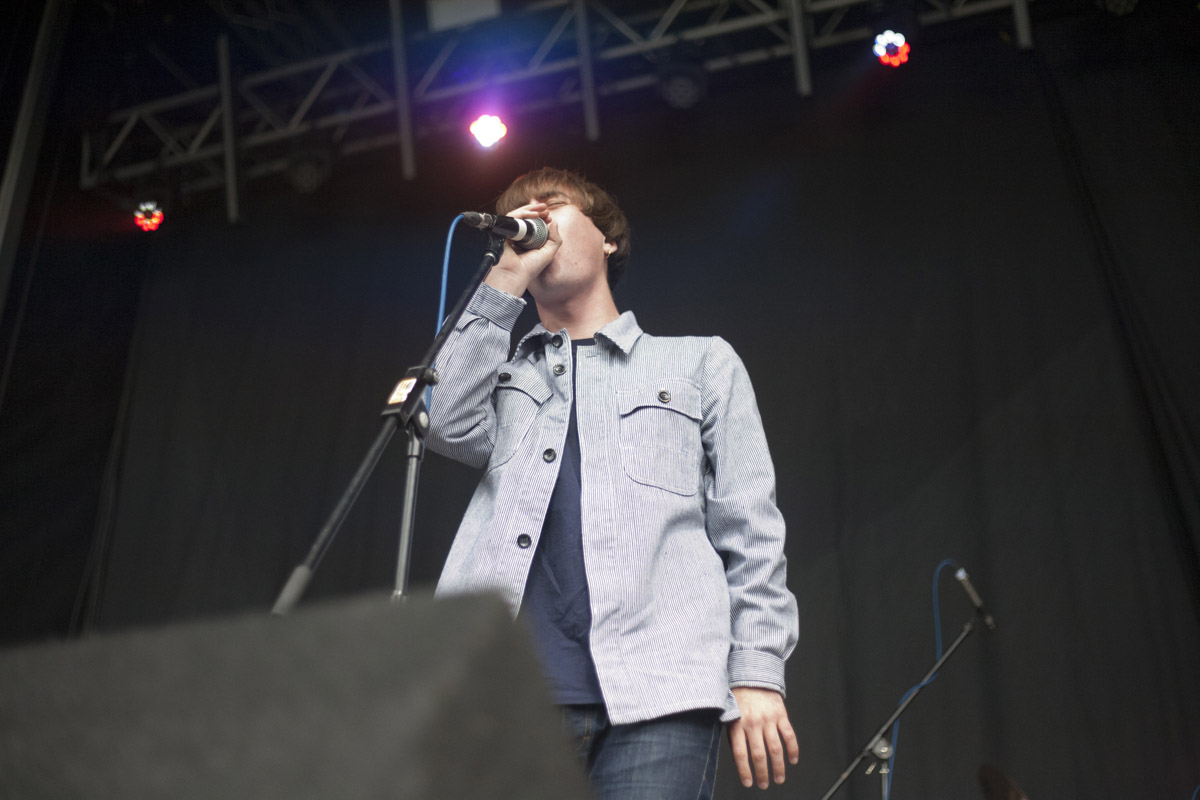
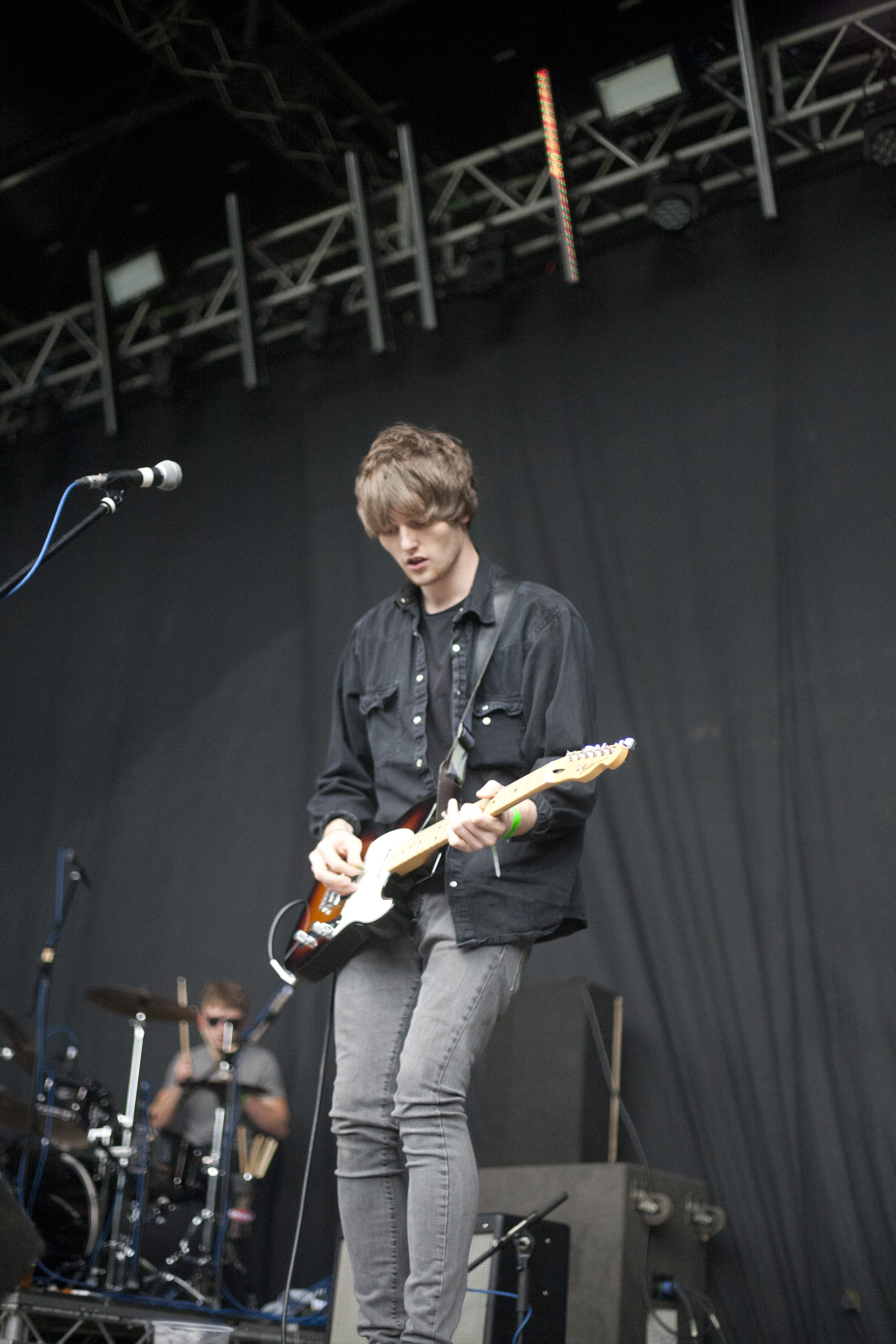
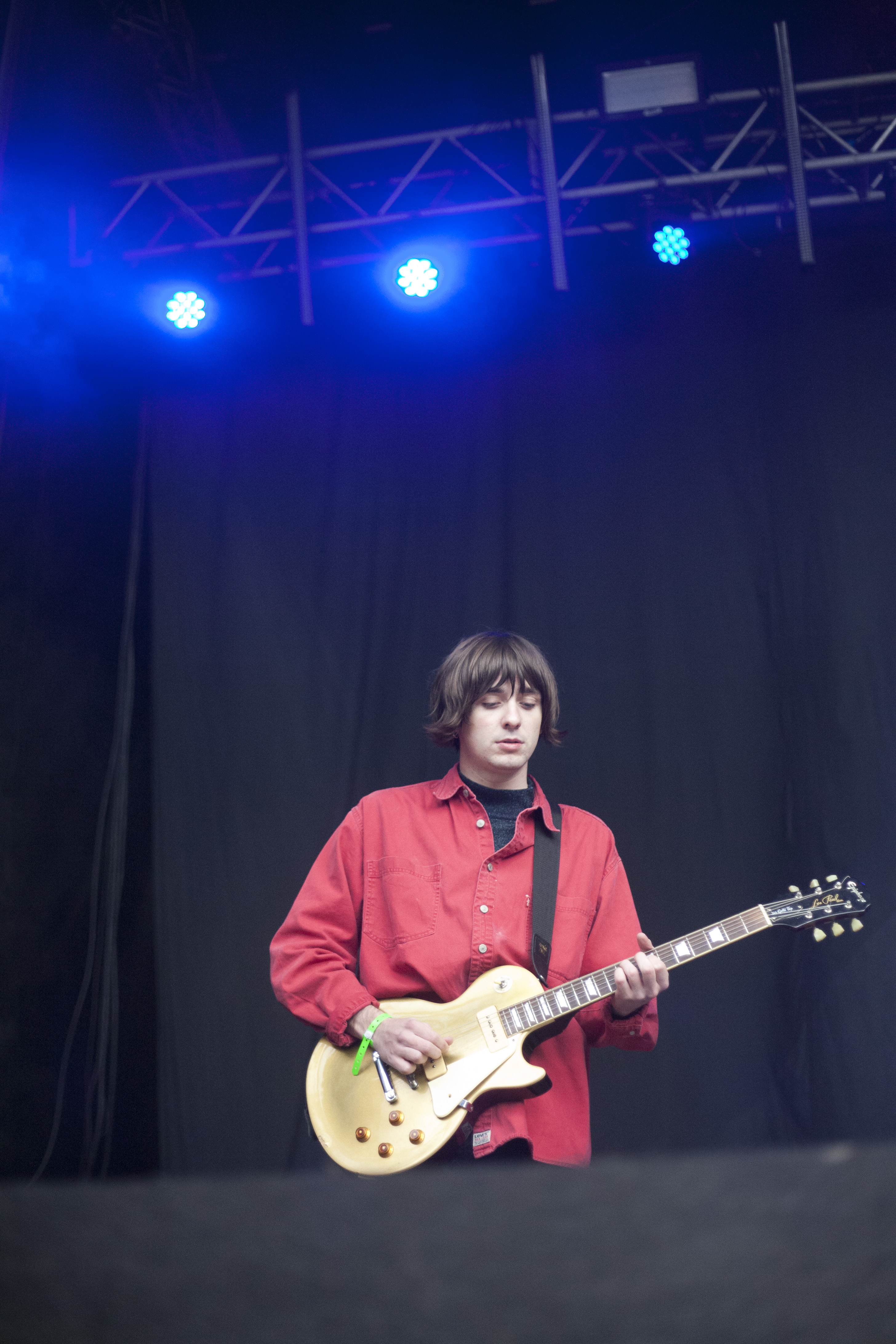
Randolph’s Leap
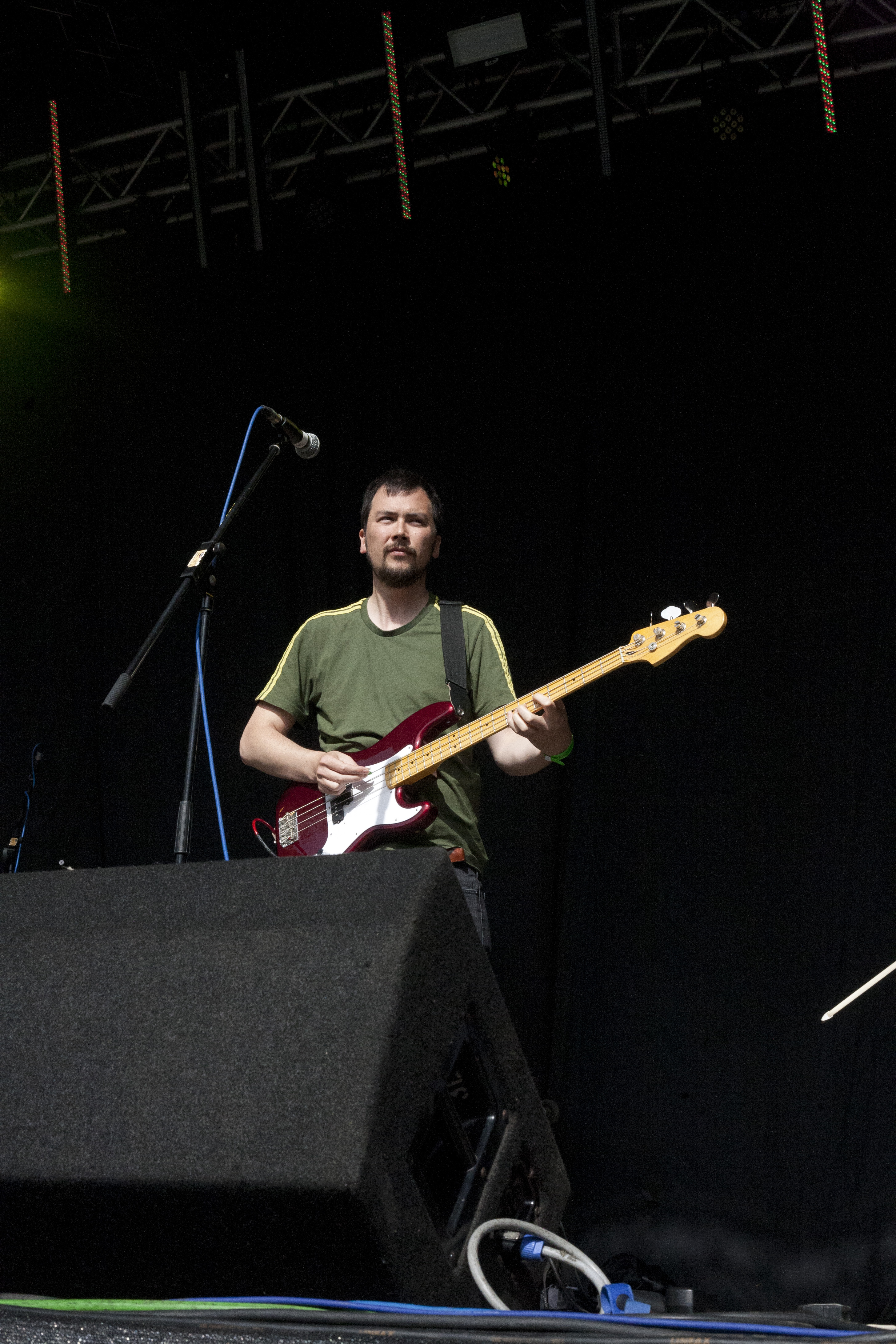
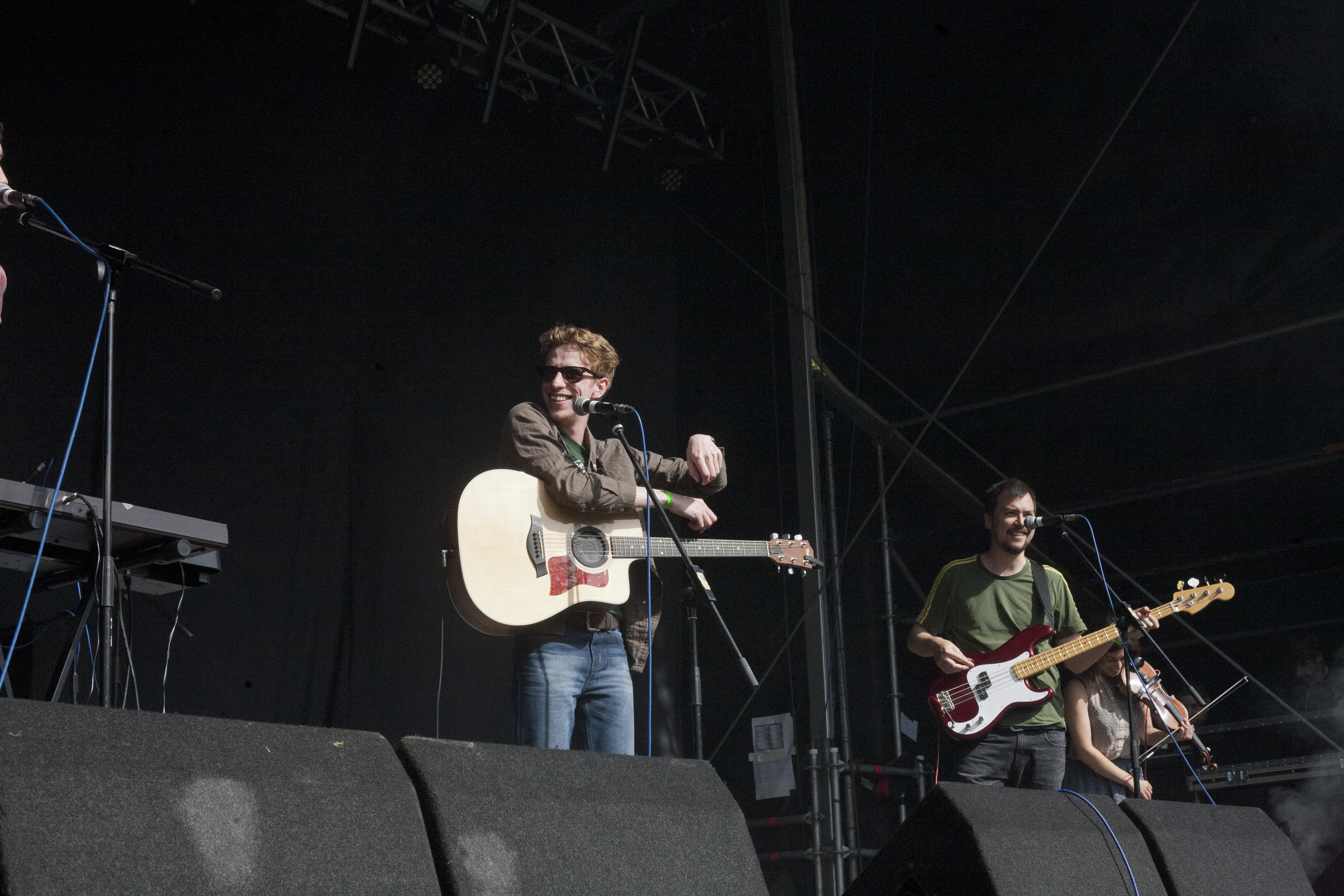
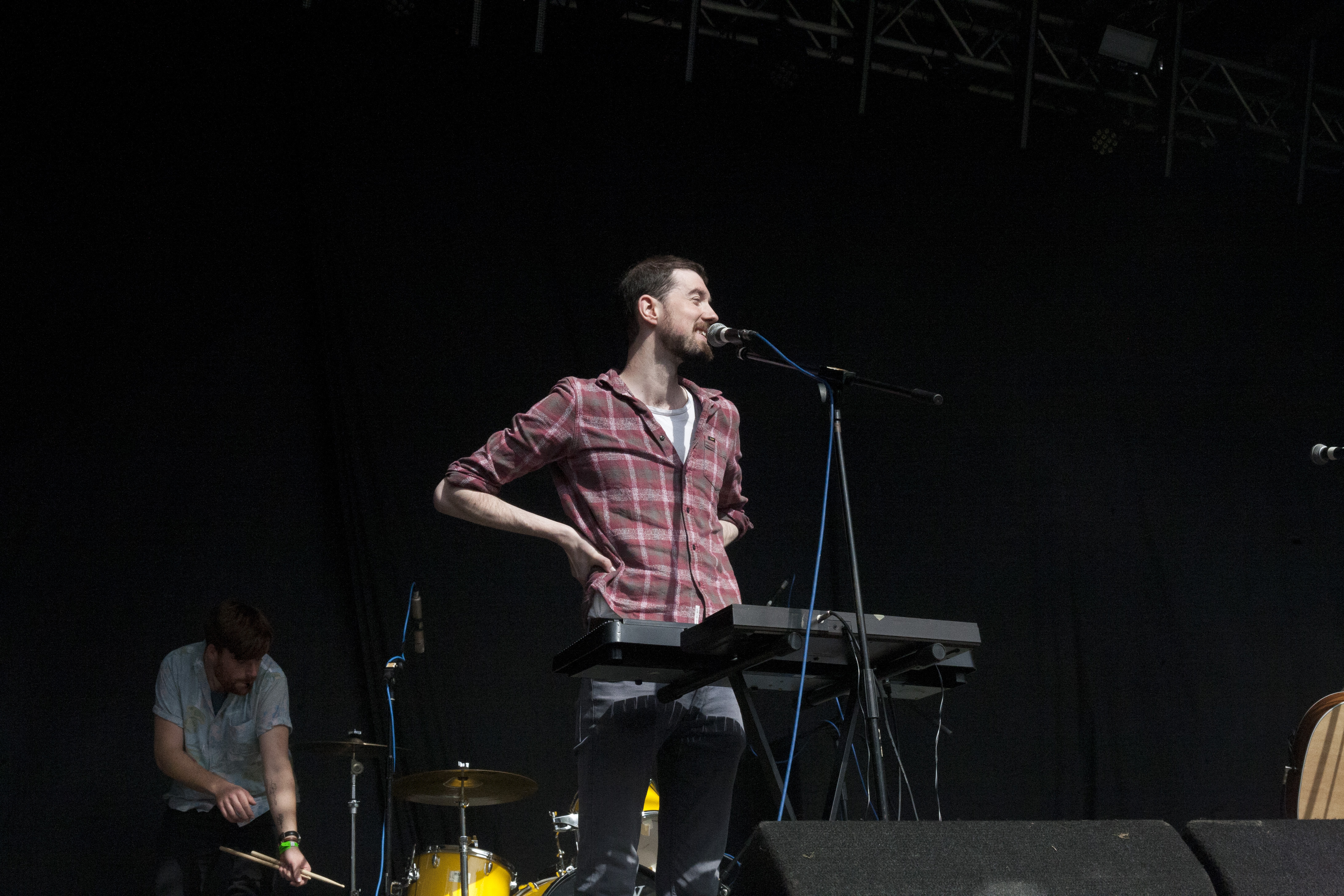
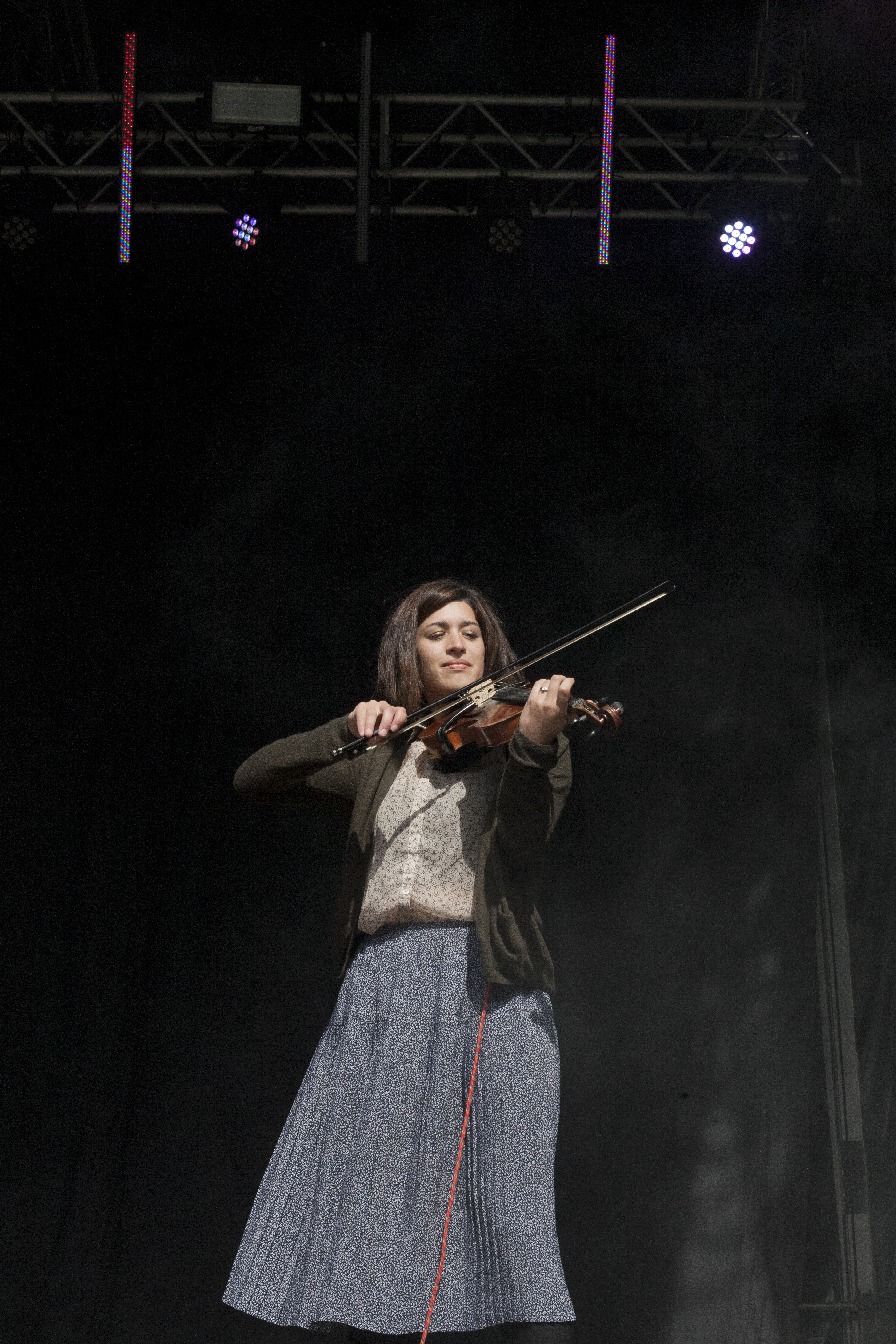
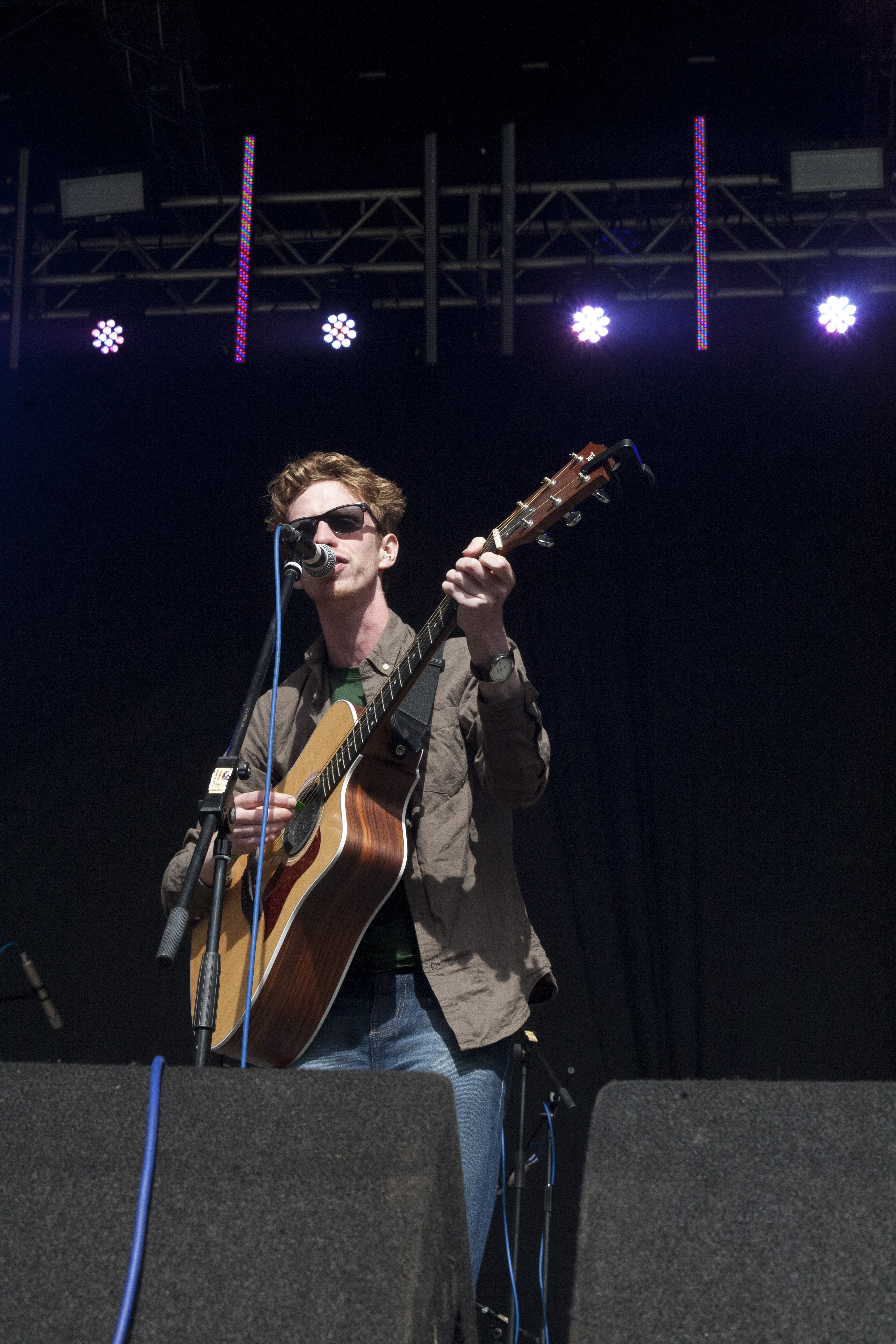
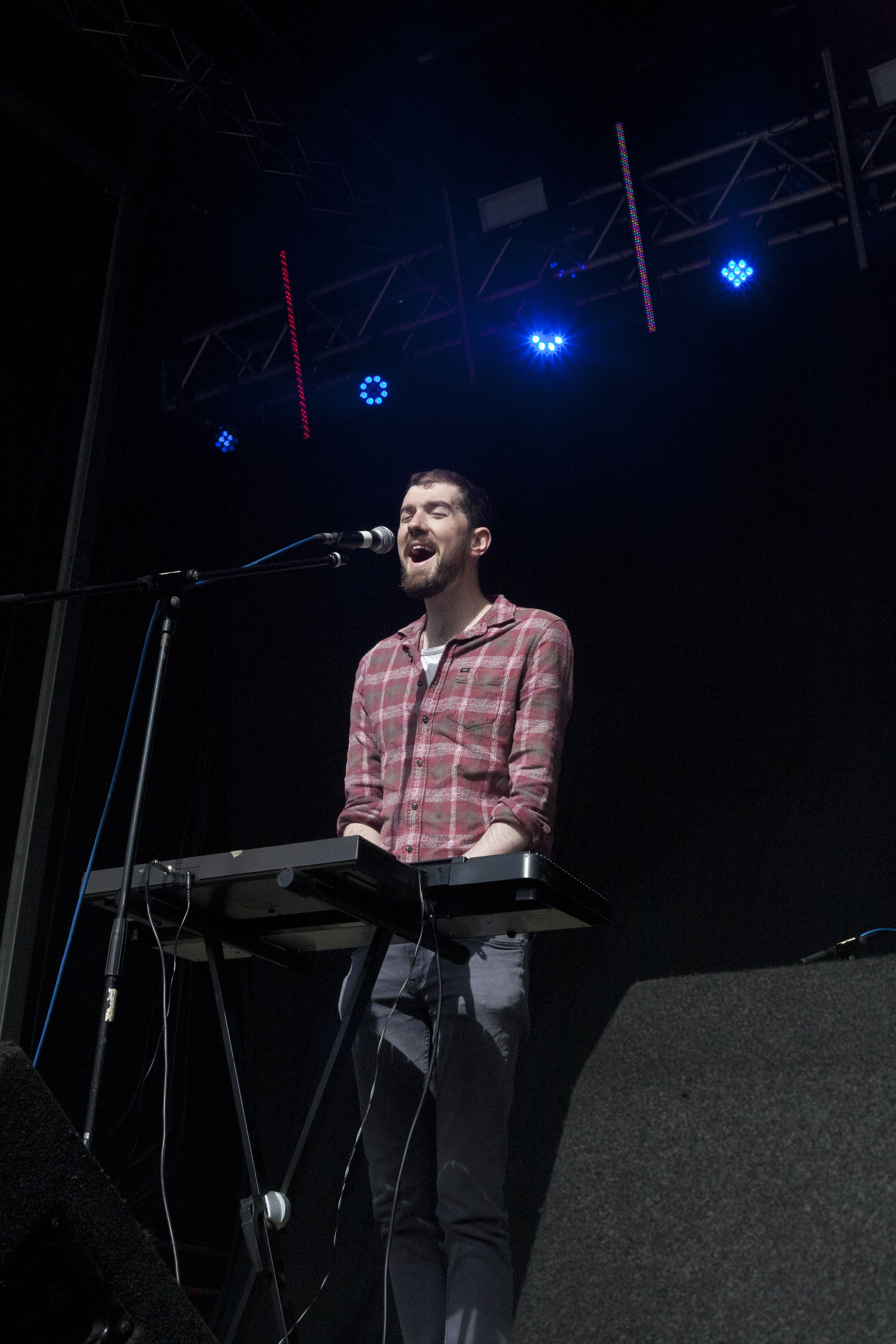
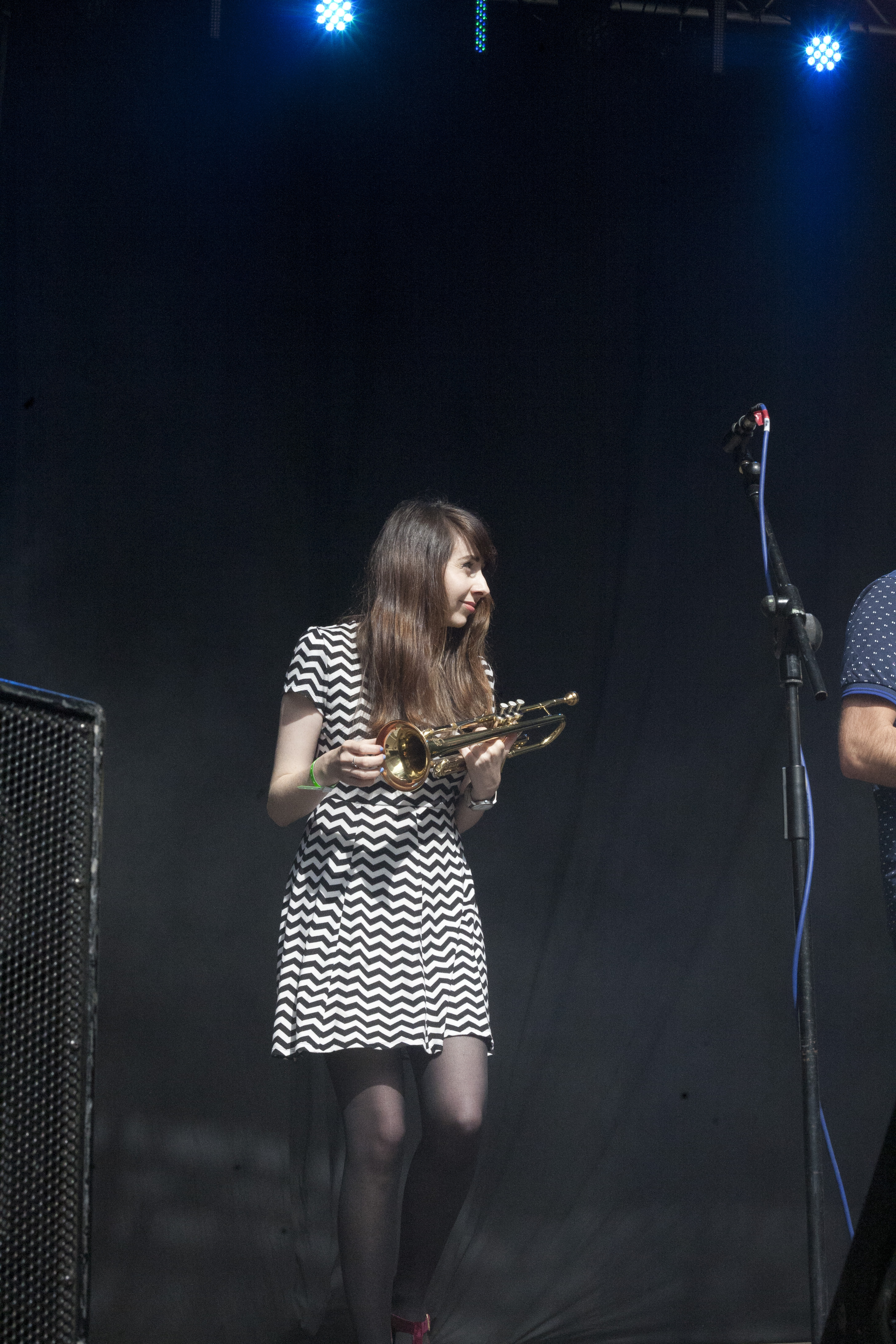
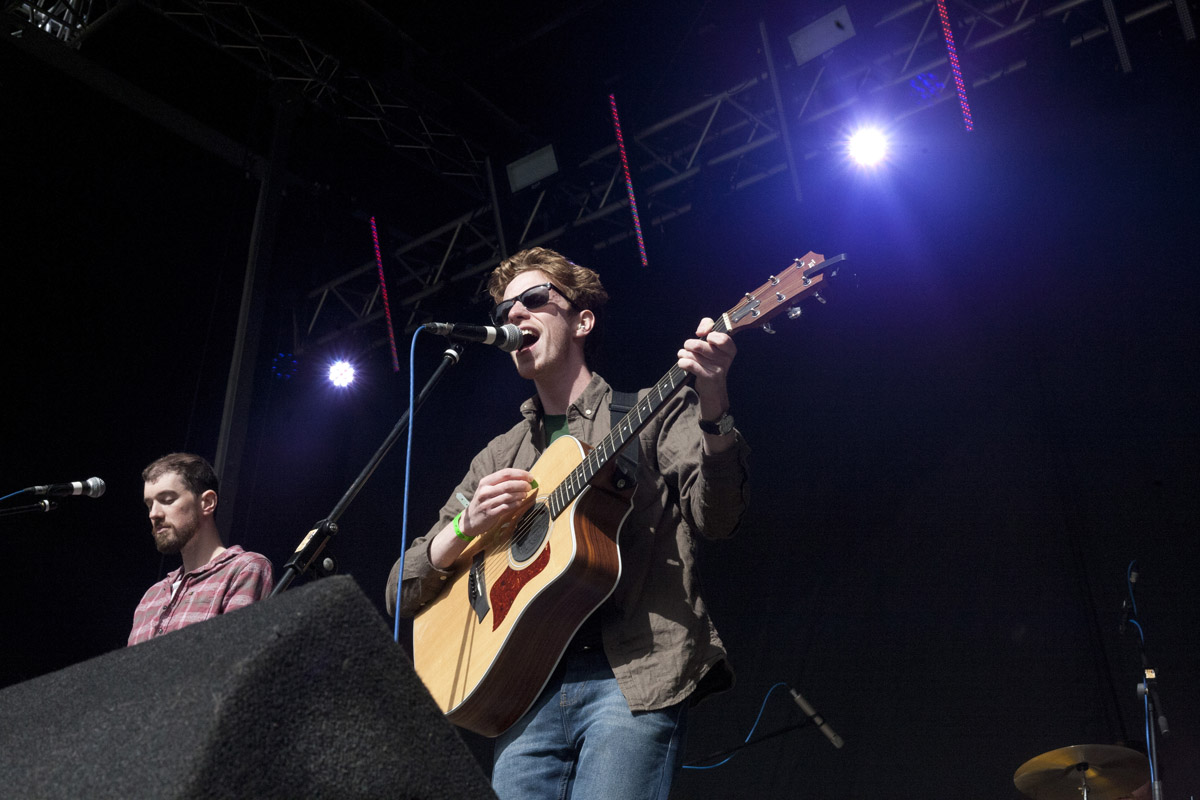
Deaf School
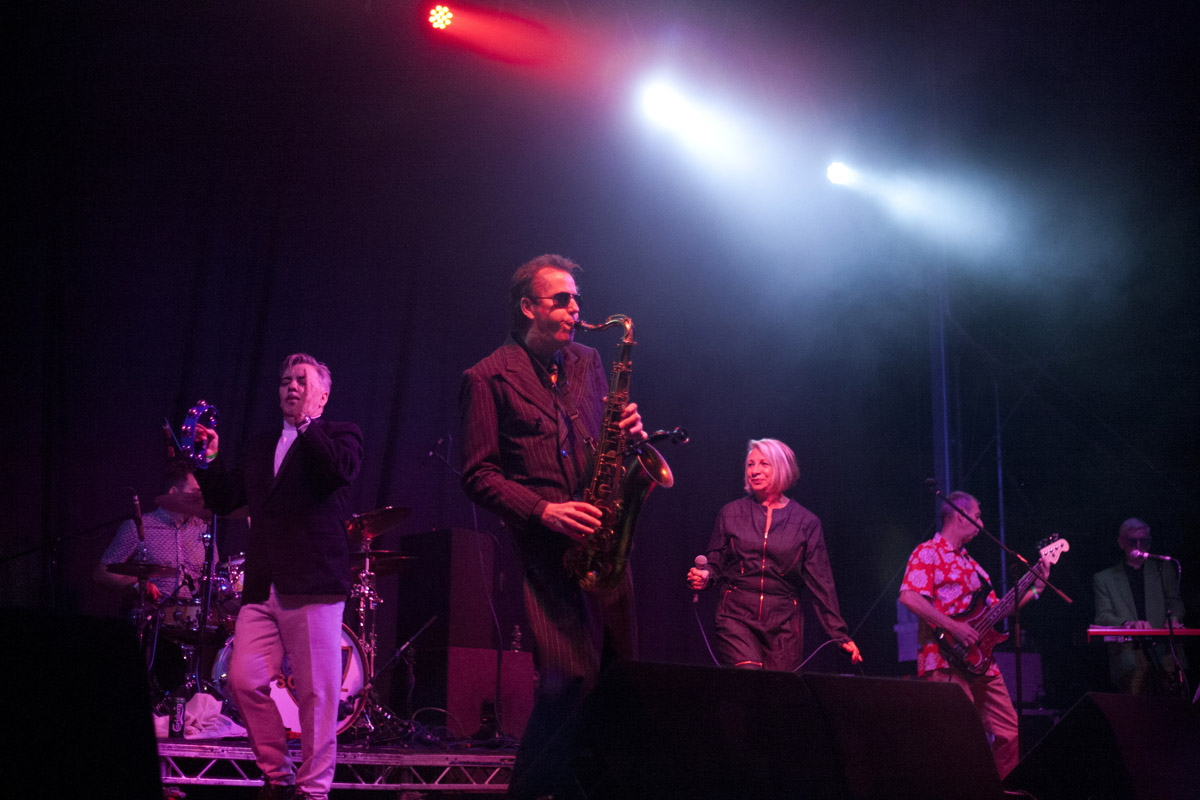
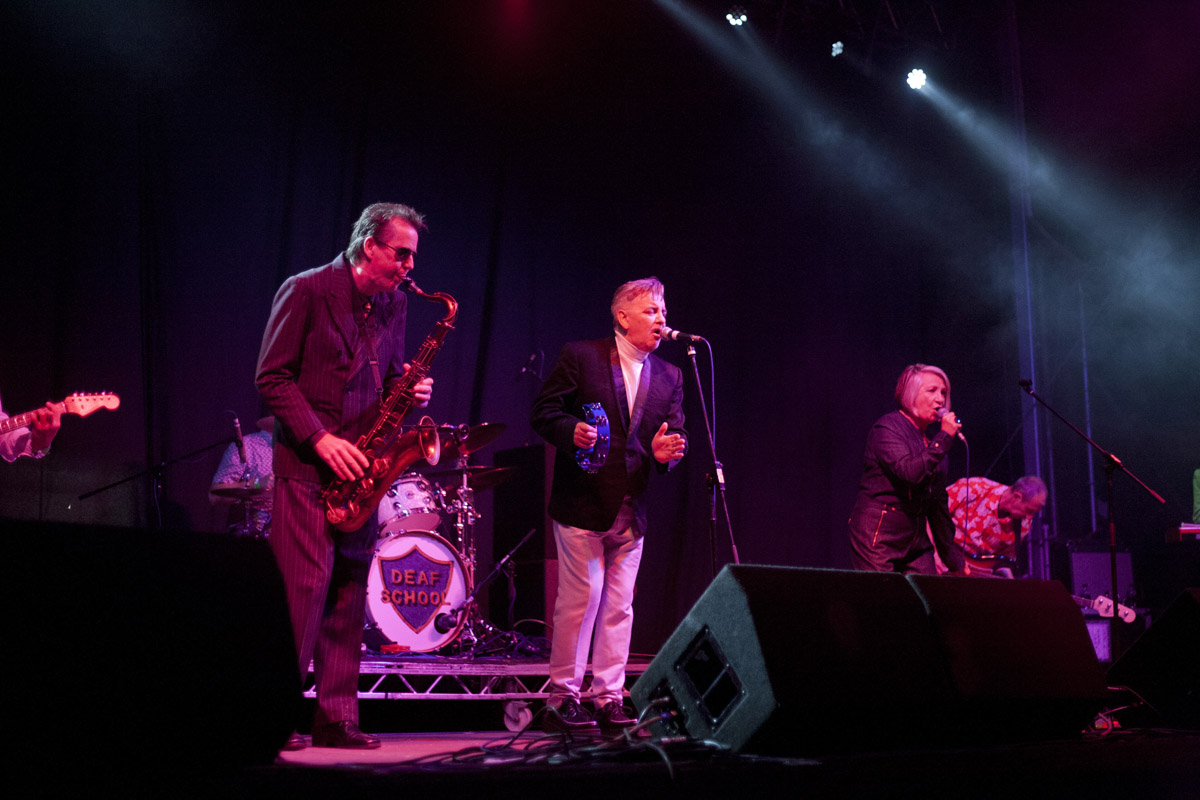
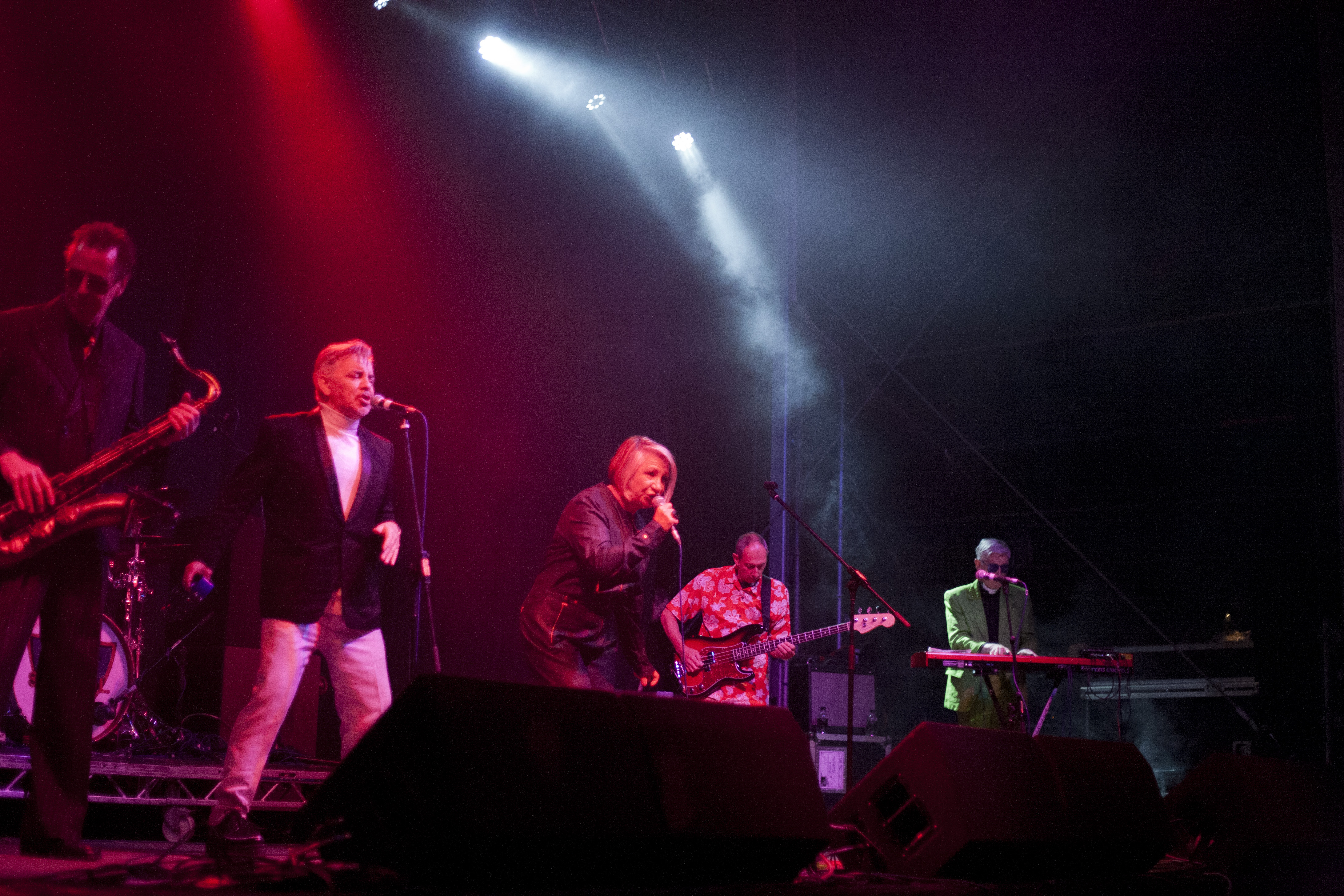
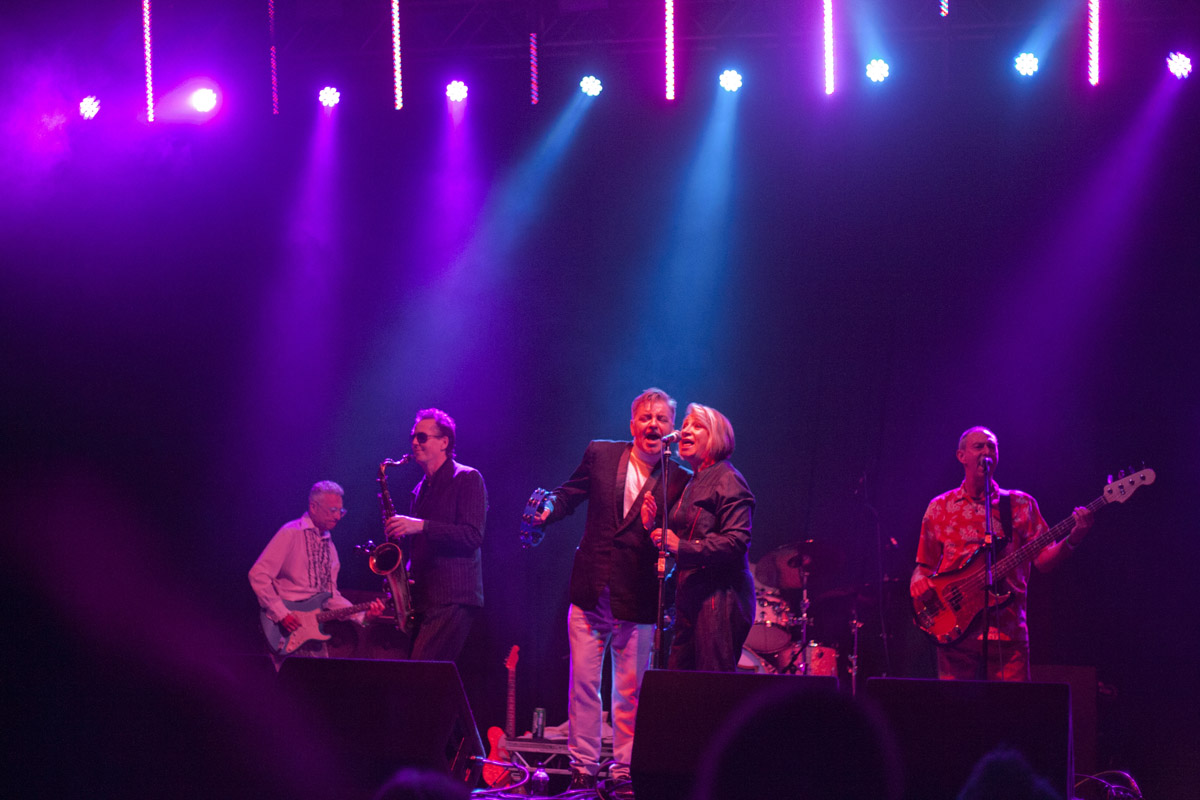
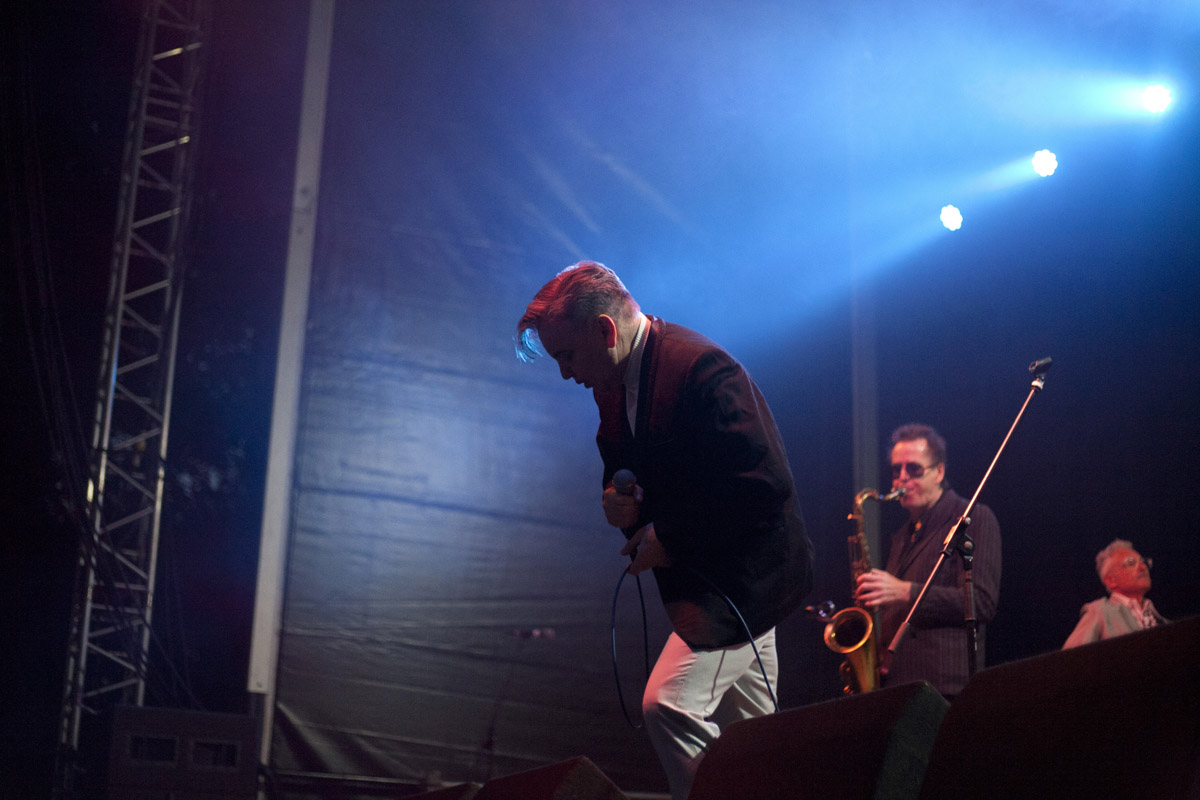
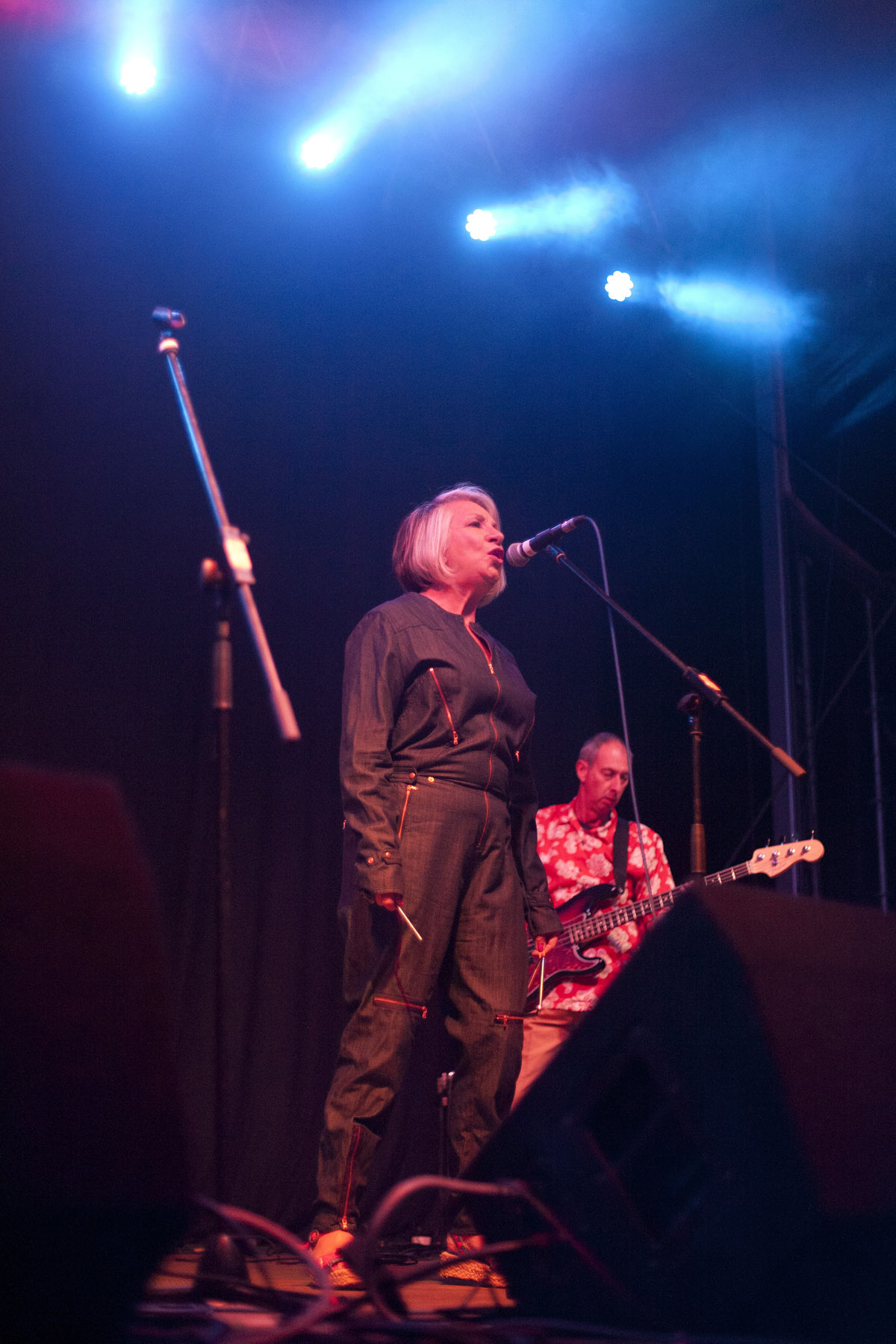
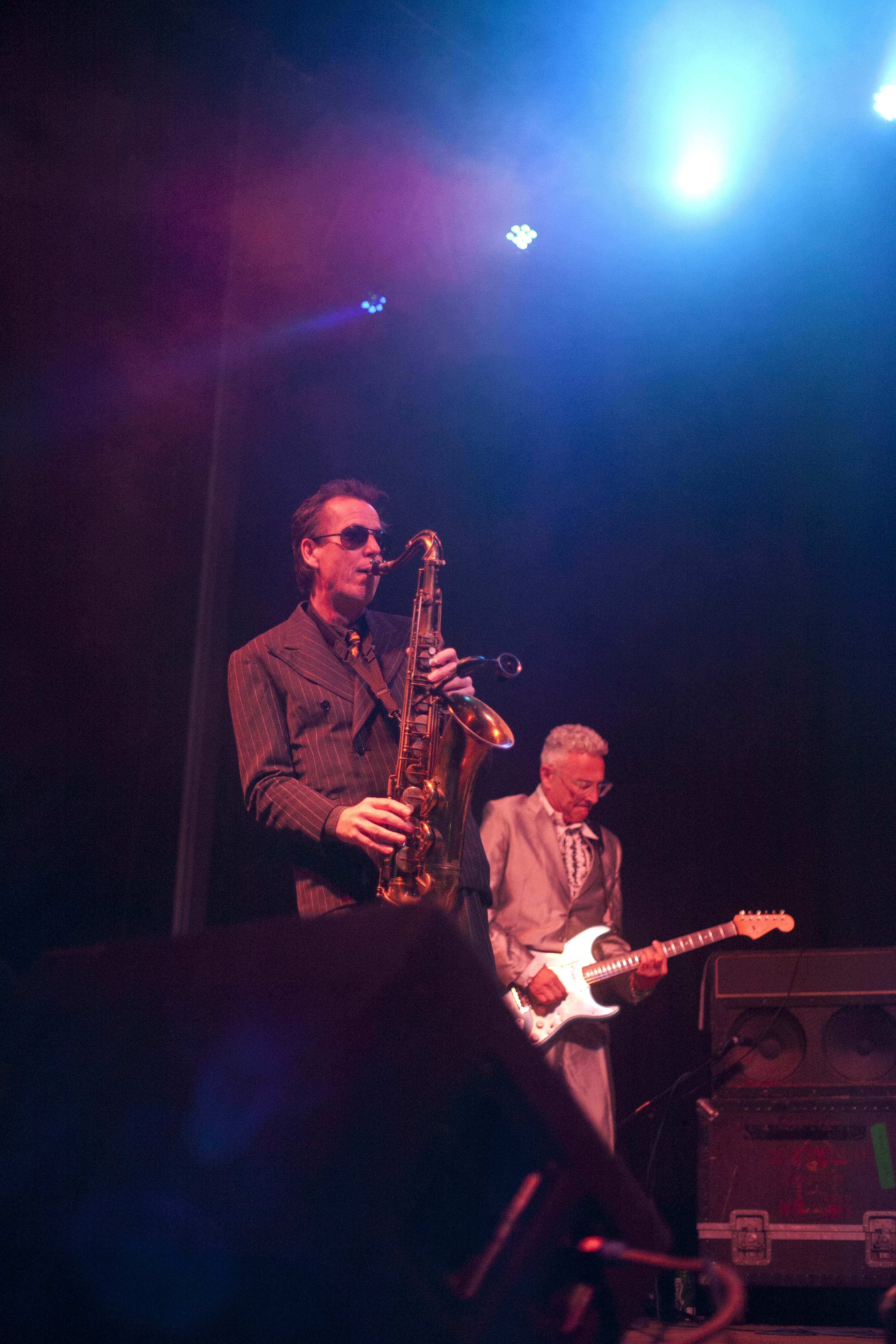
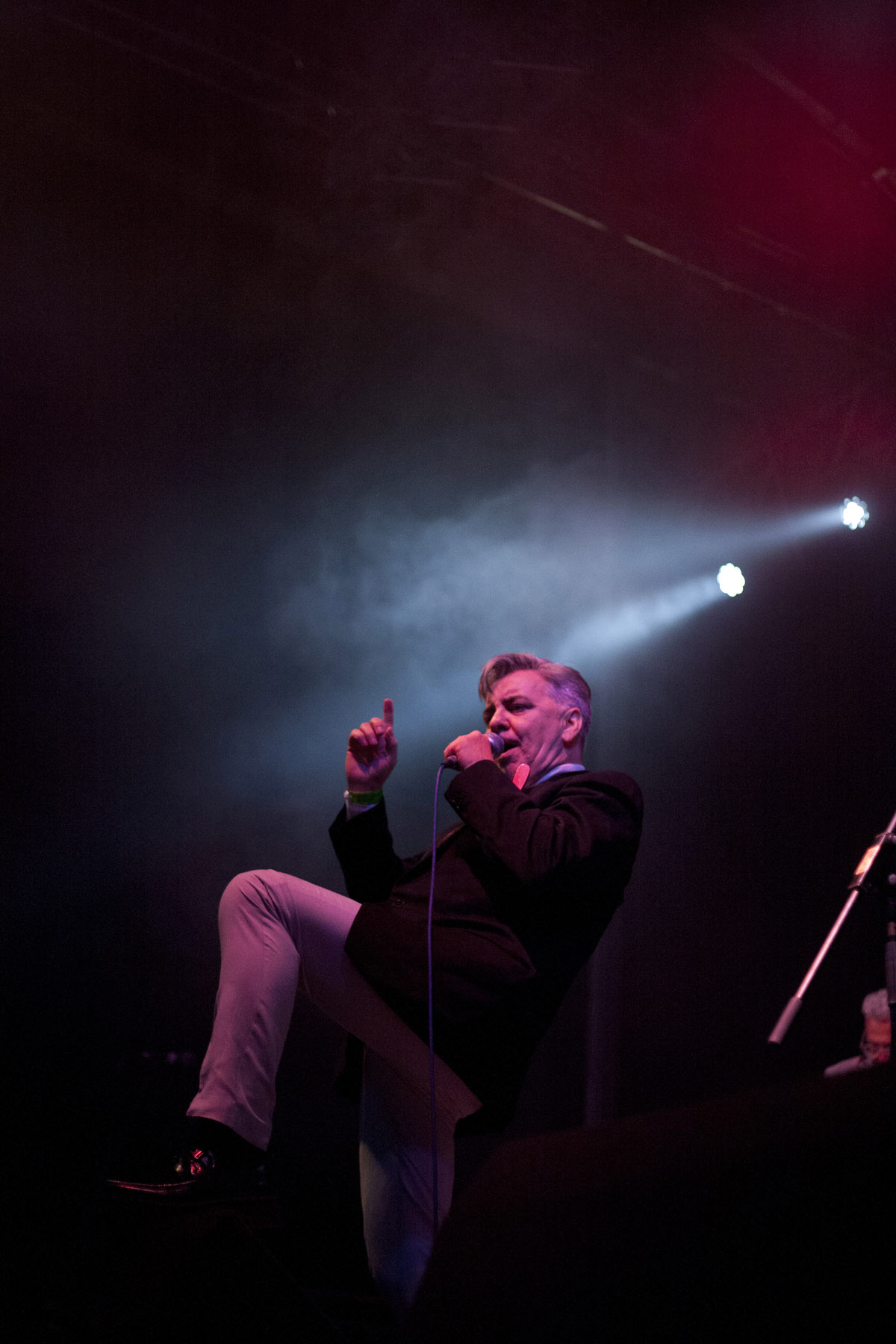
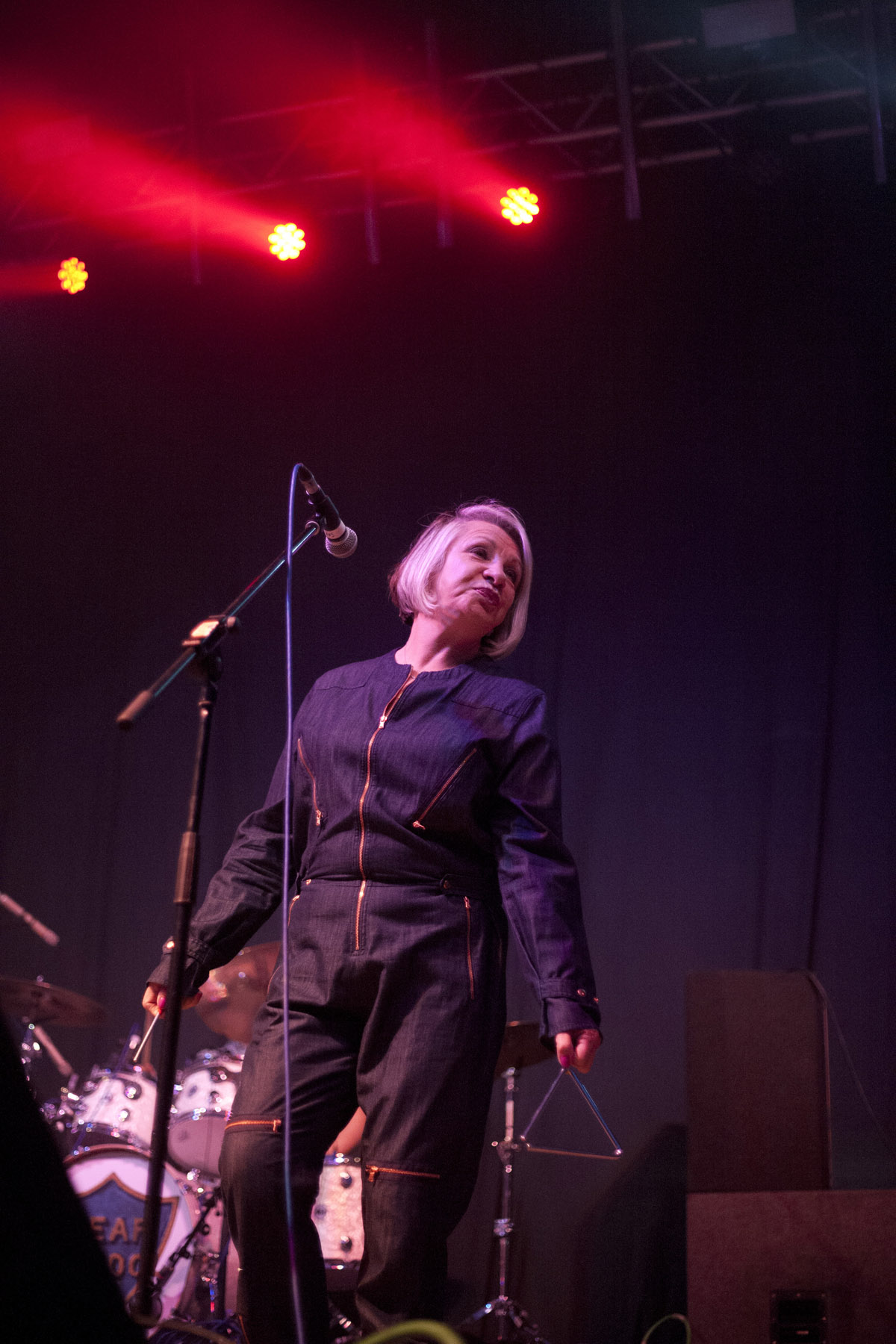
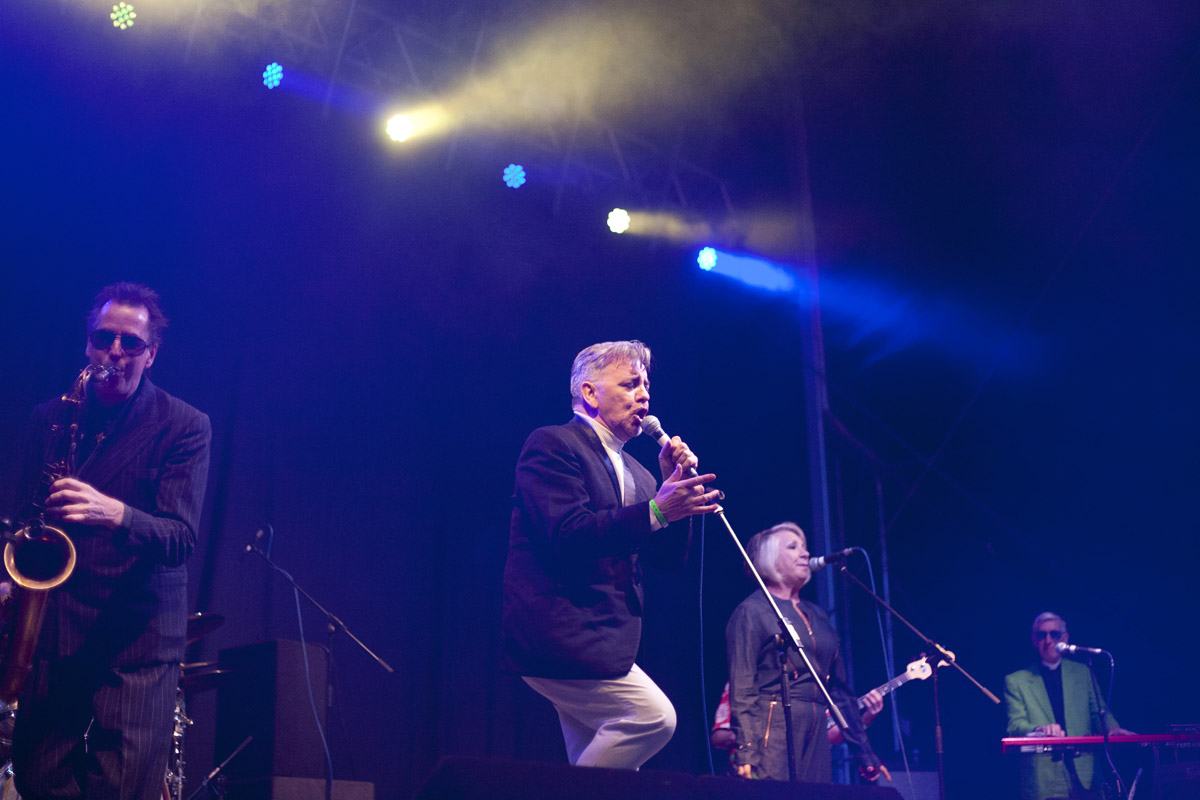
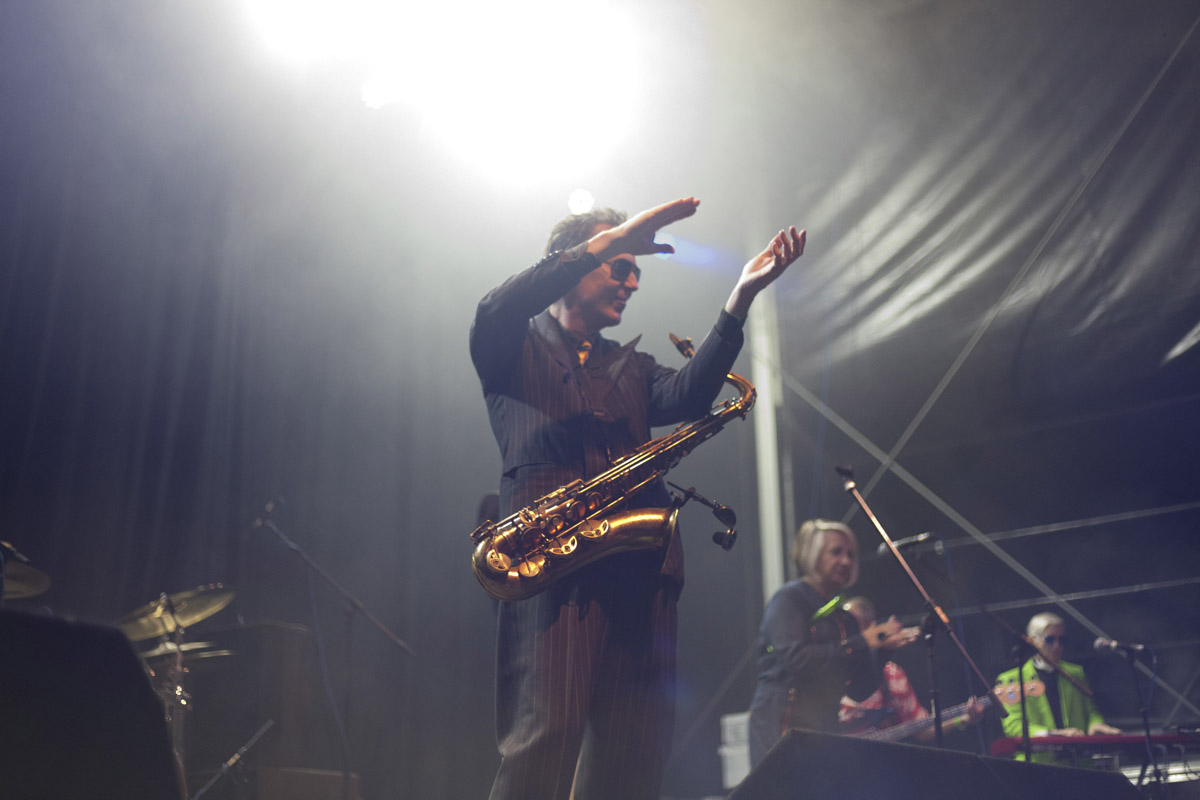
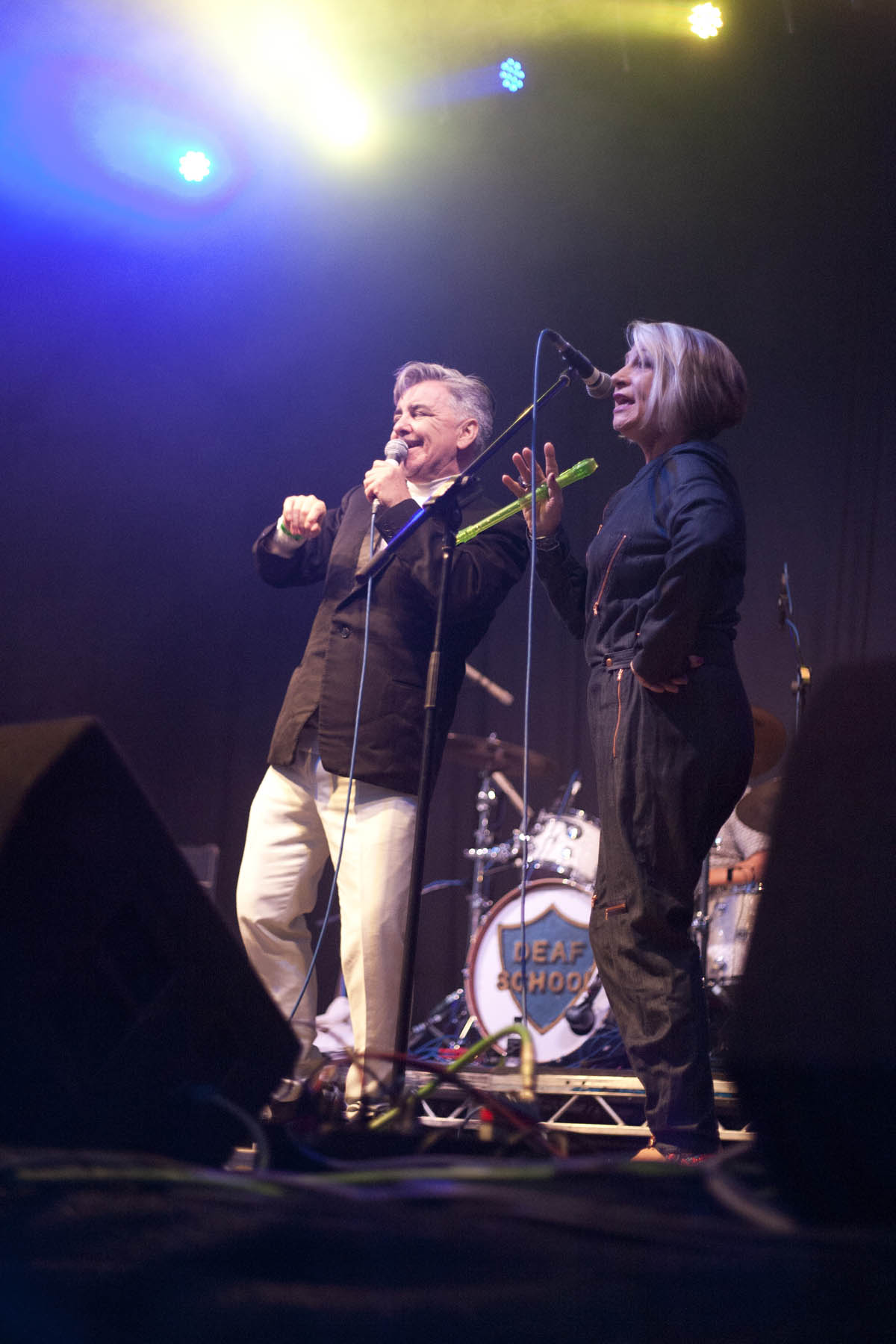
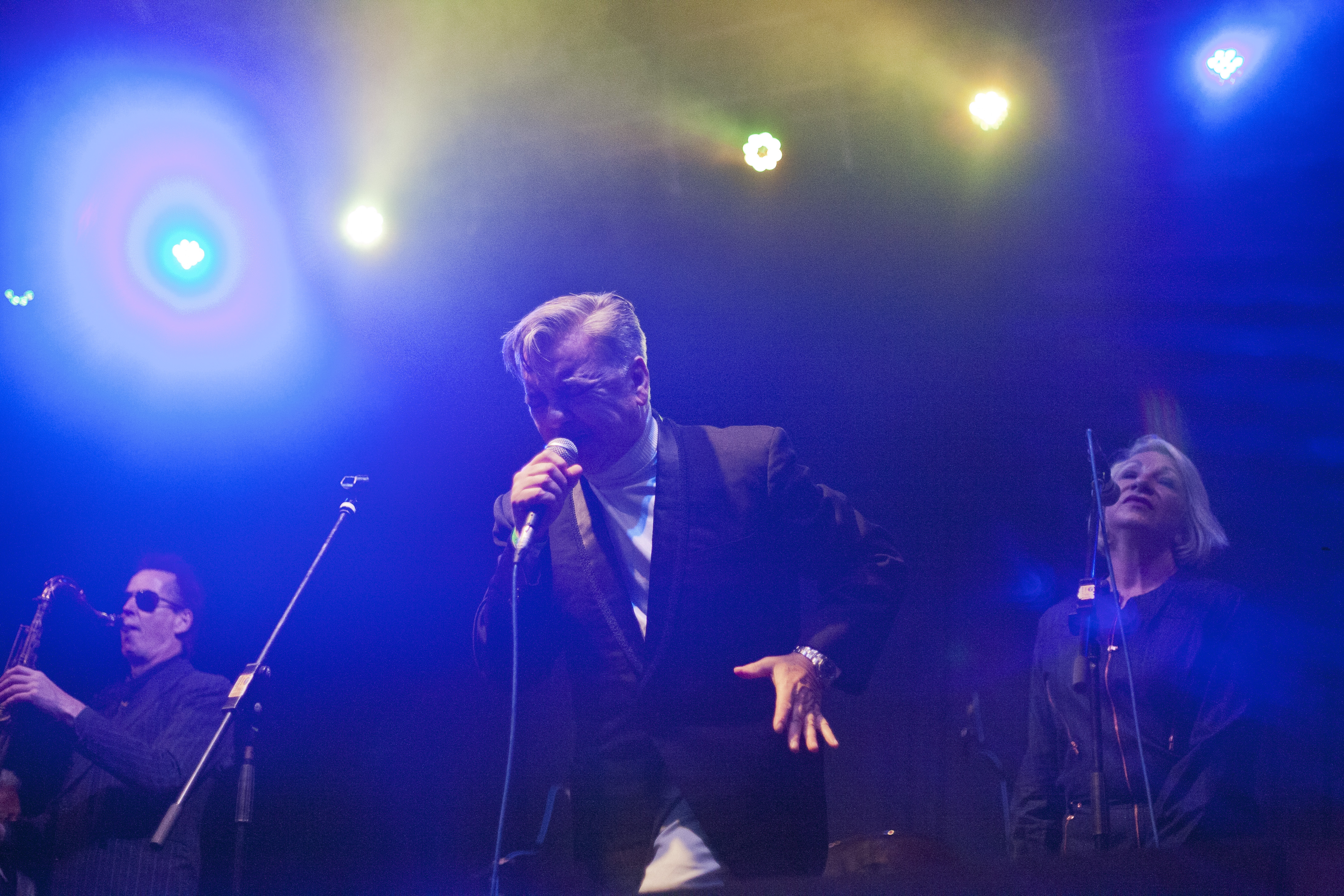
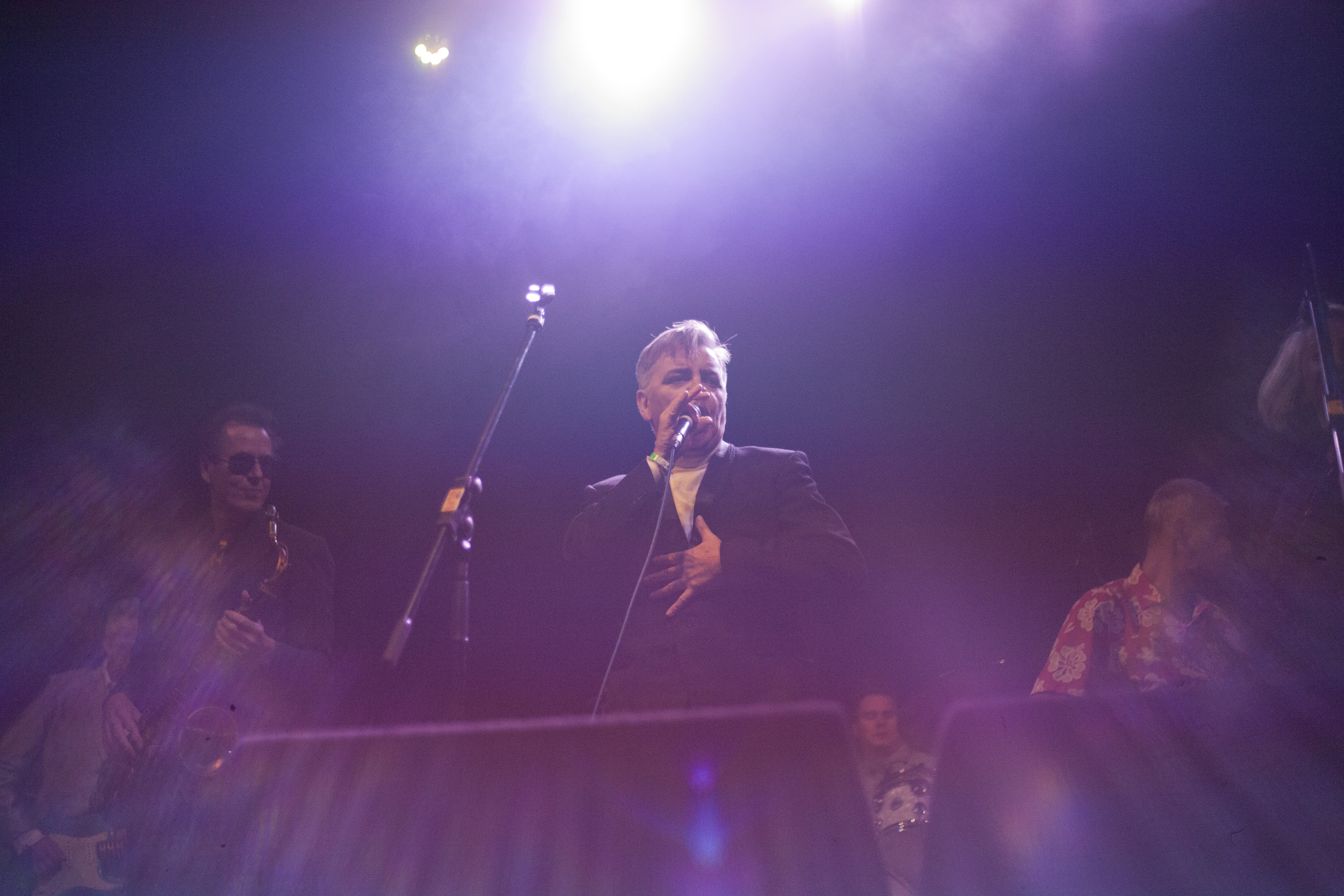
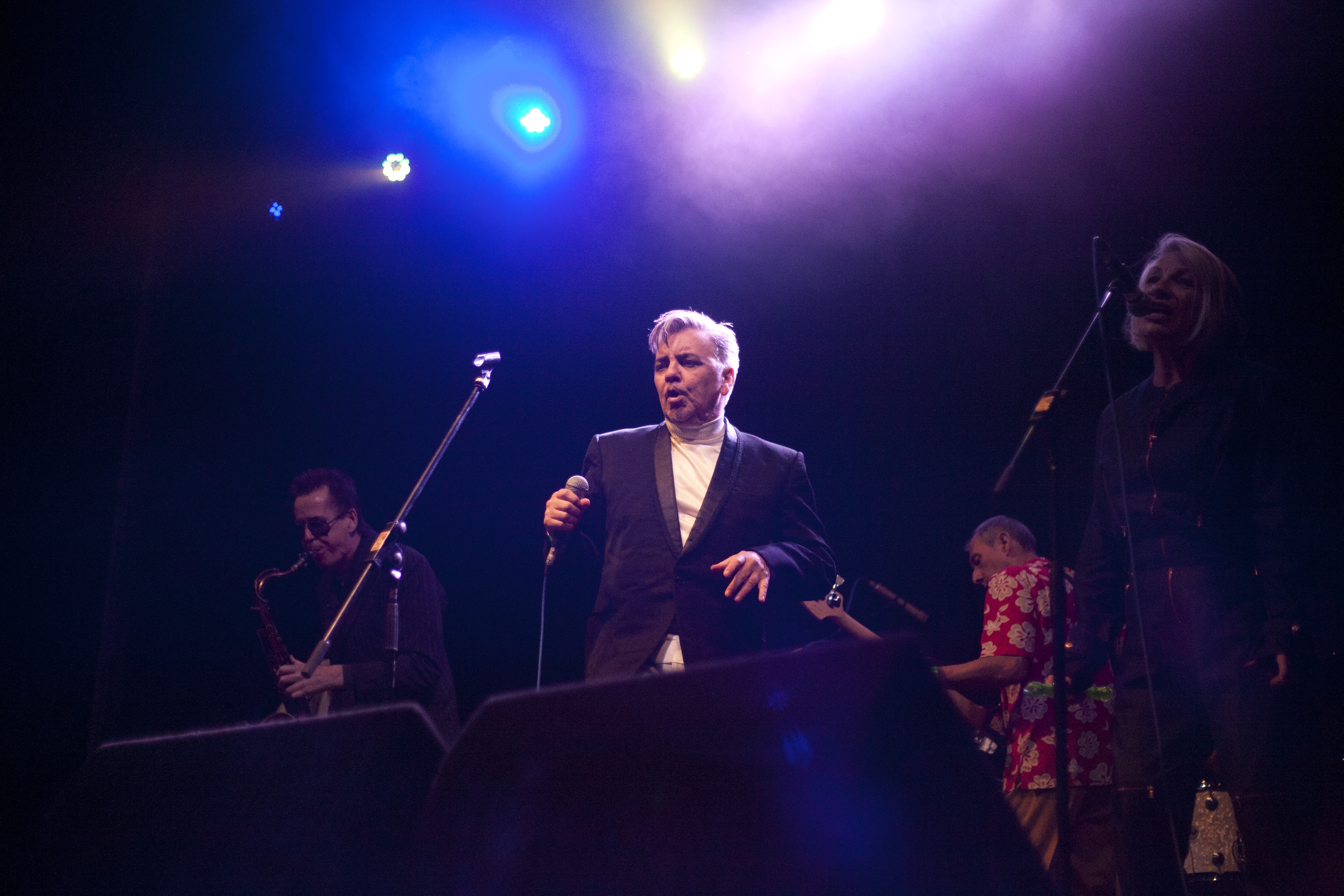
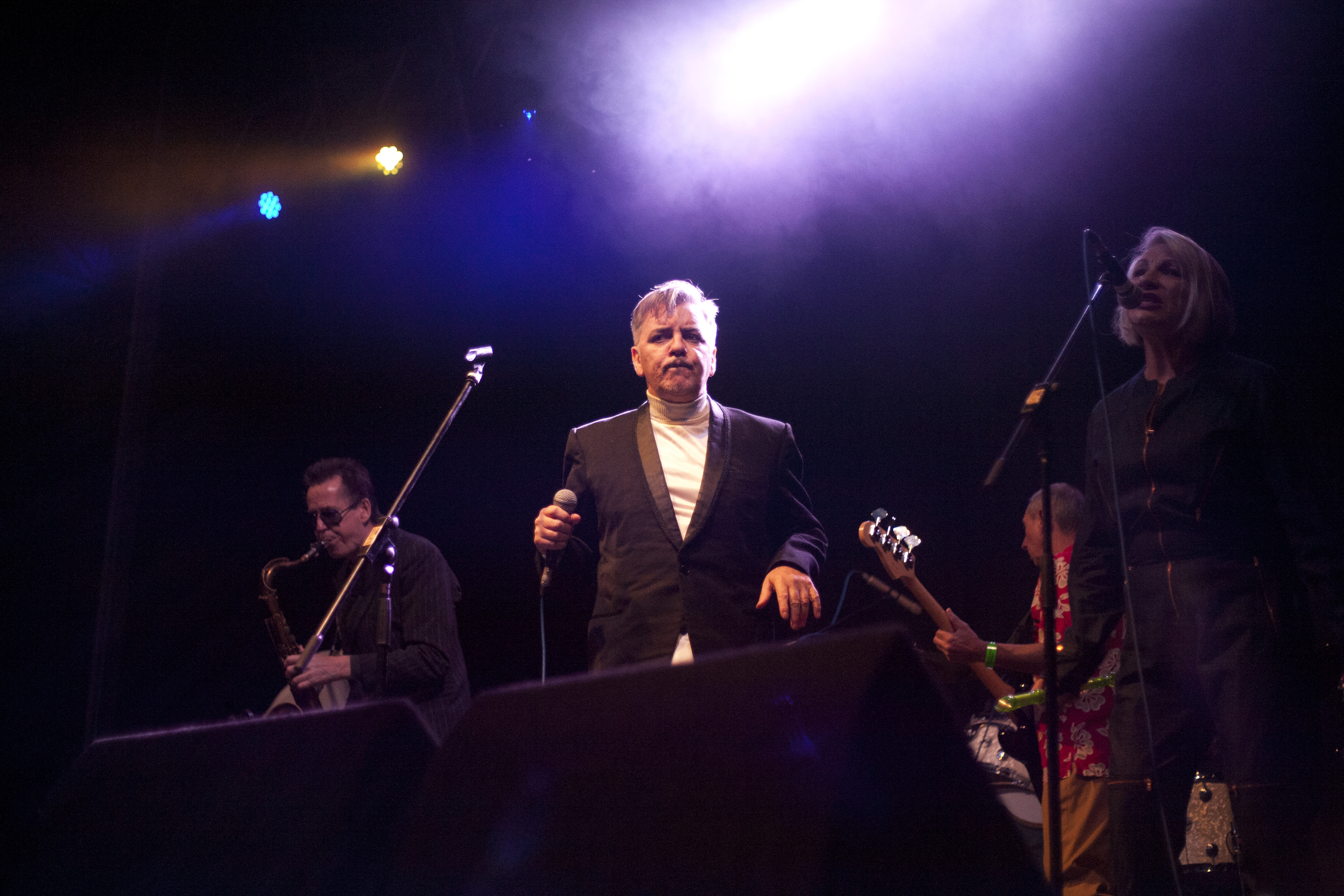
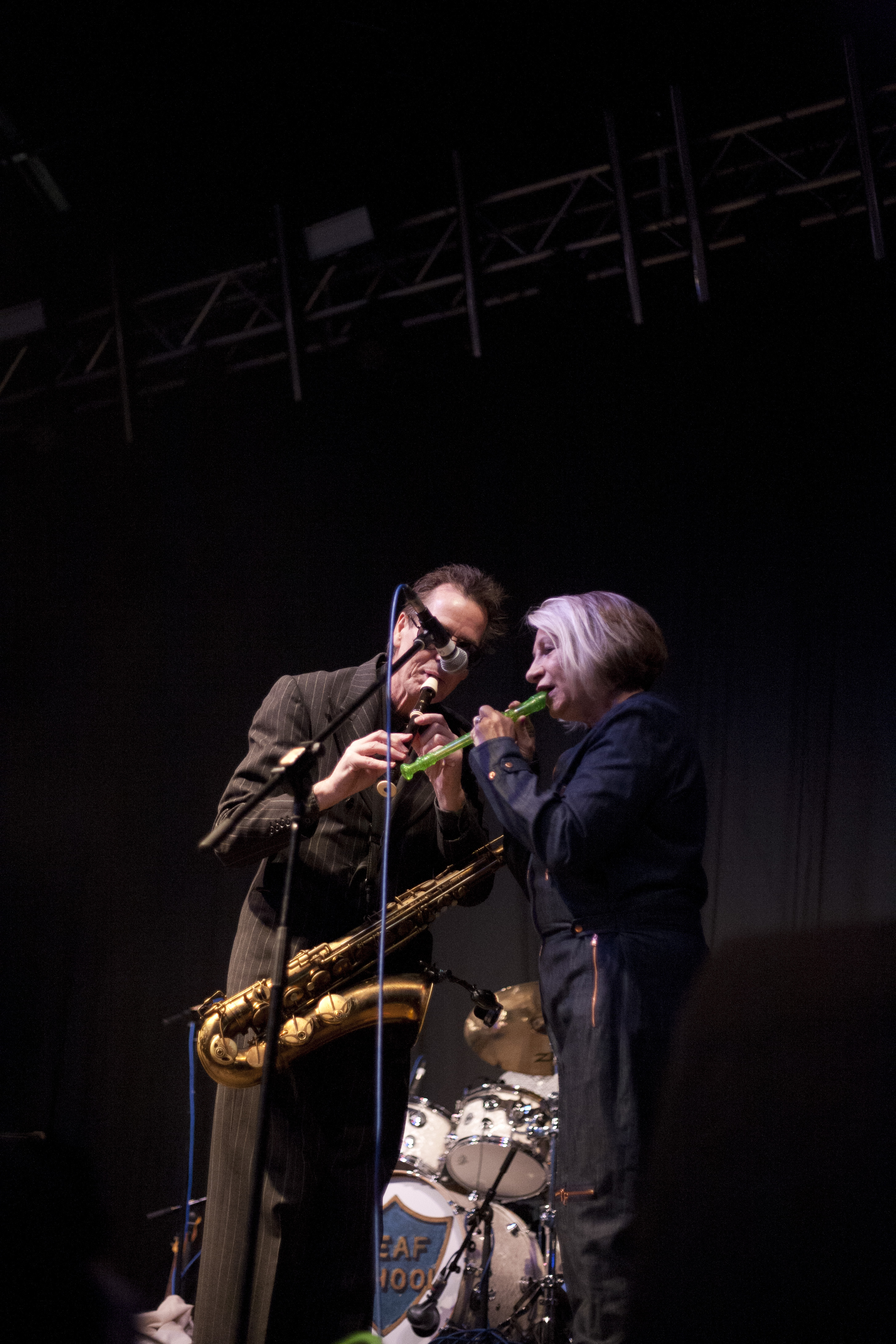
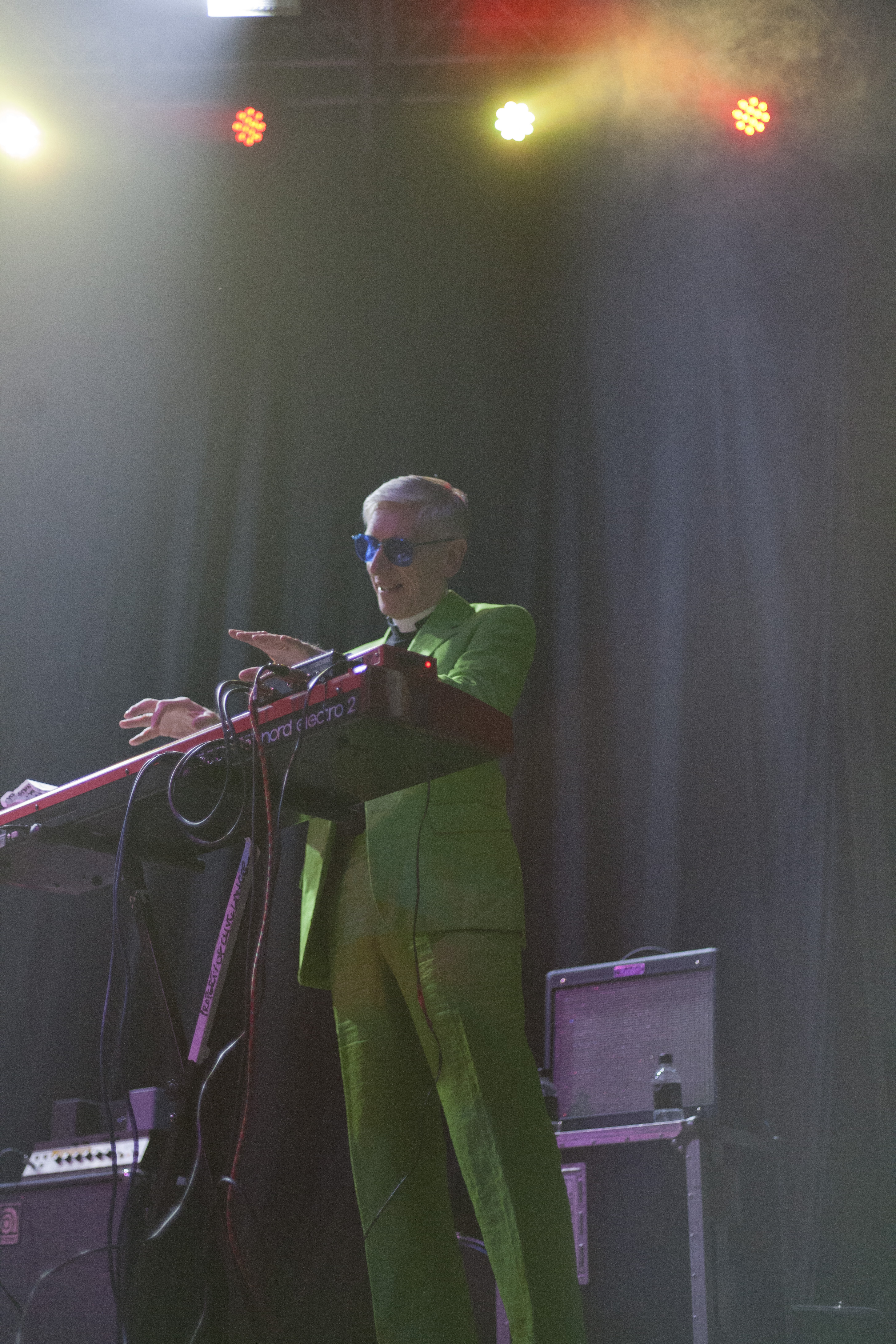
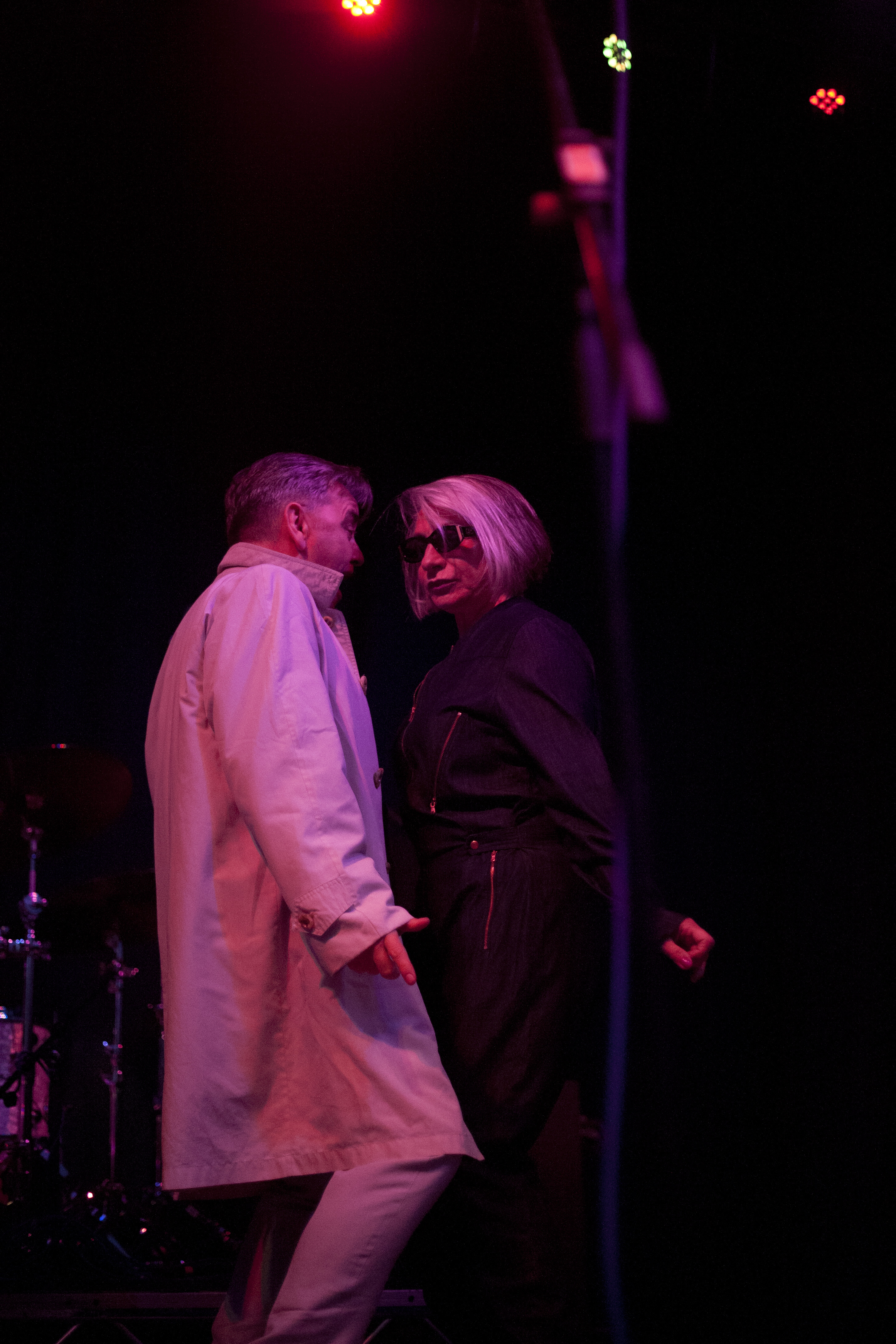
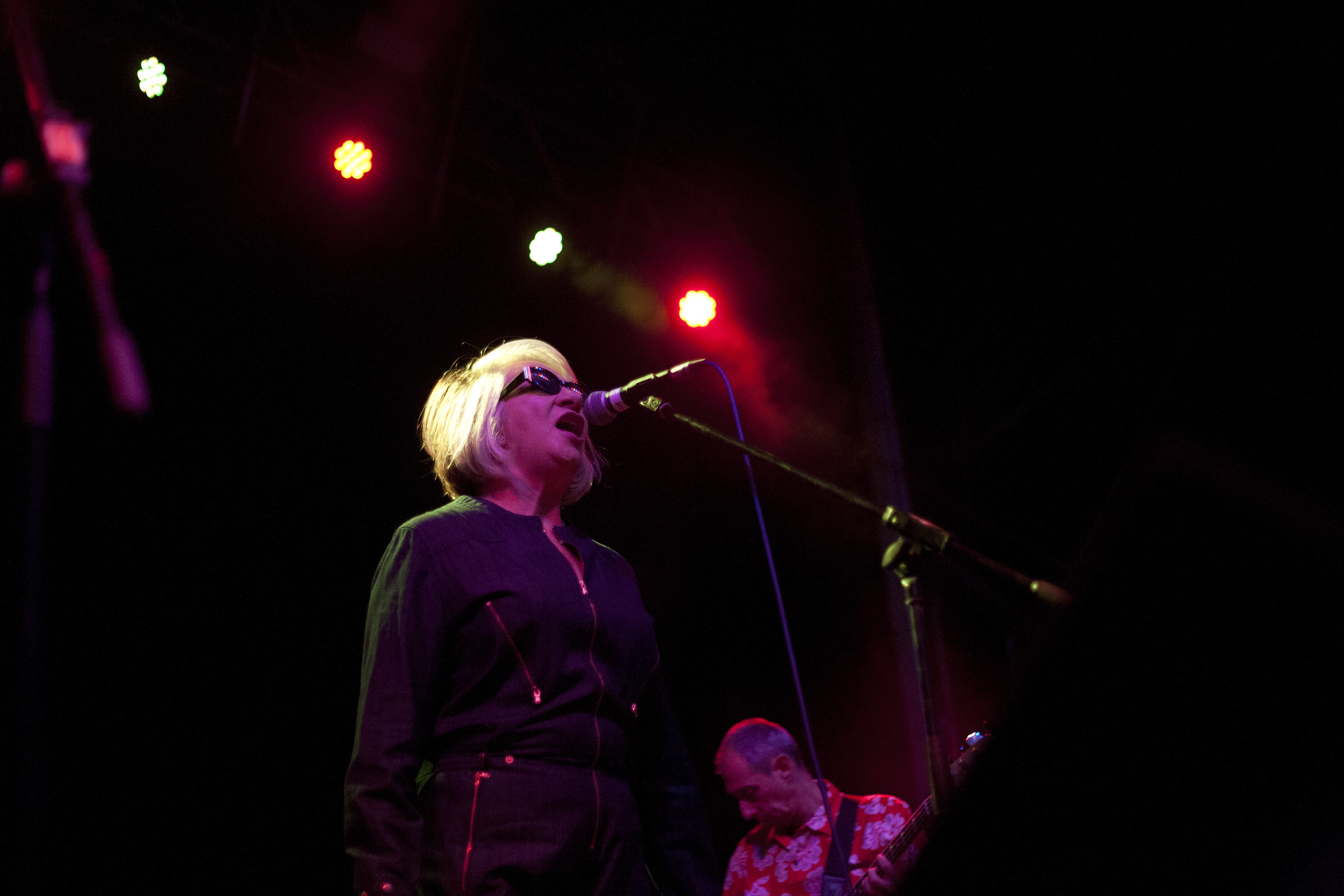
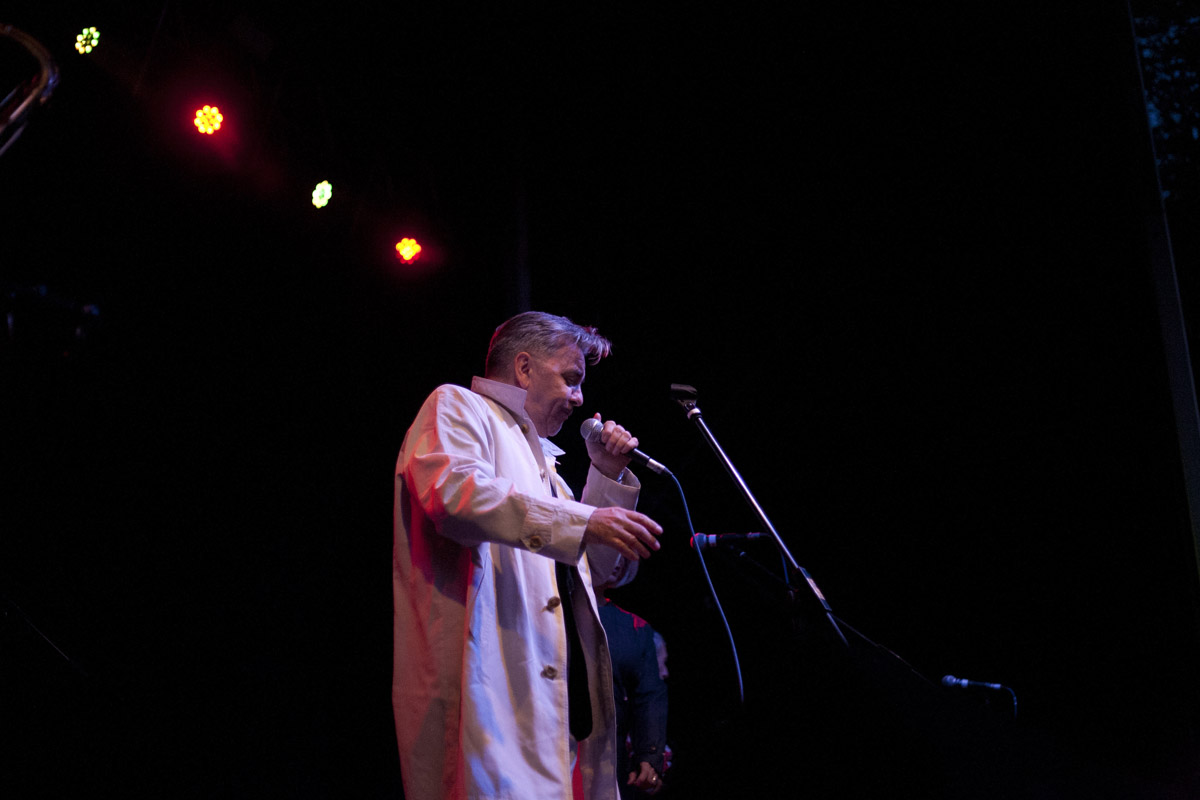
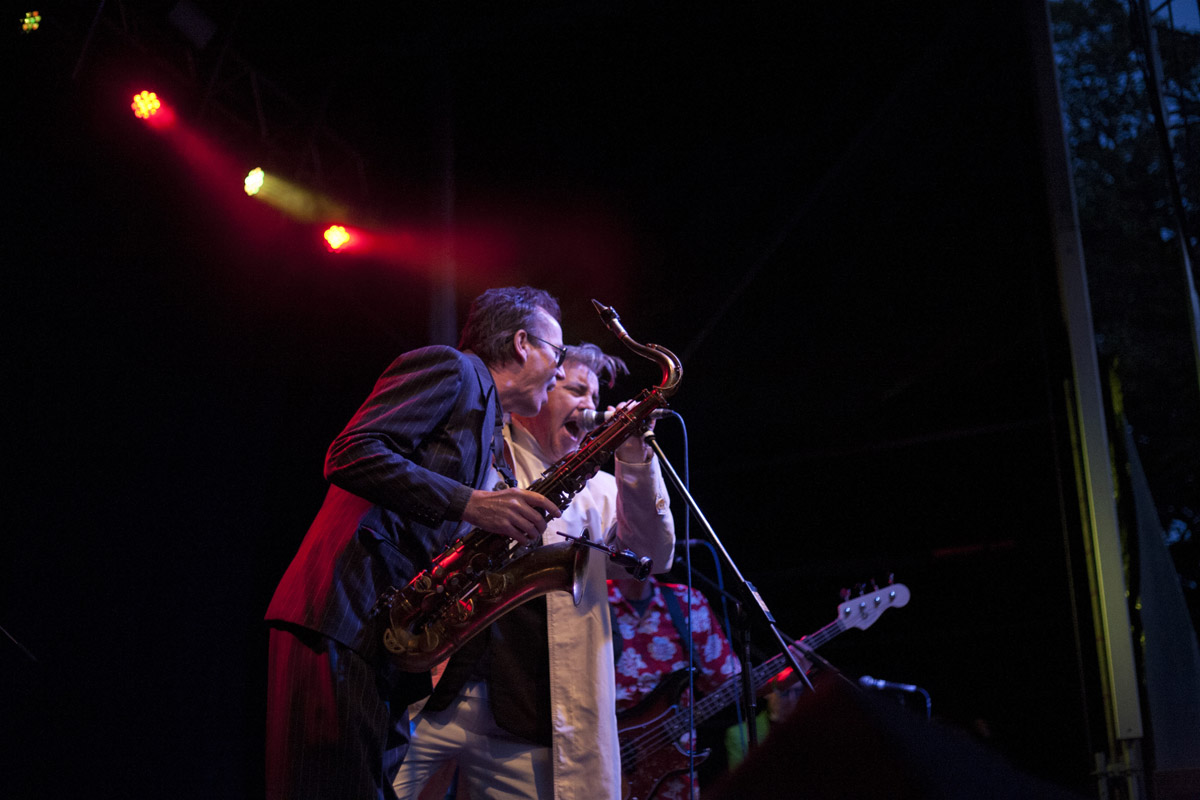
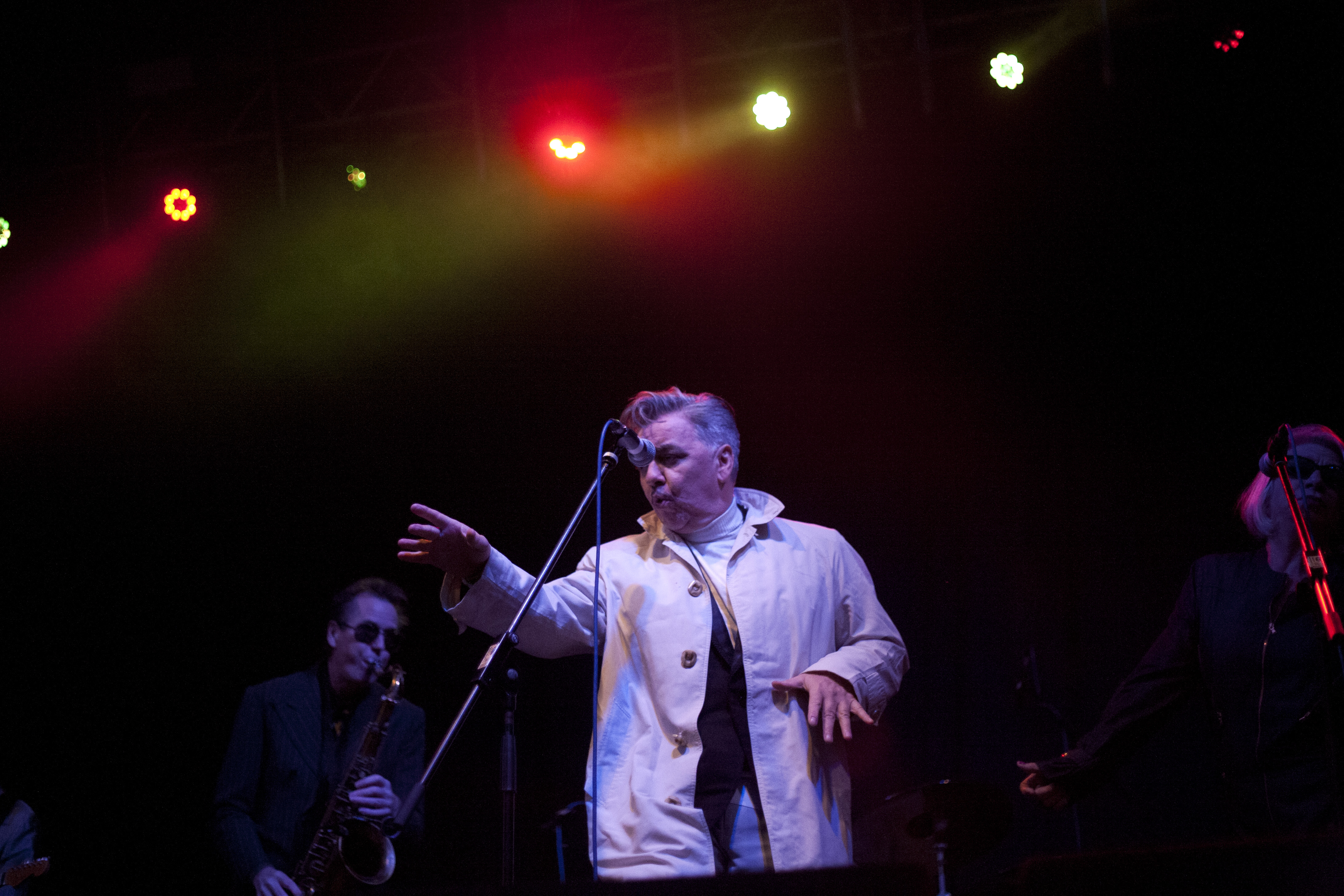
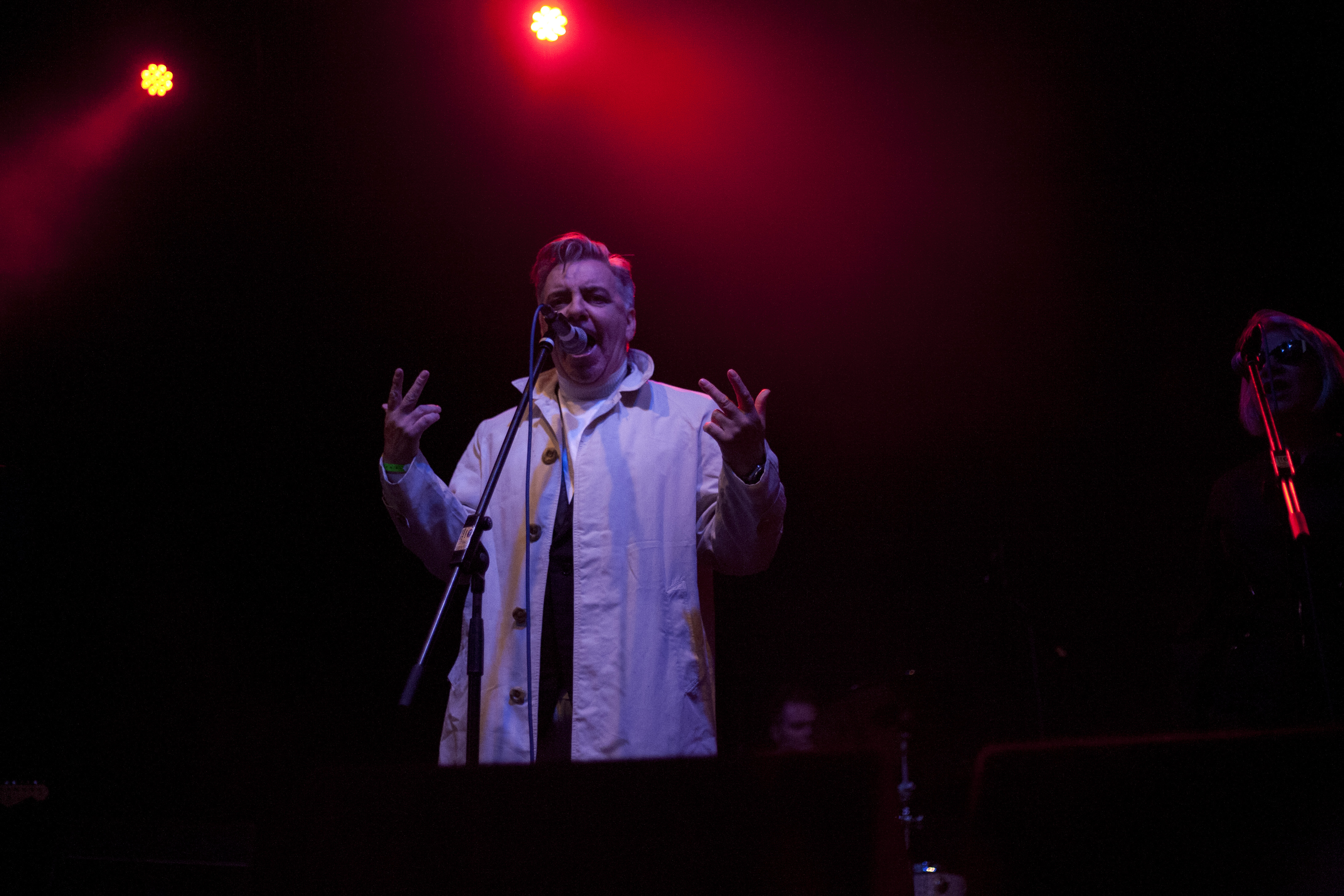
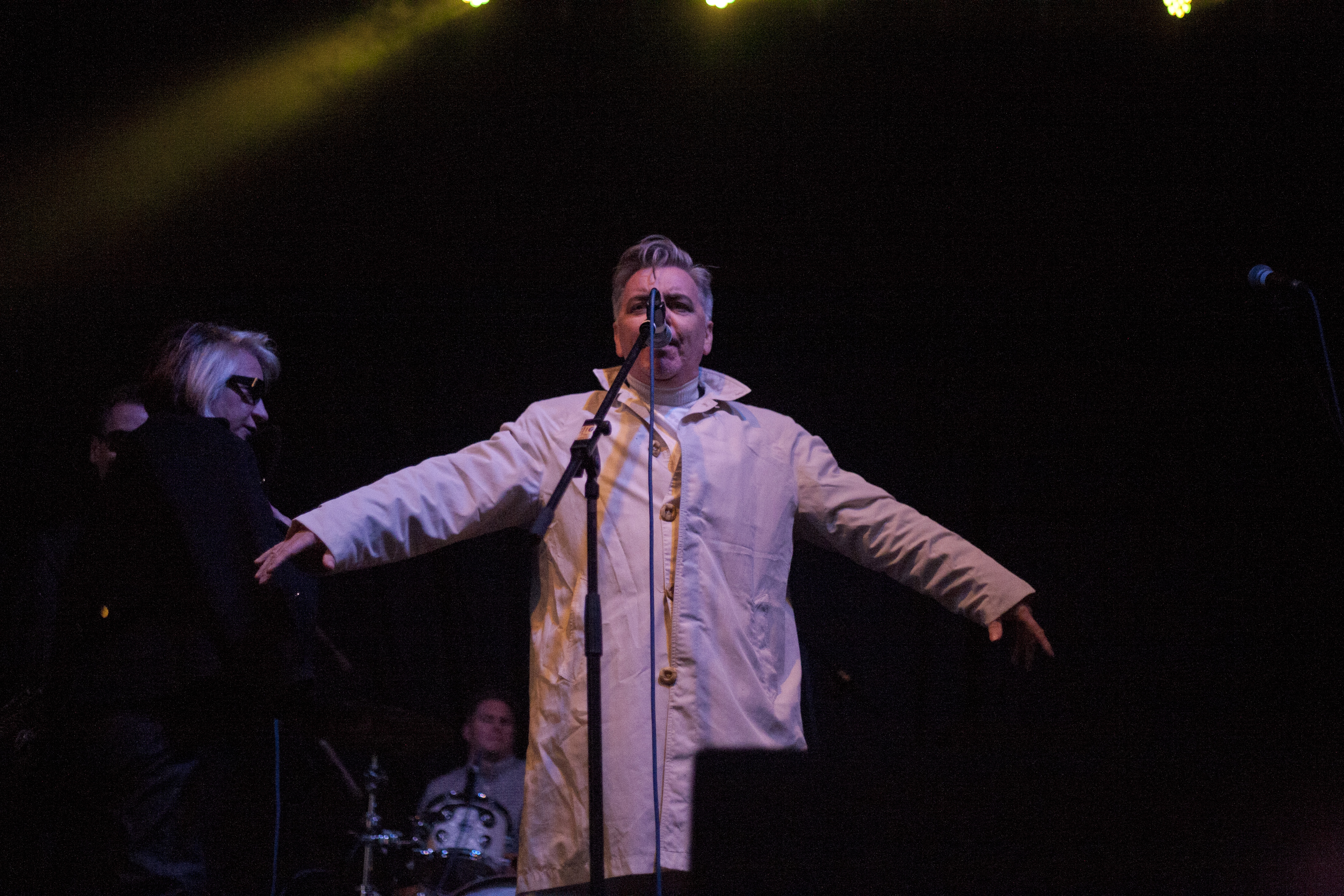
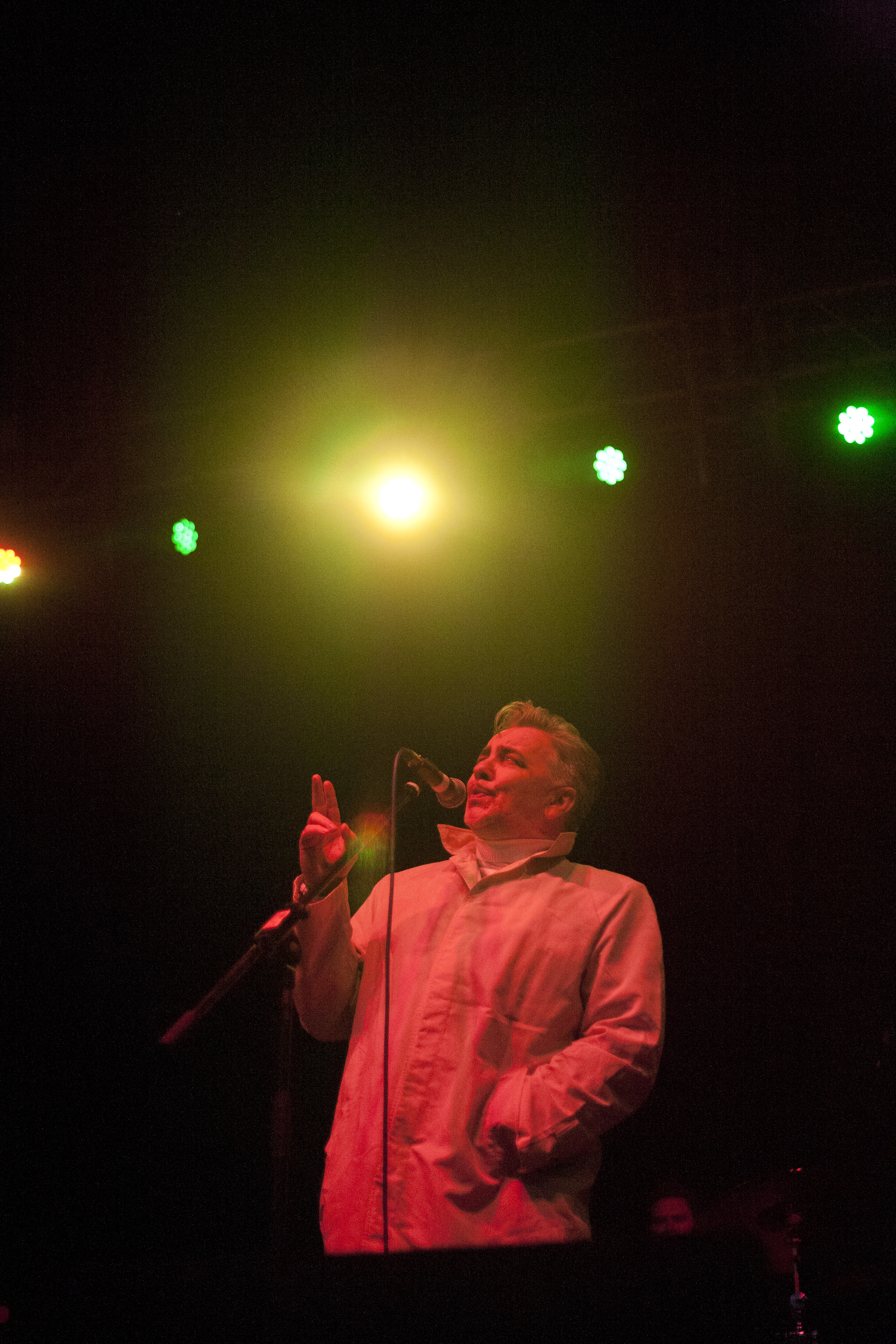
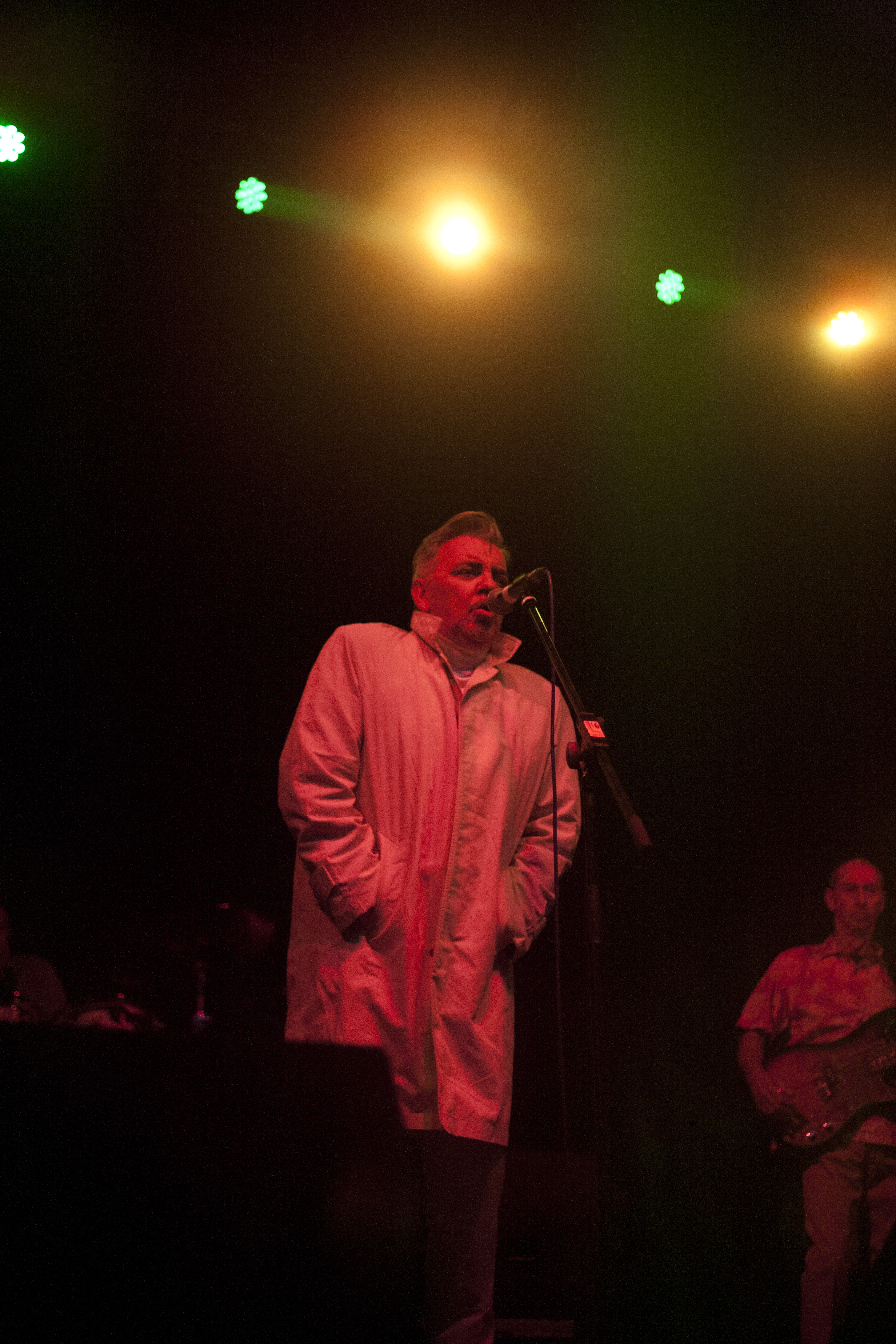
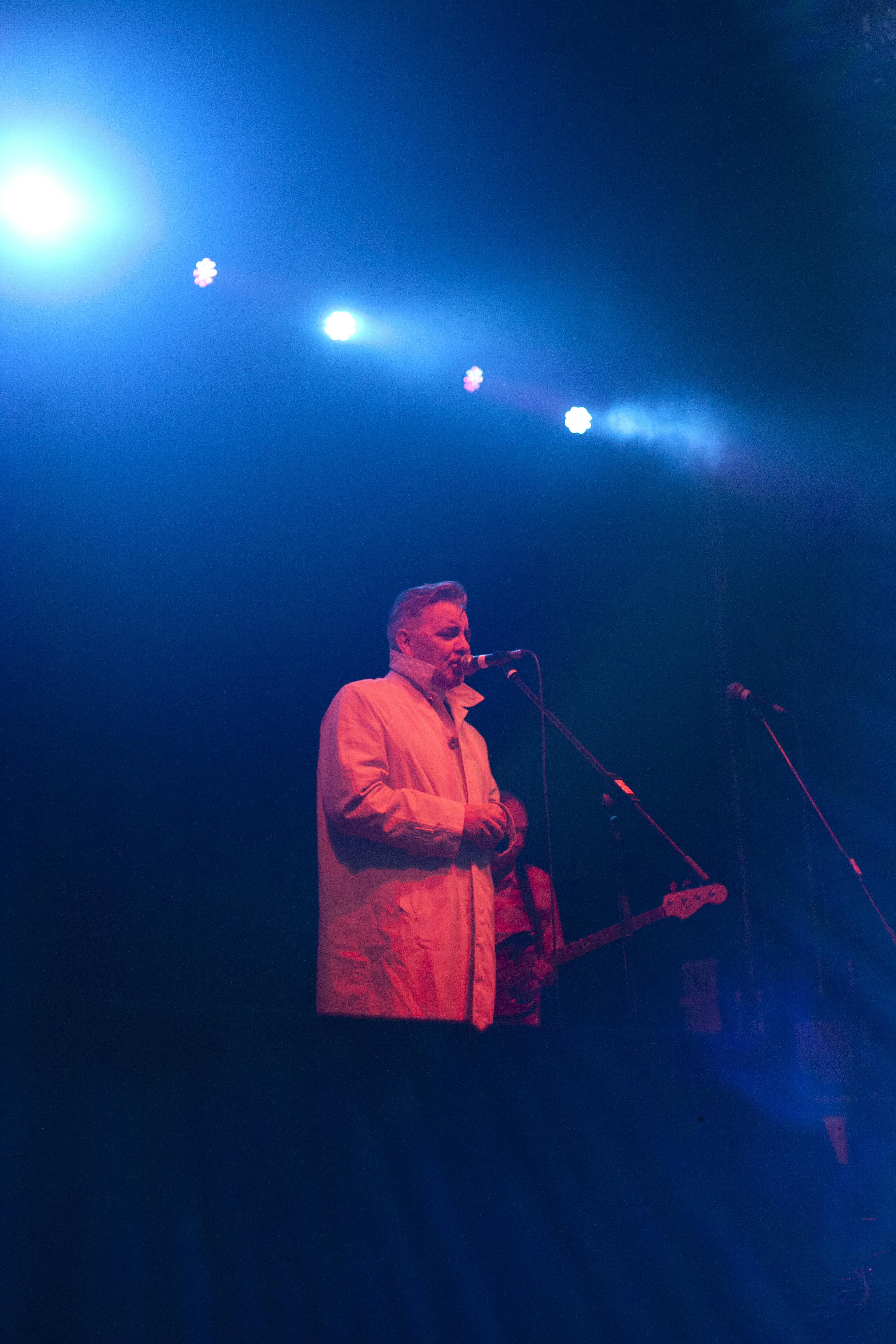
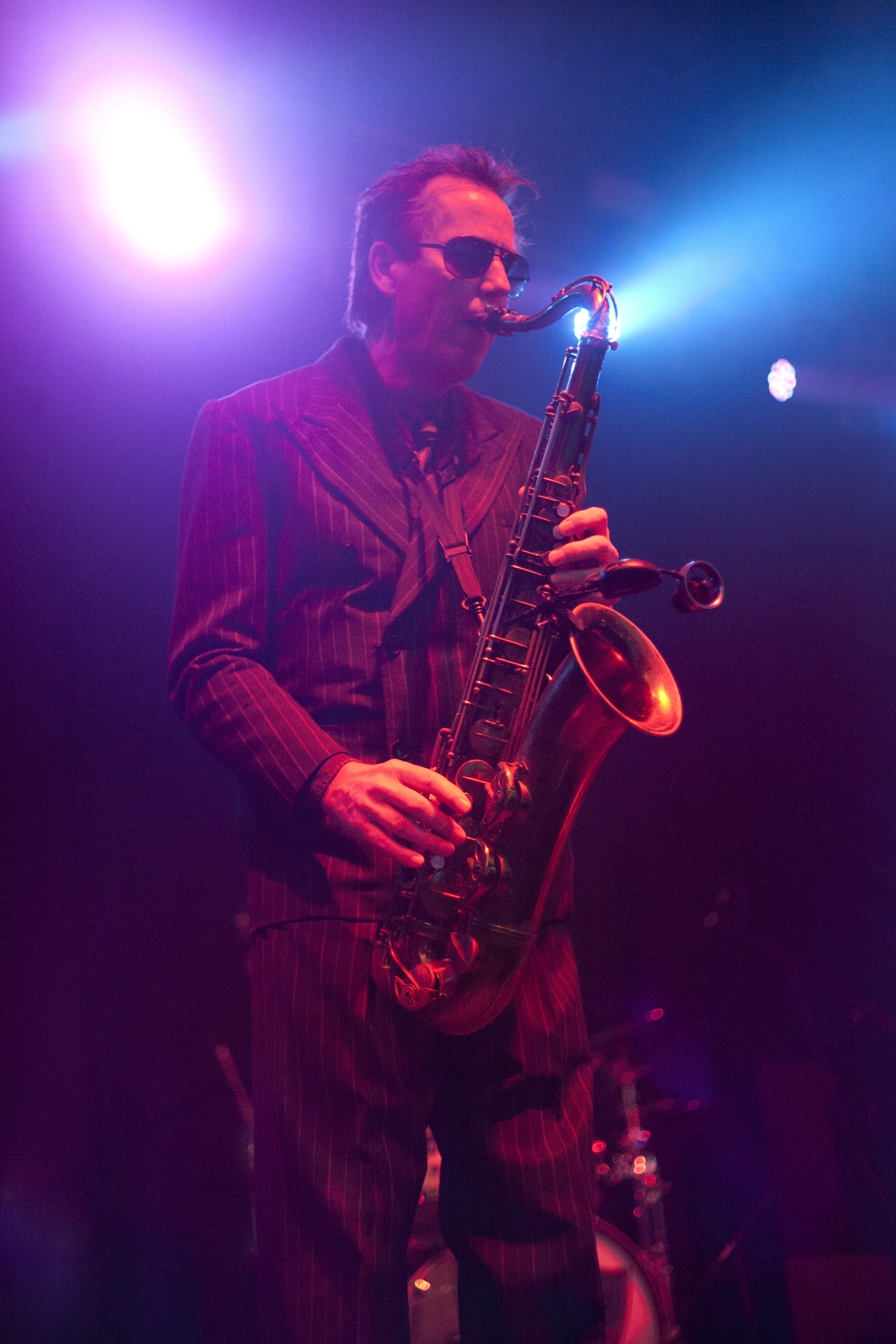
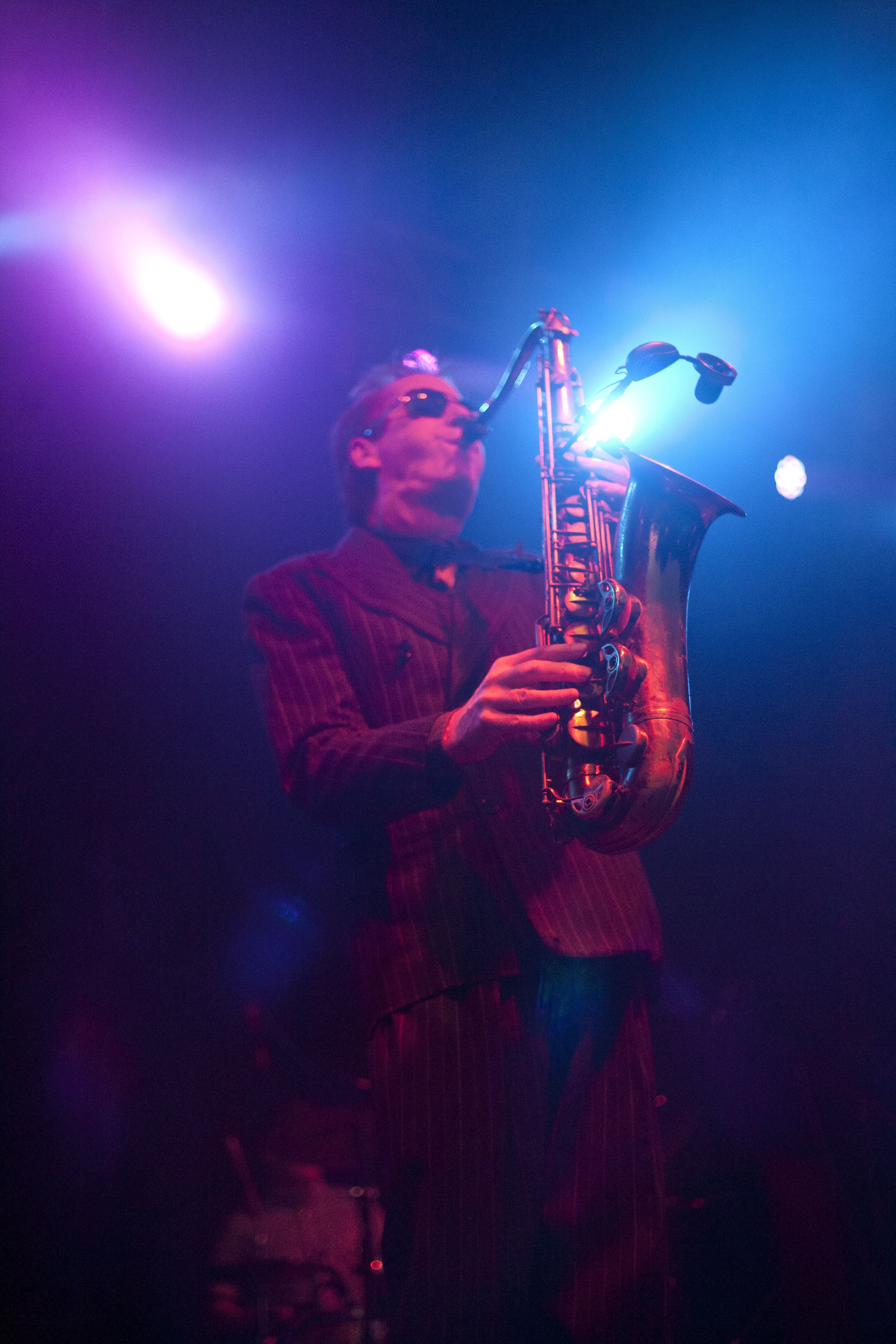
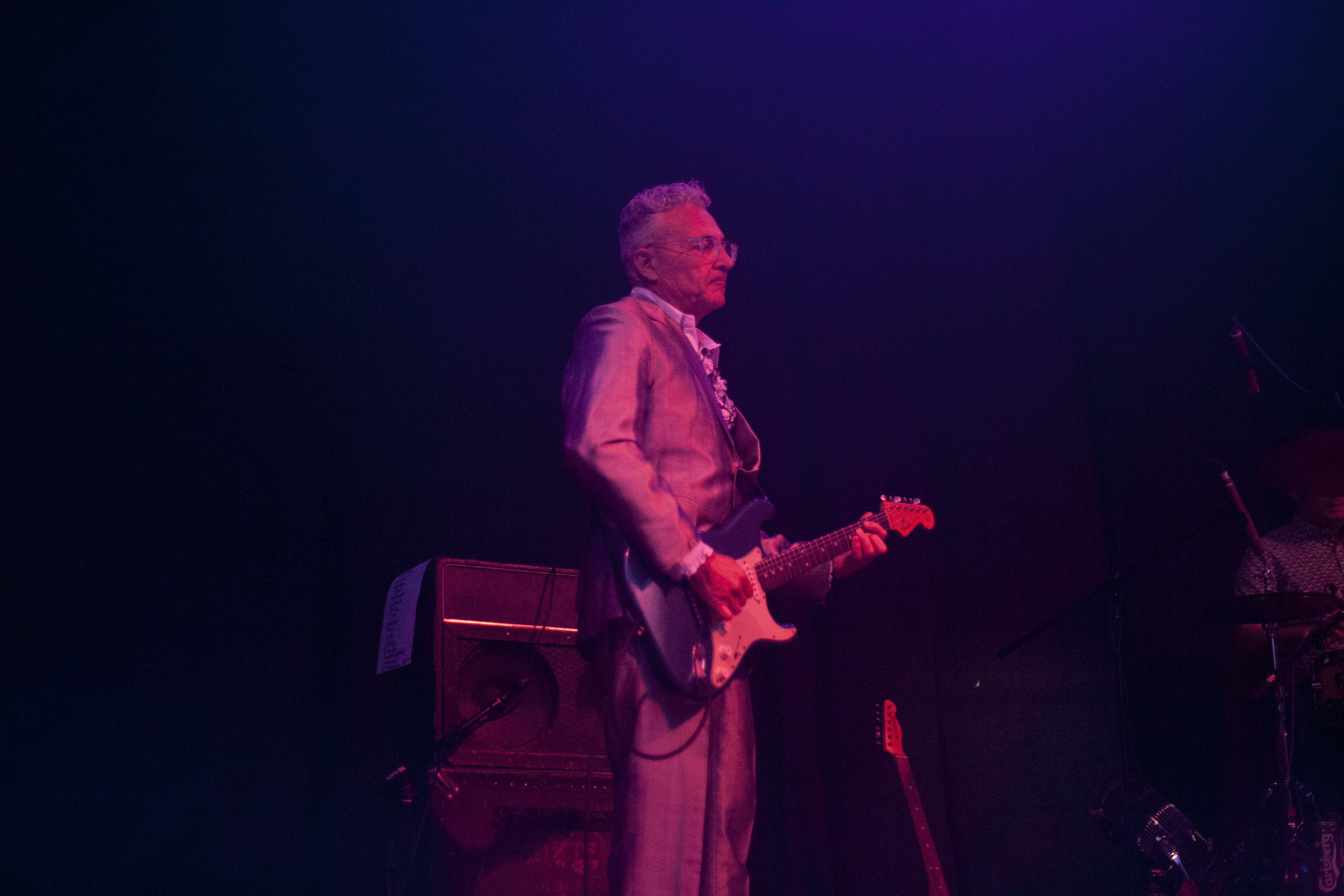
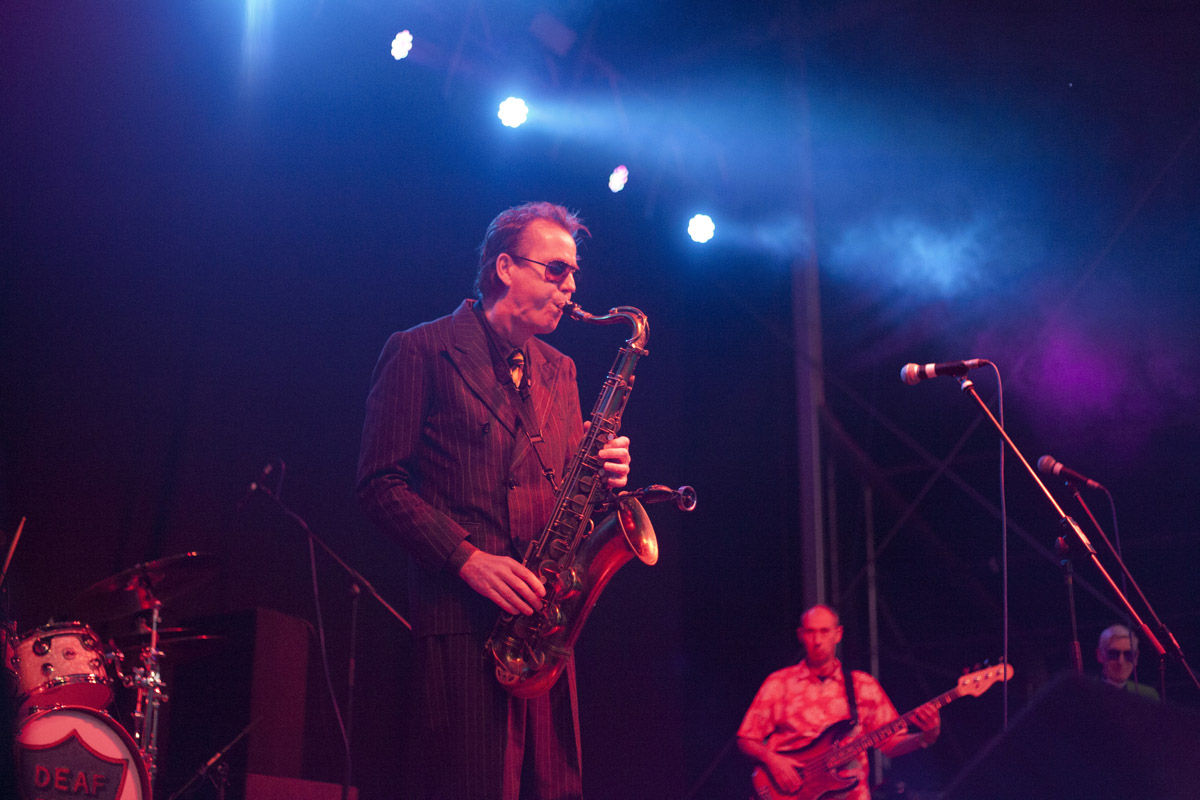
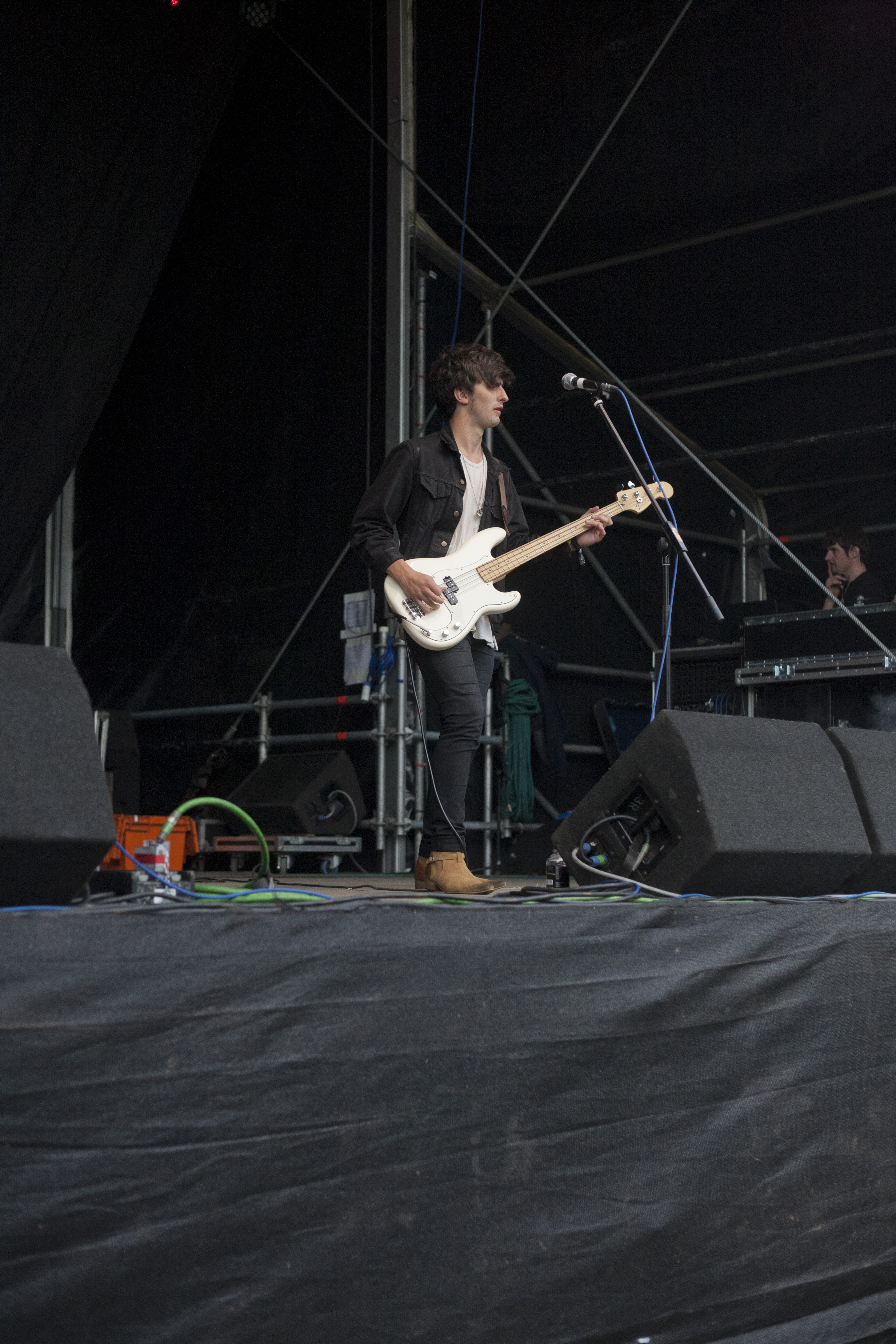
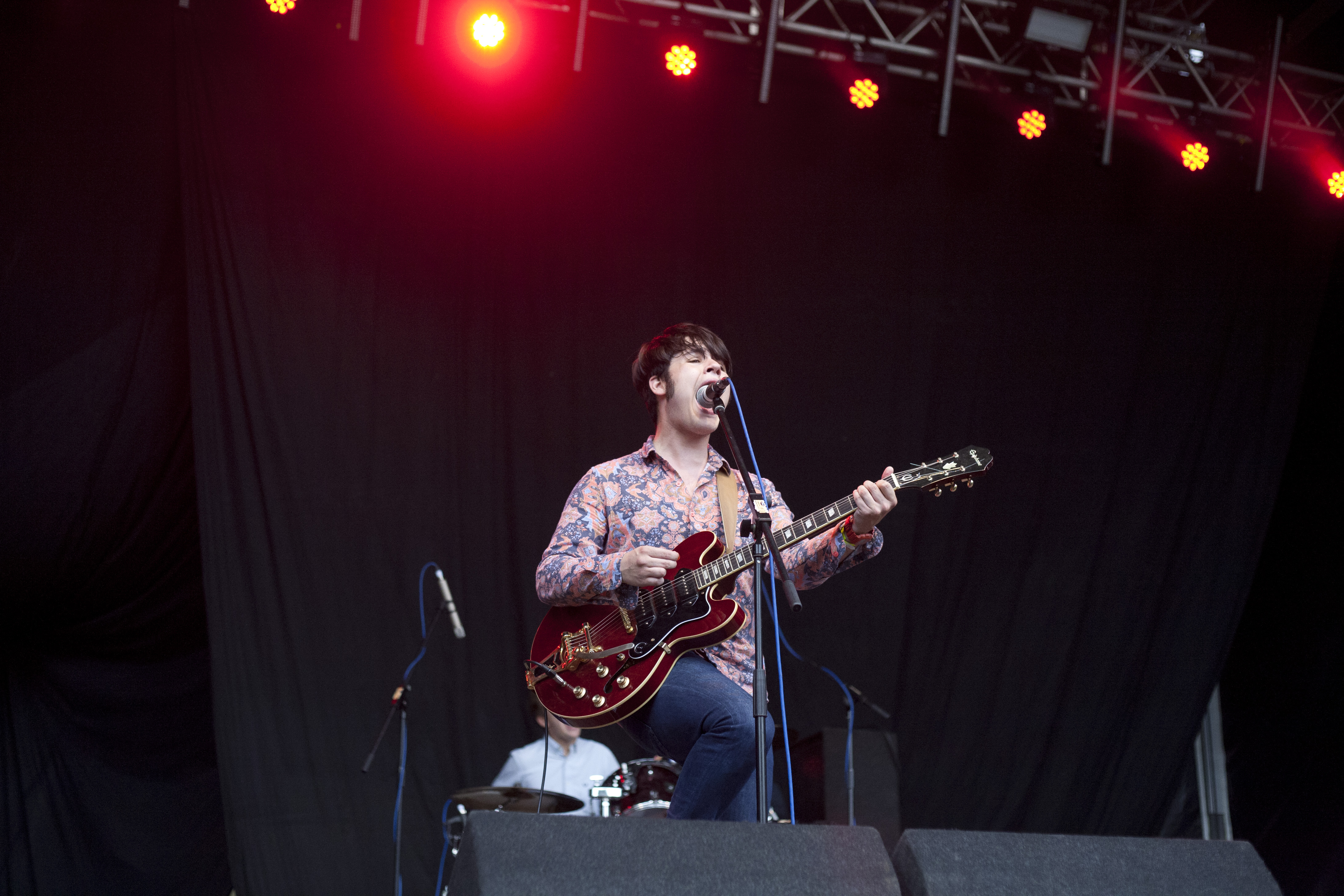
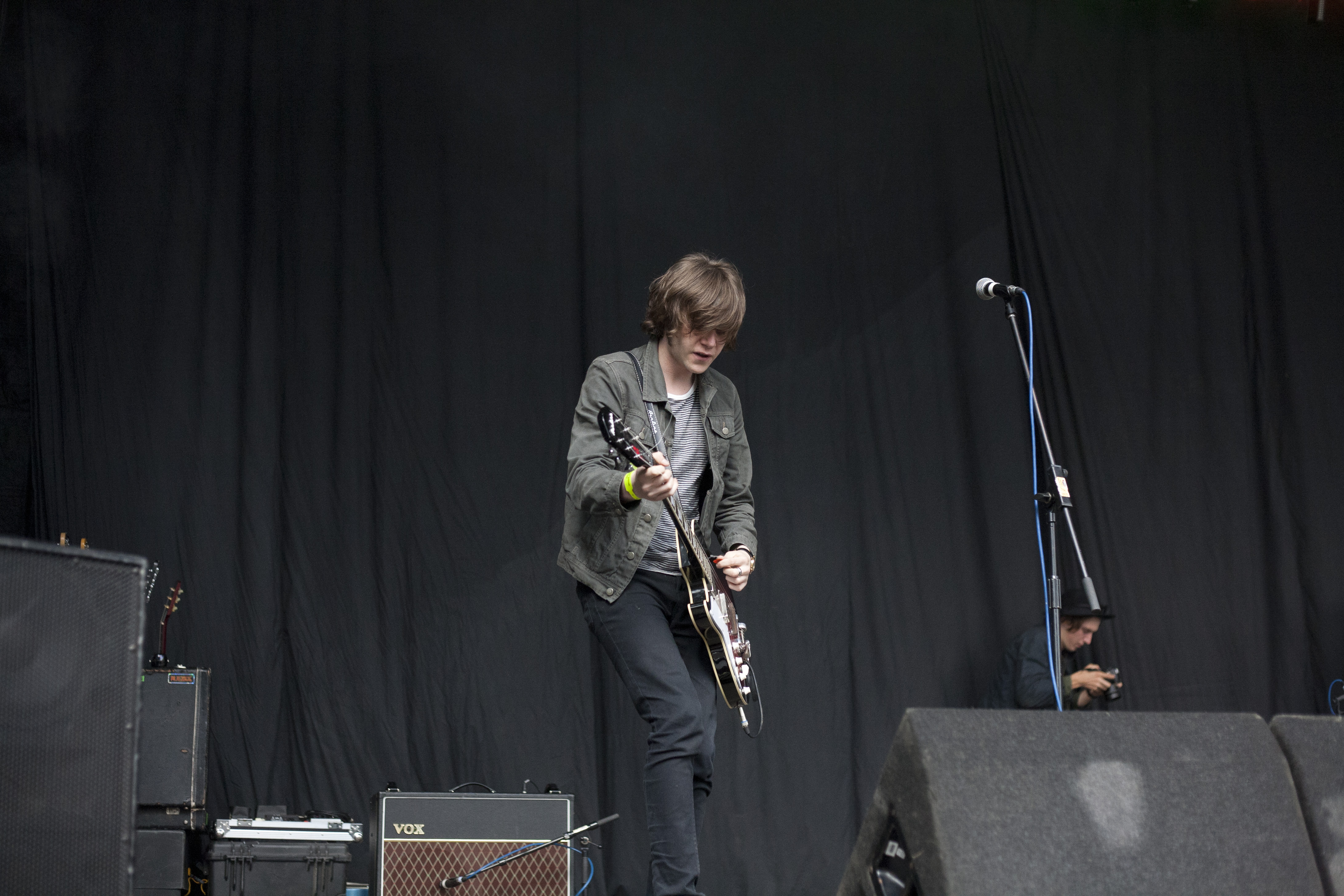
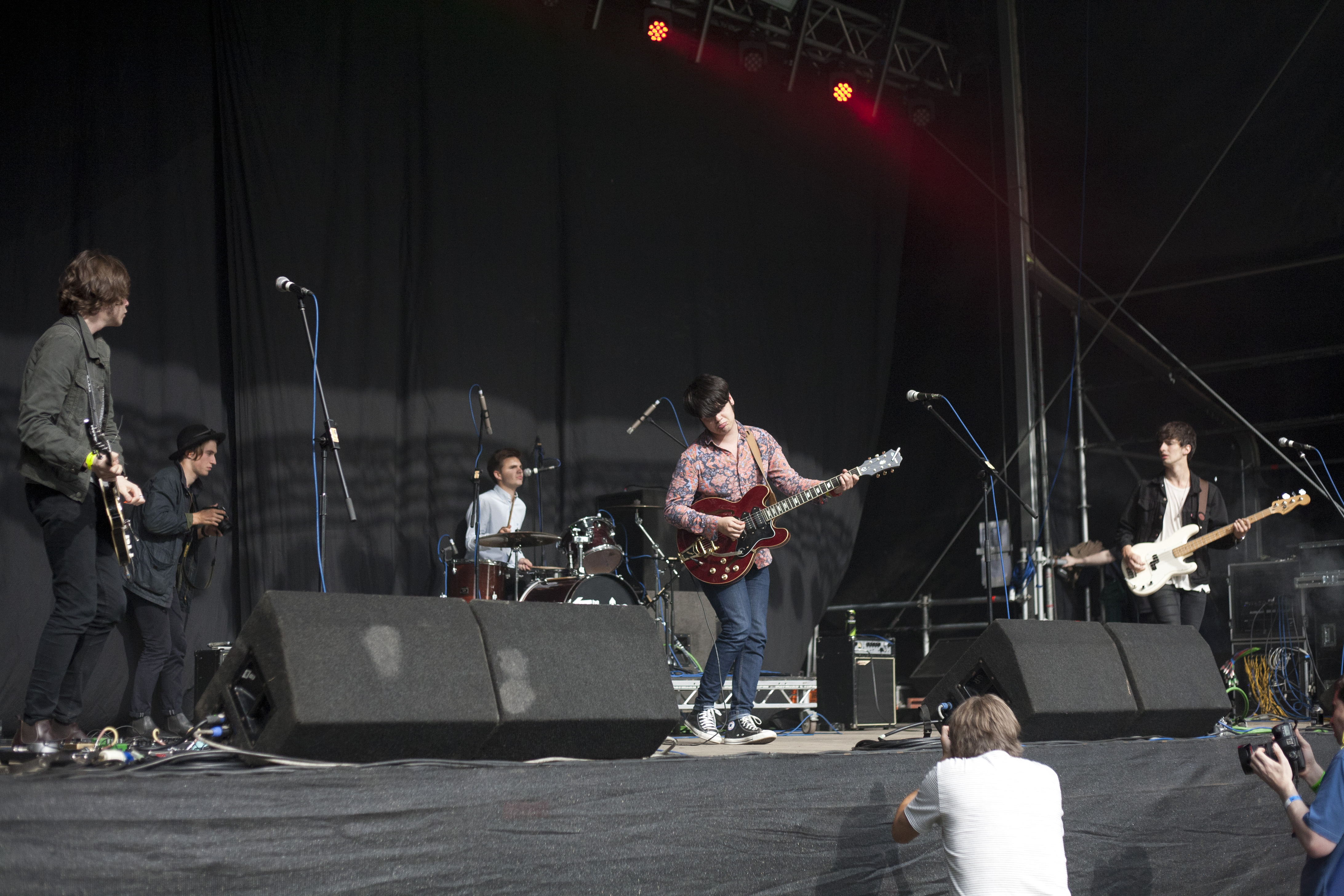
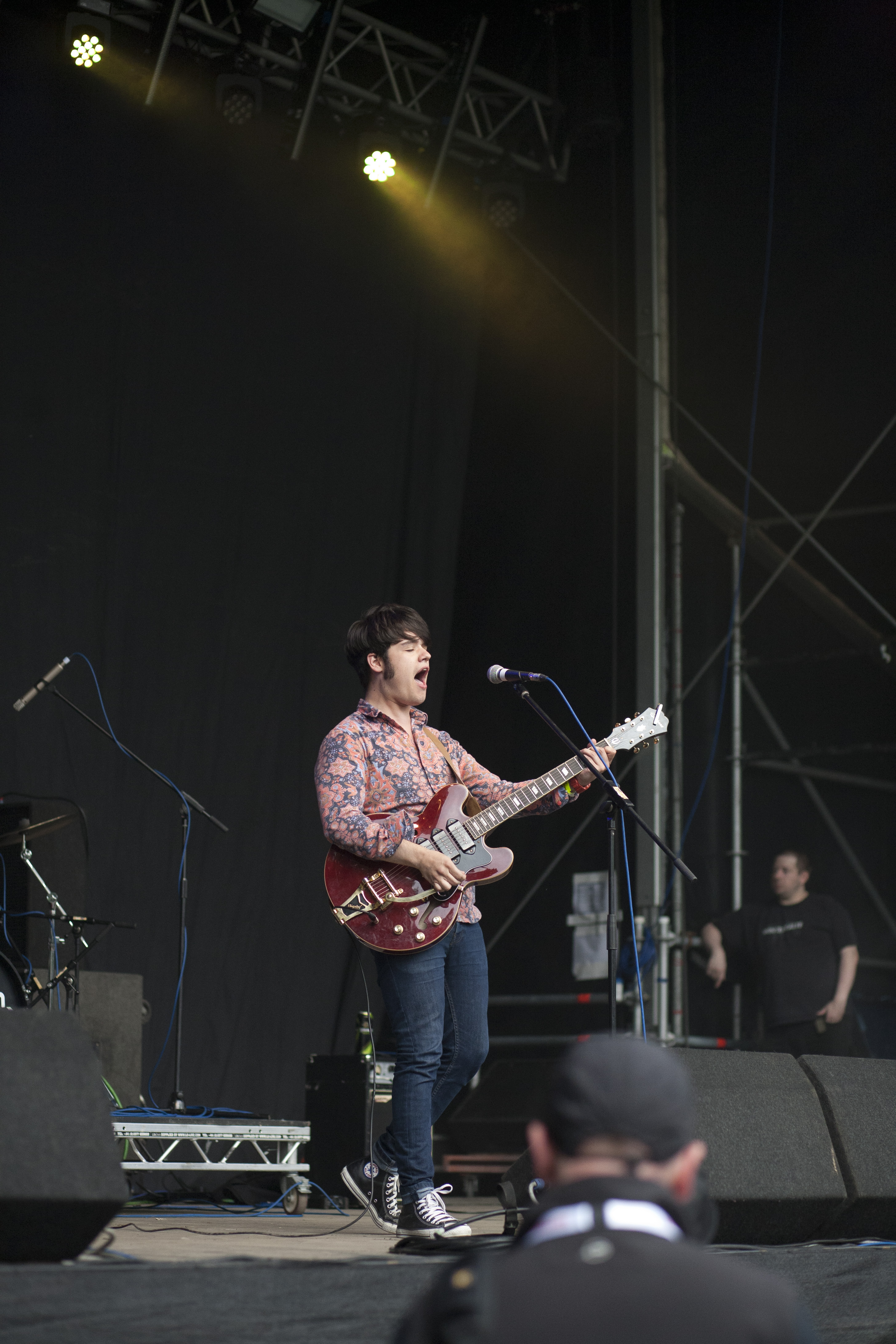
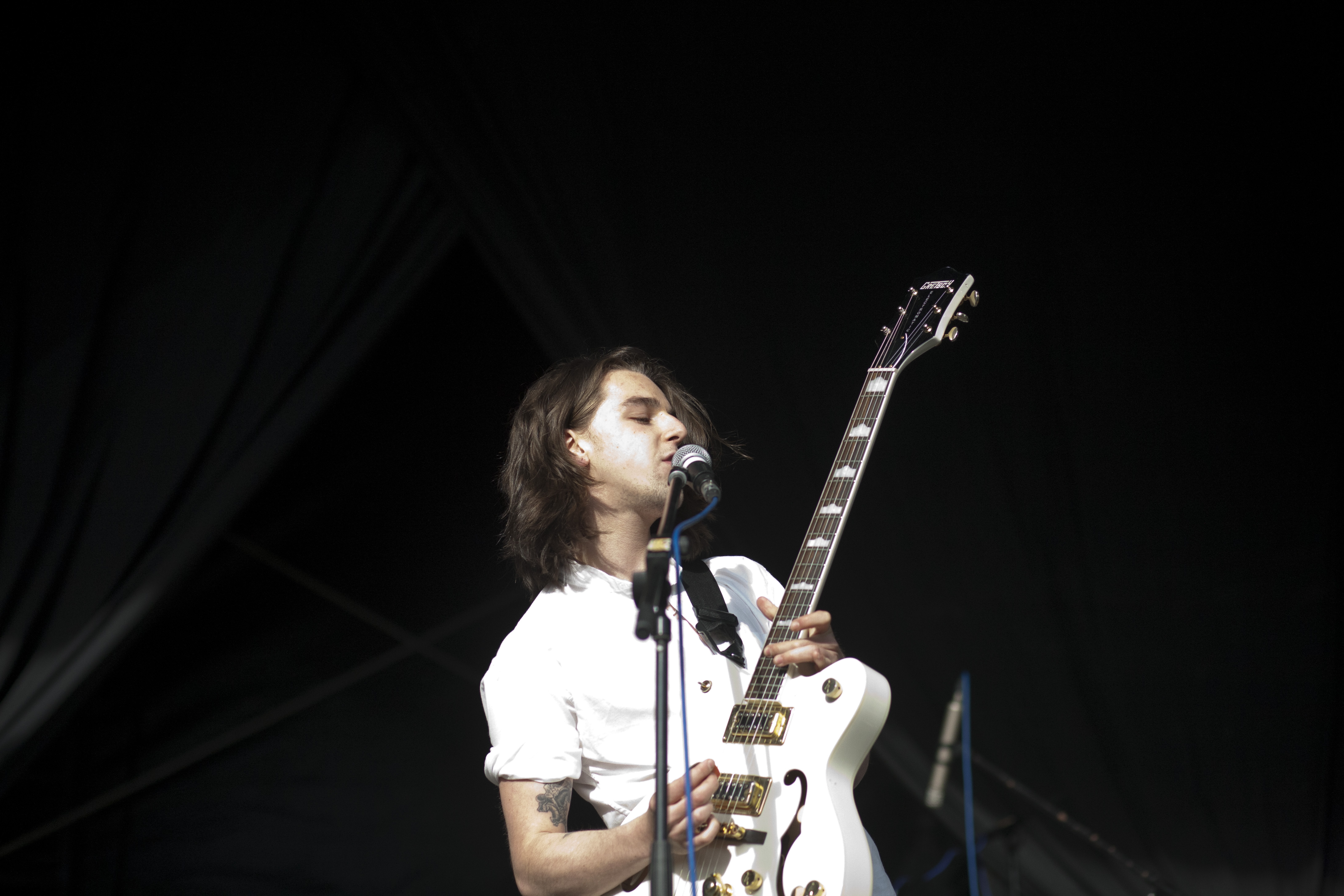
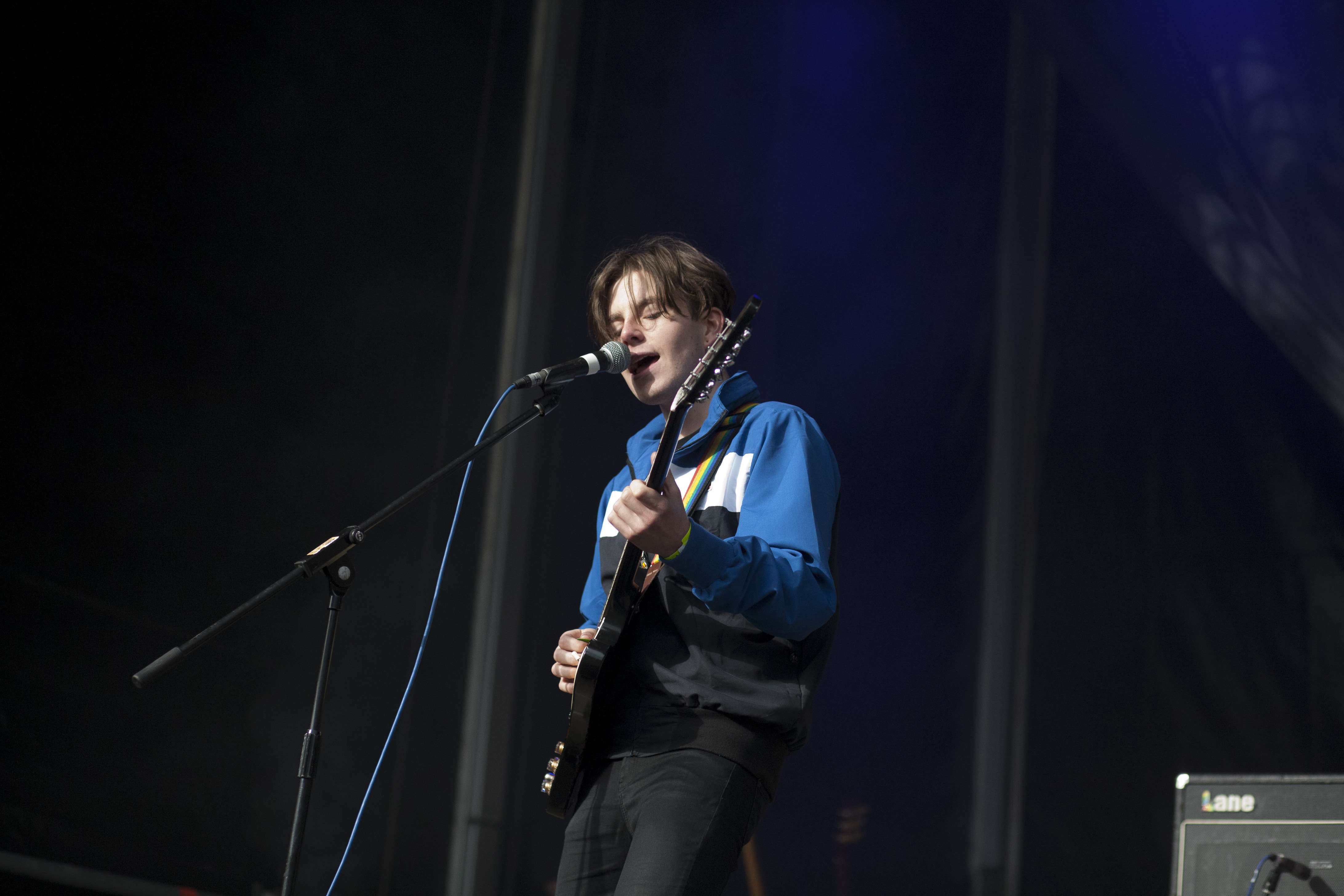
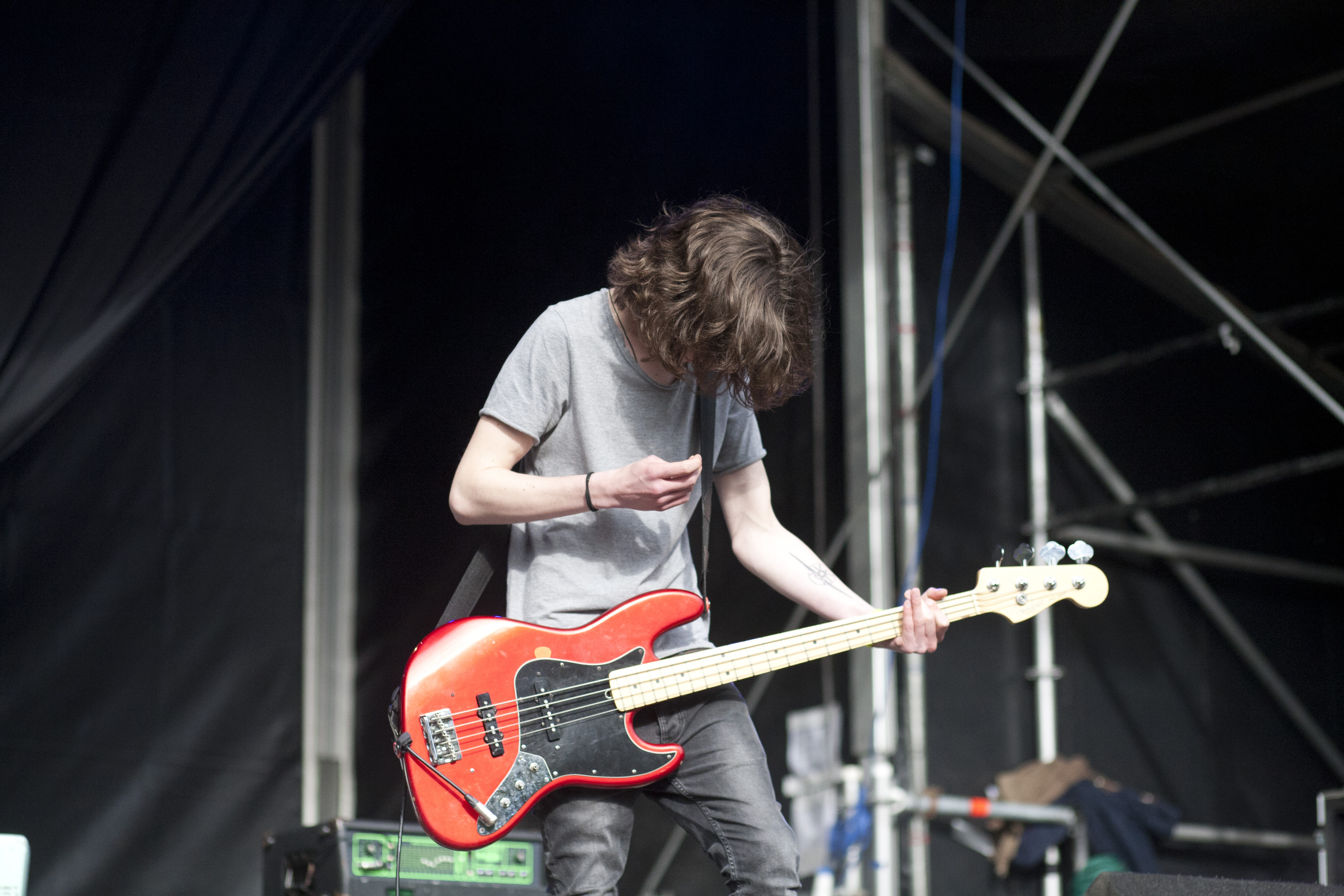
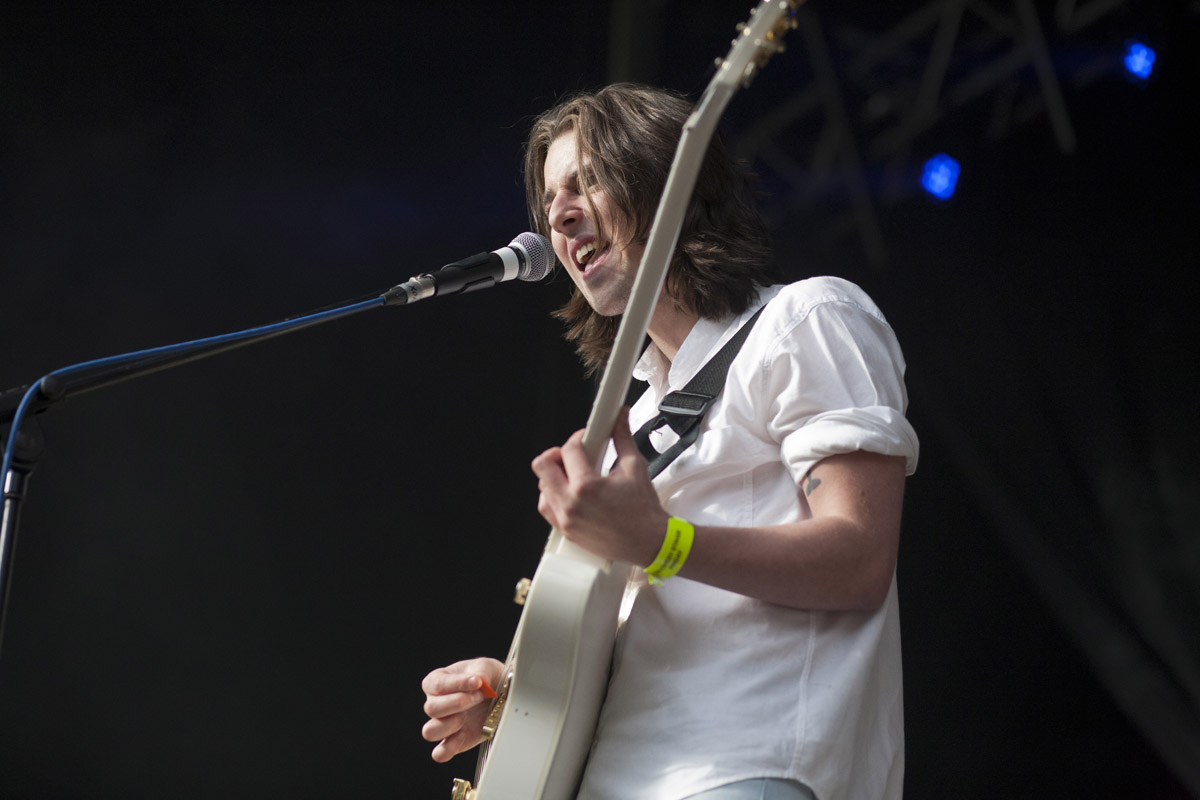
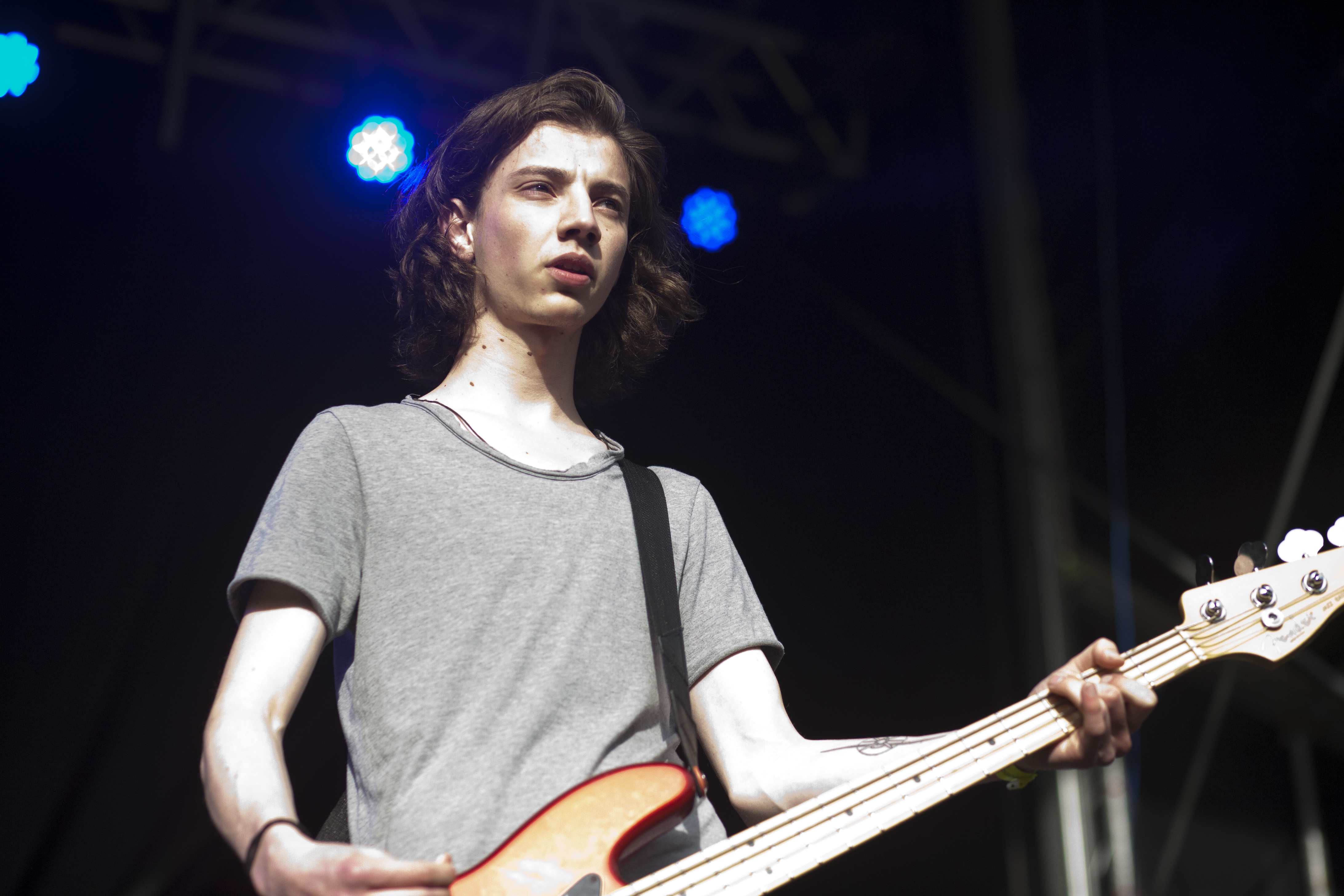
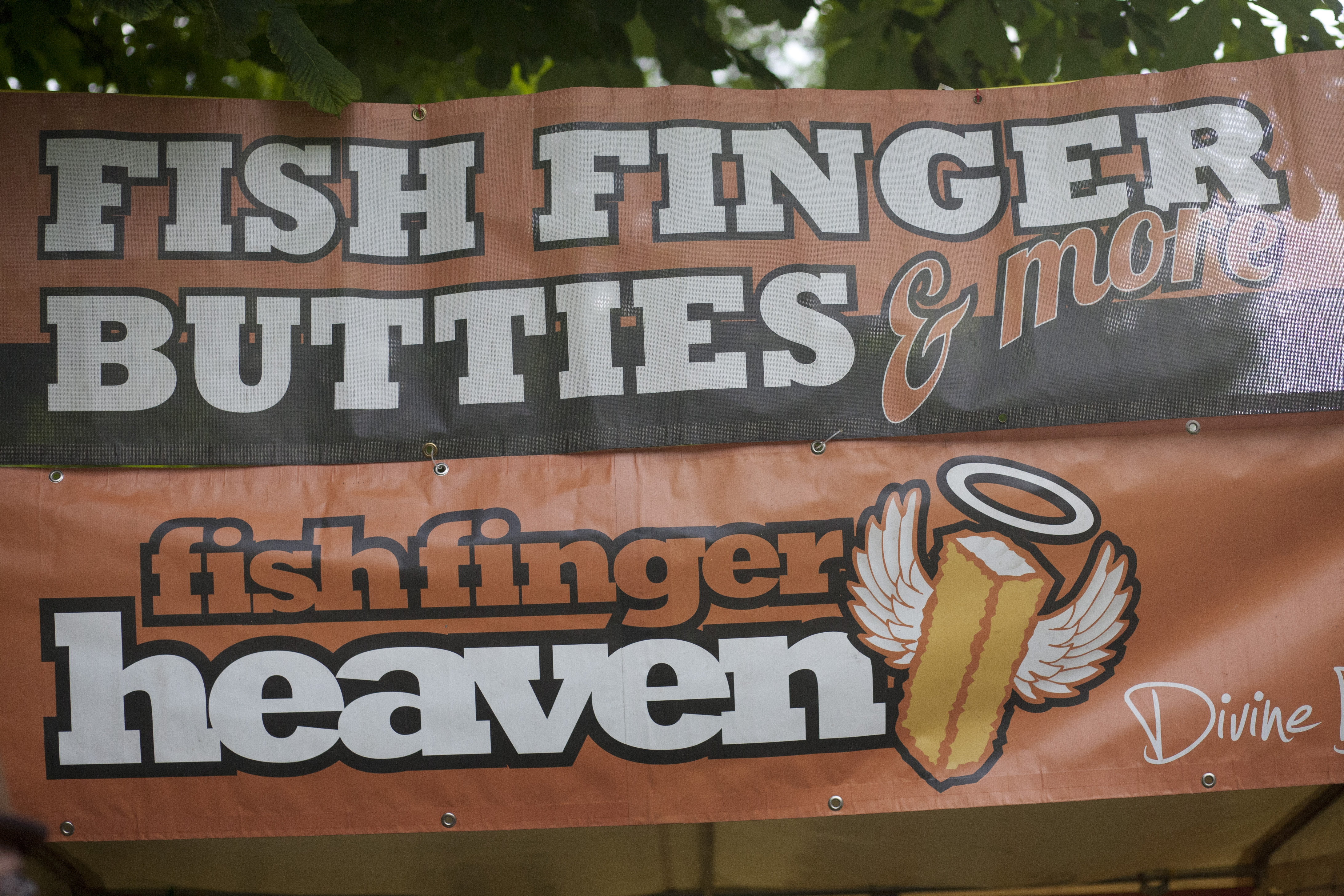
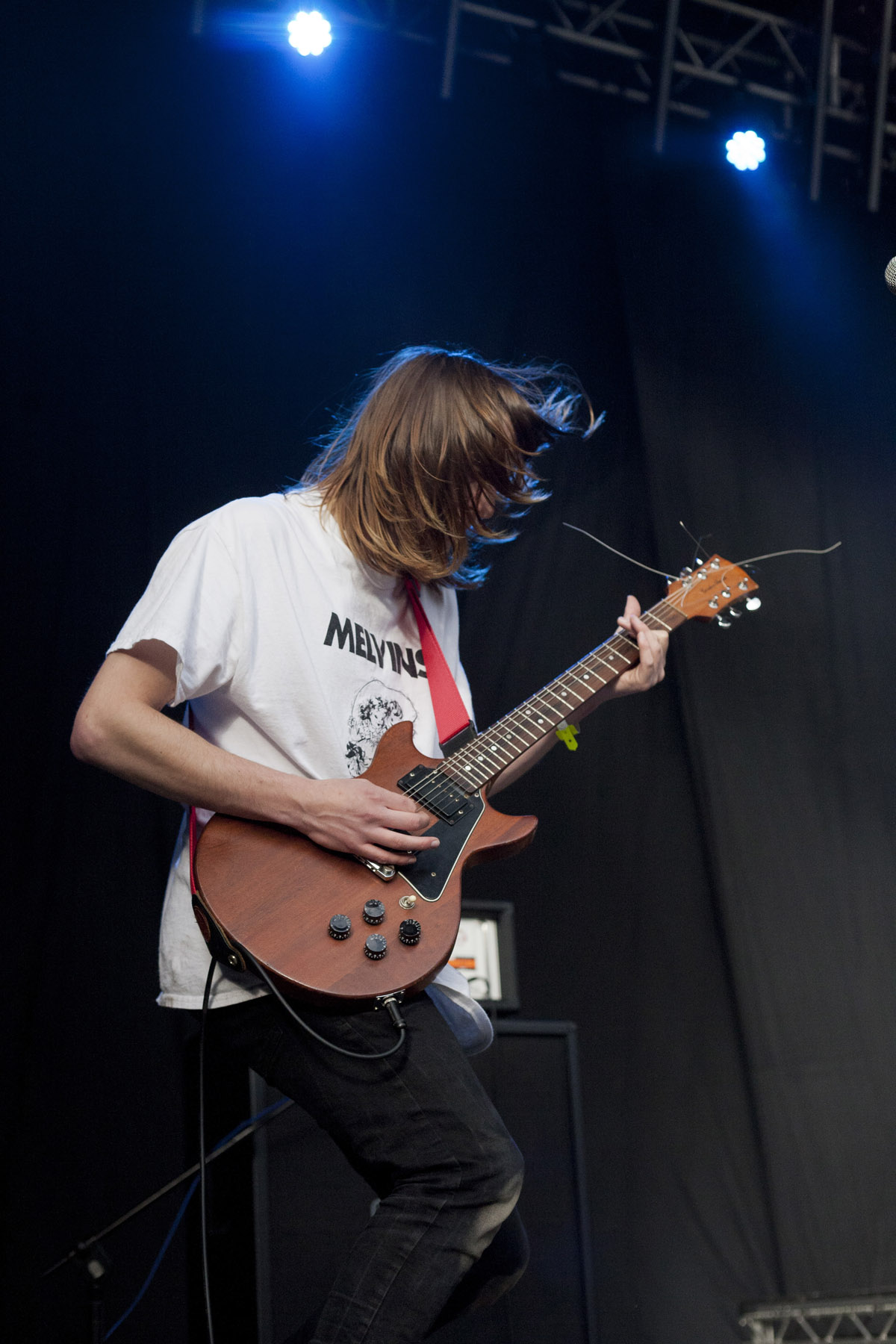
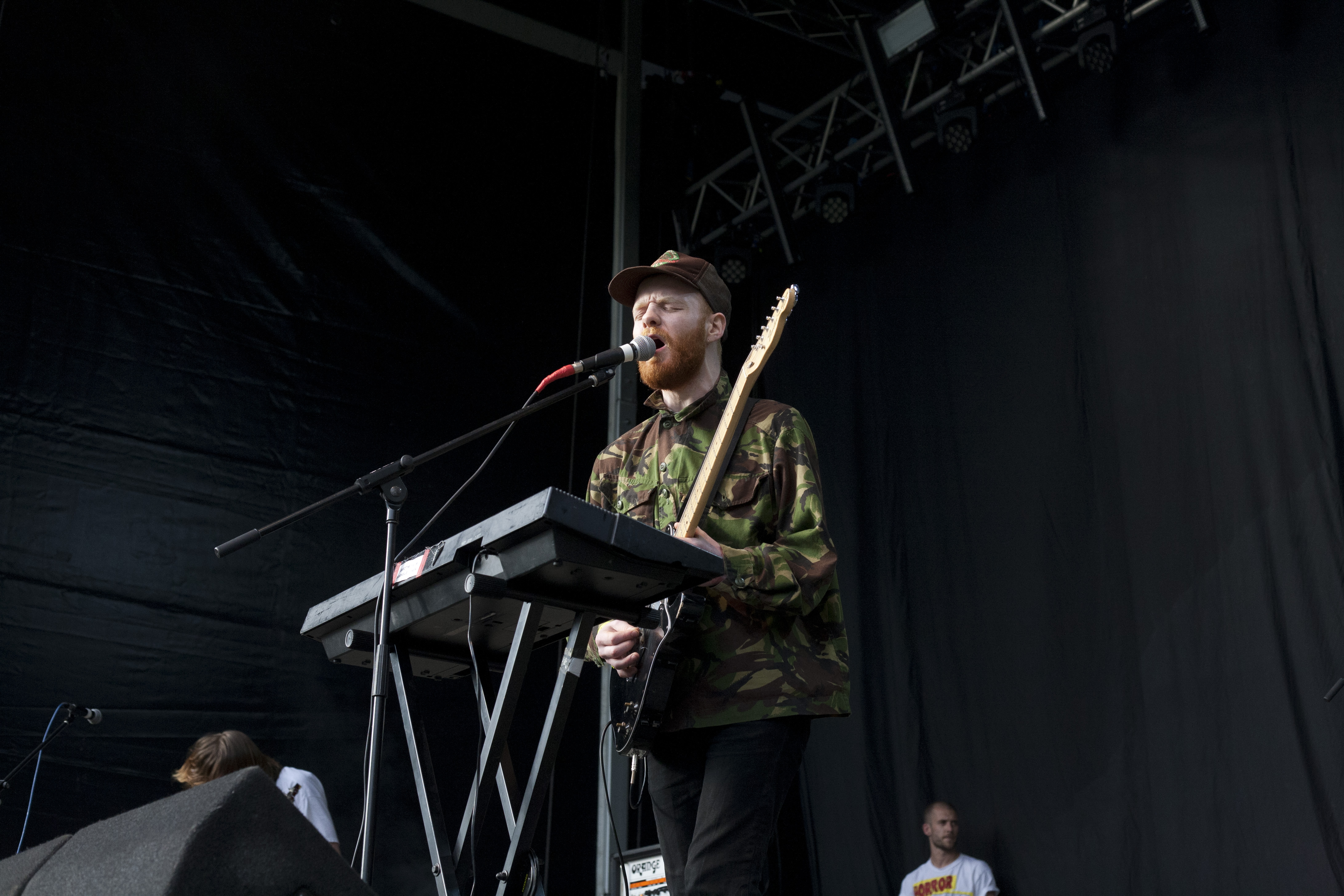
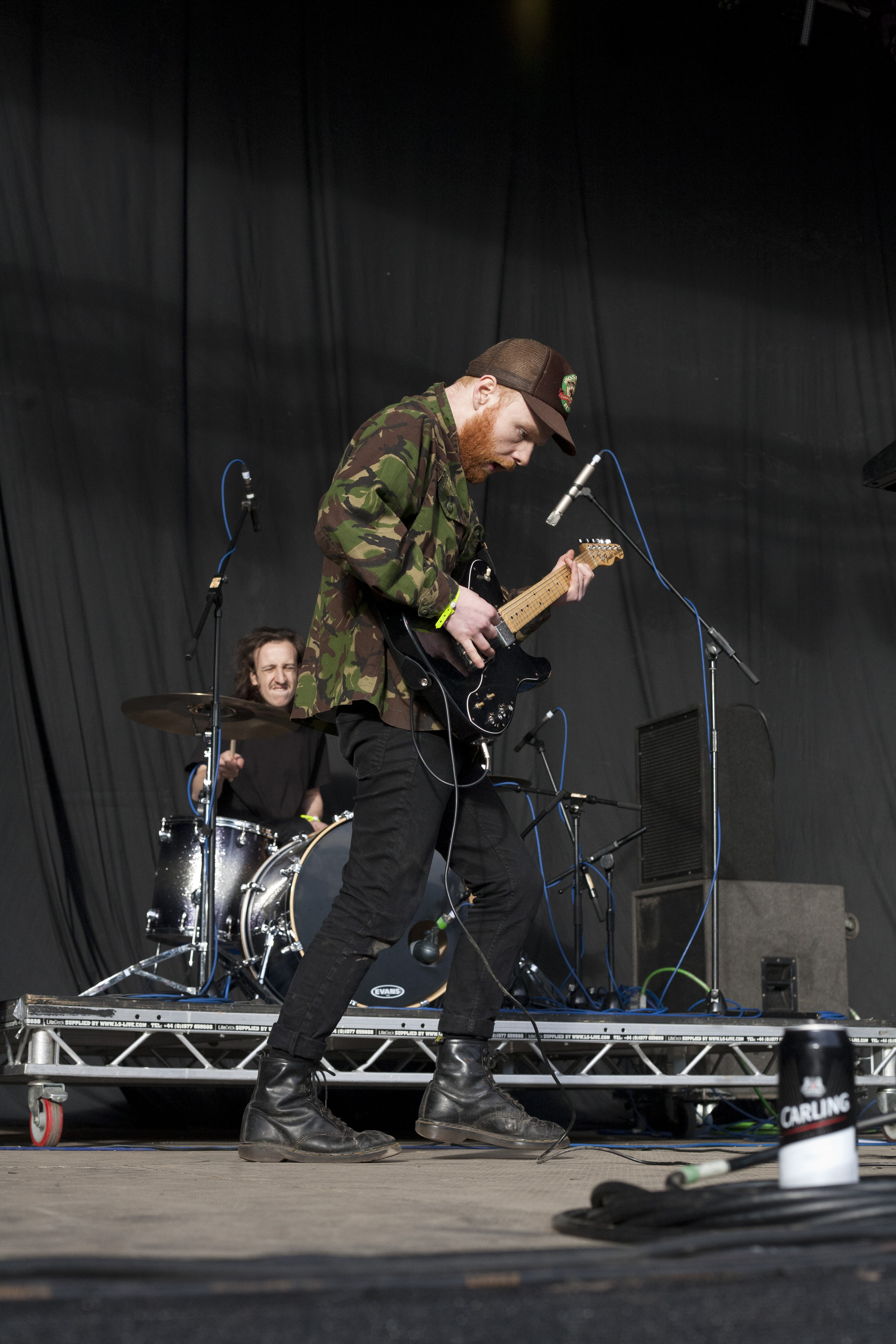
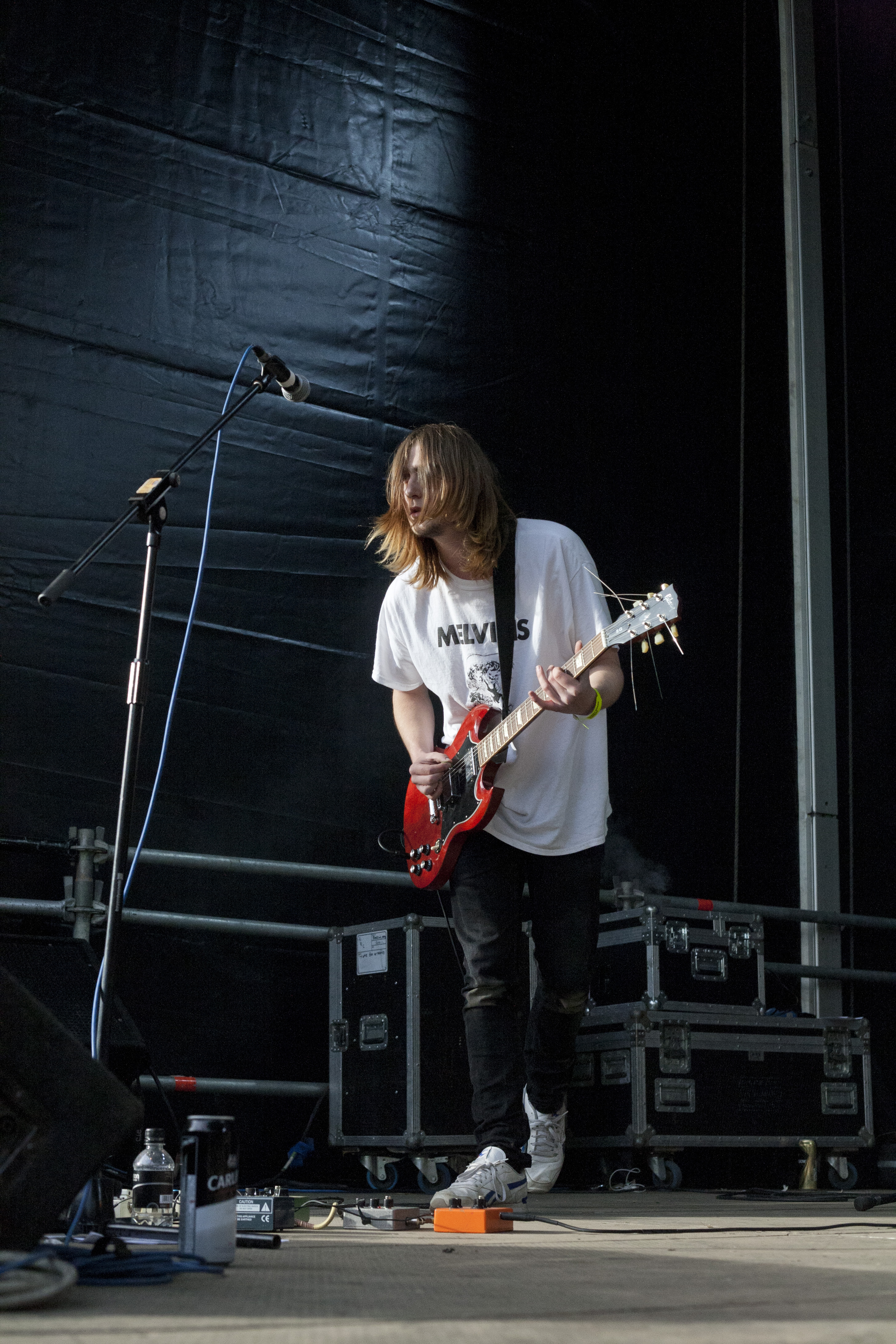
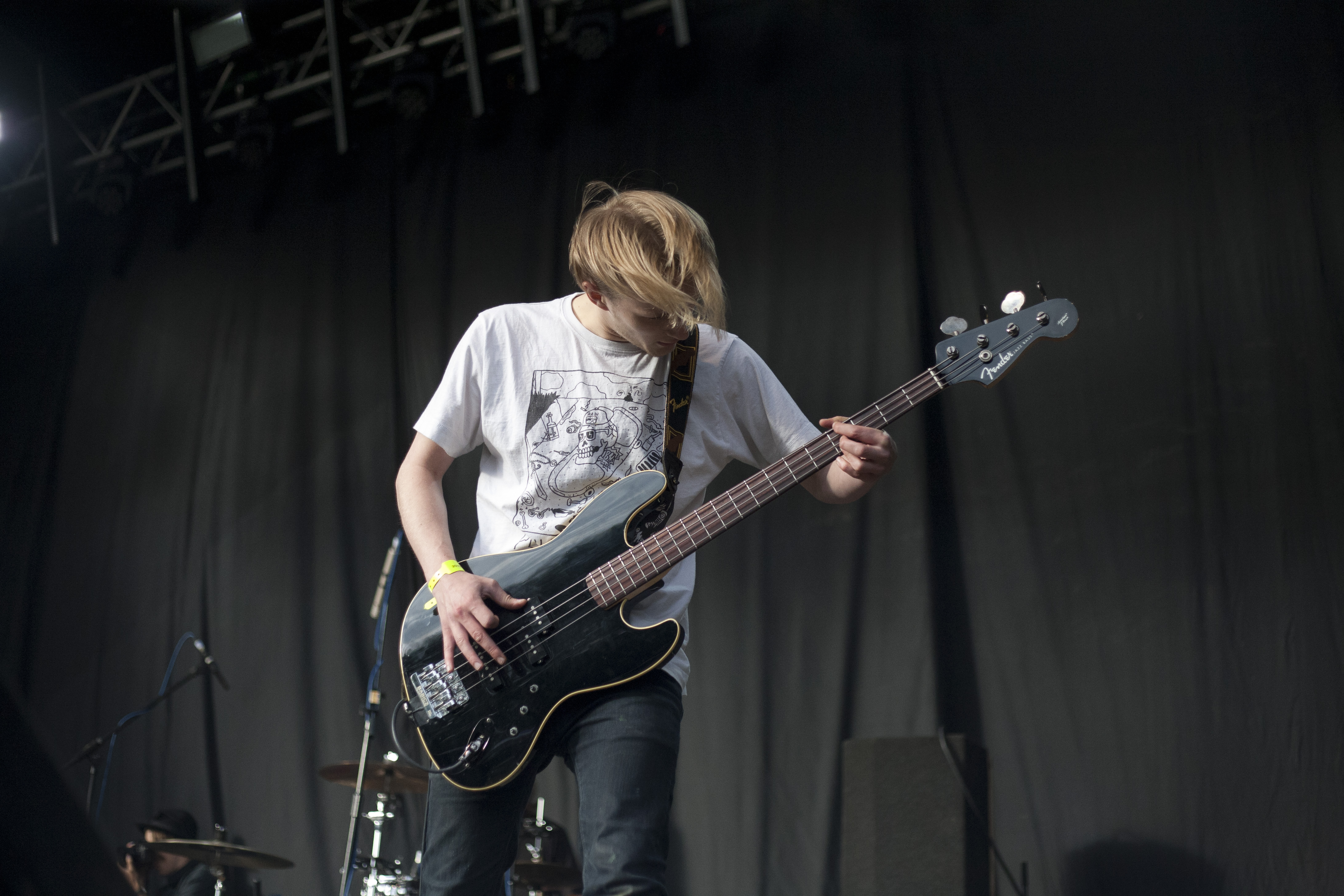
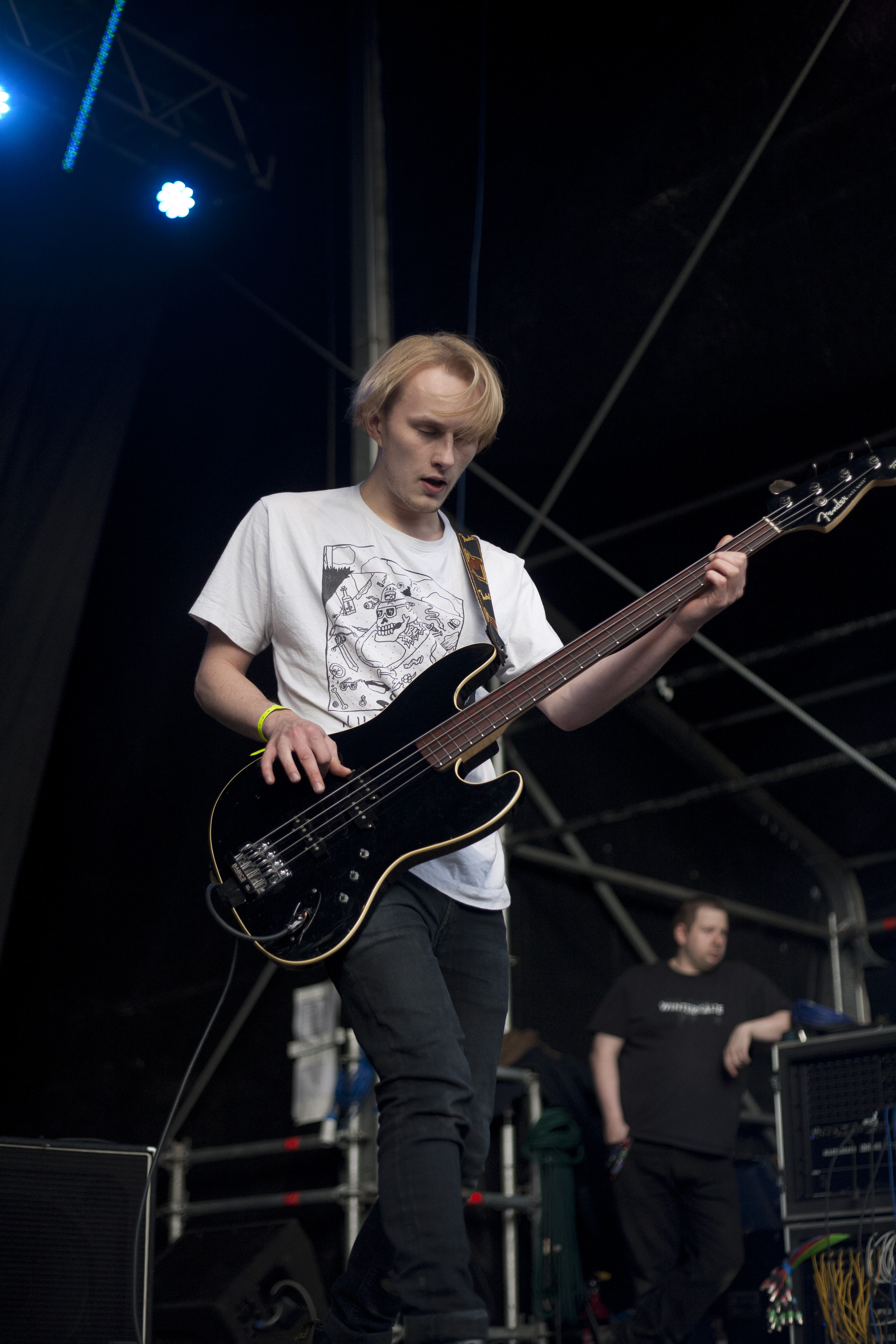
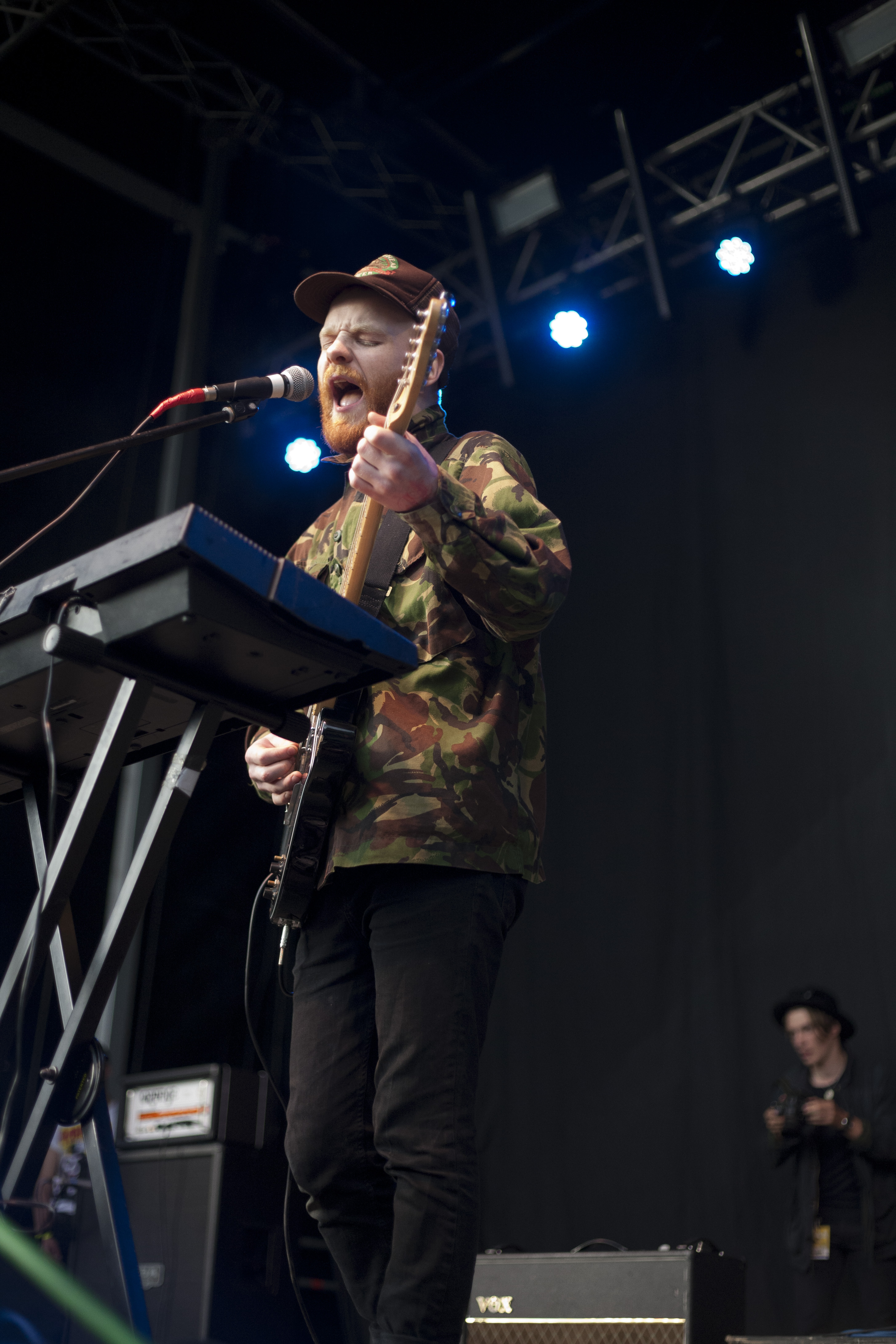
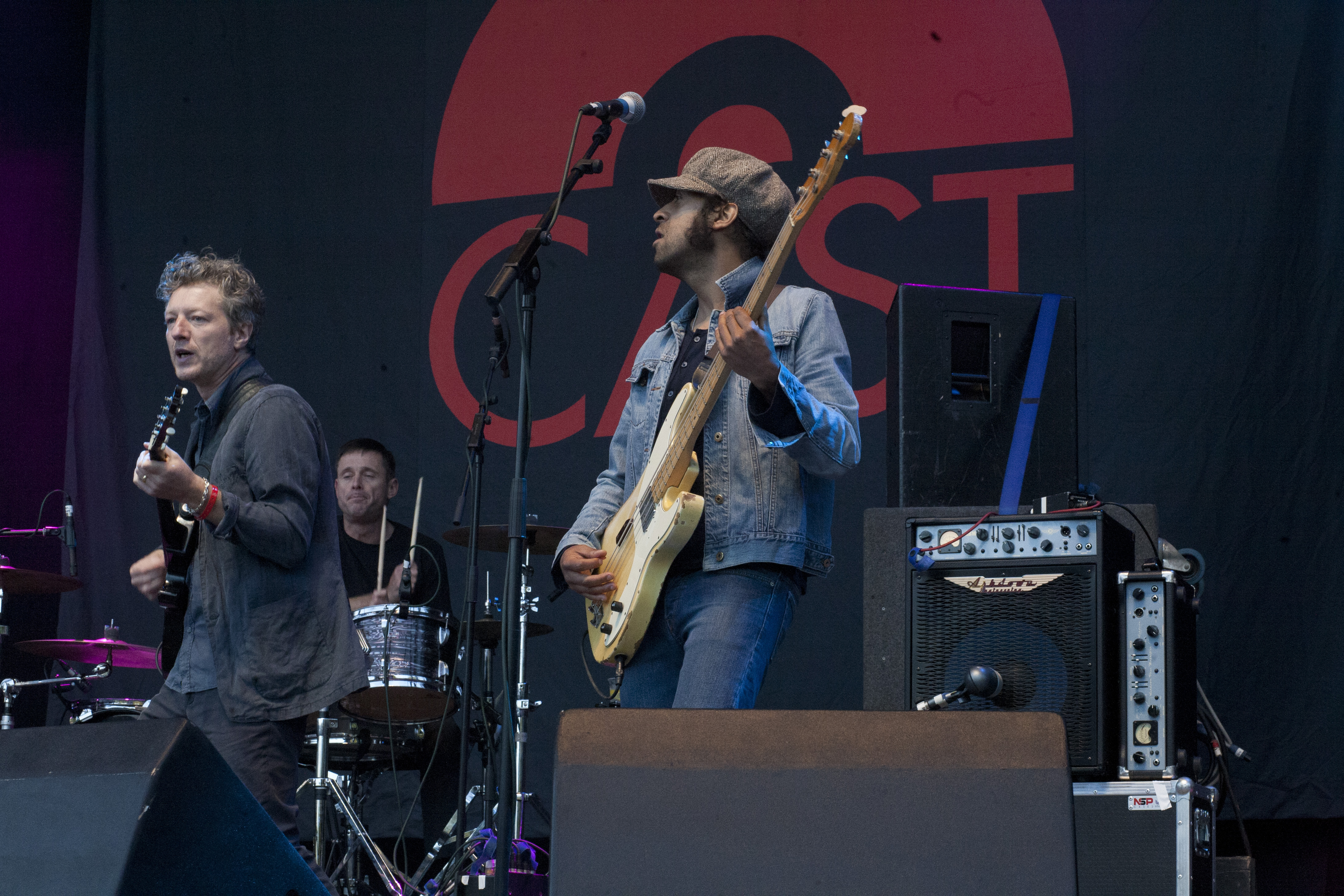
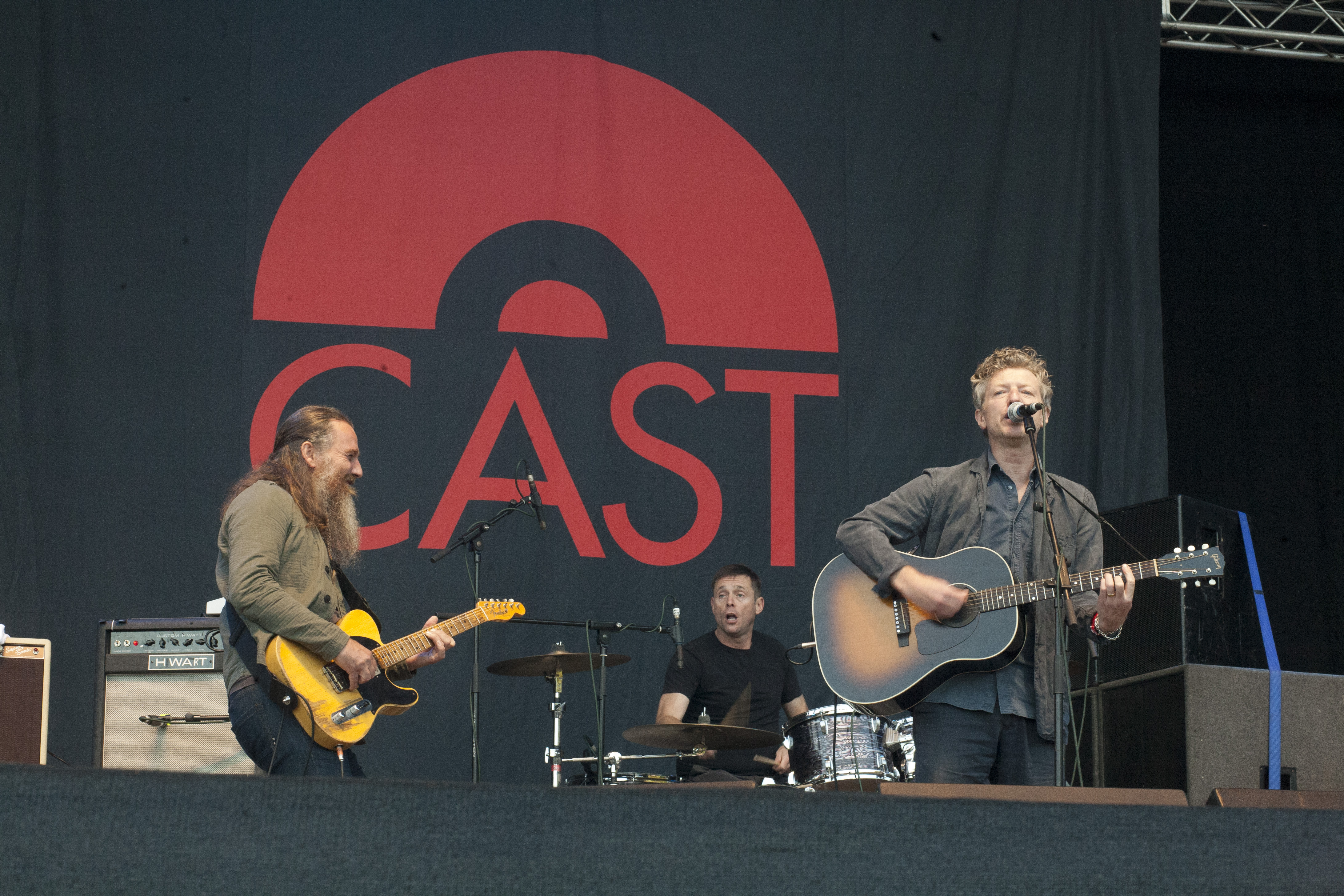
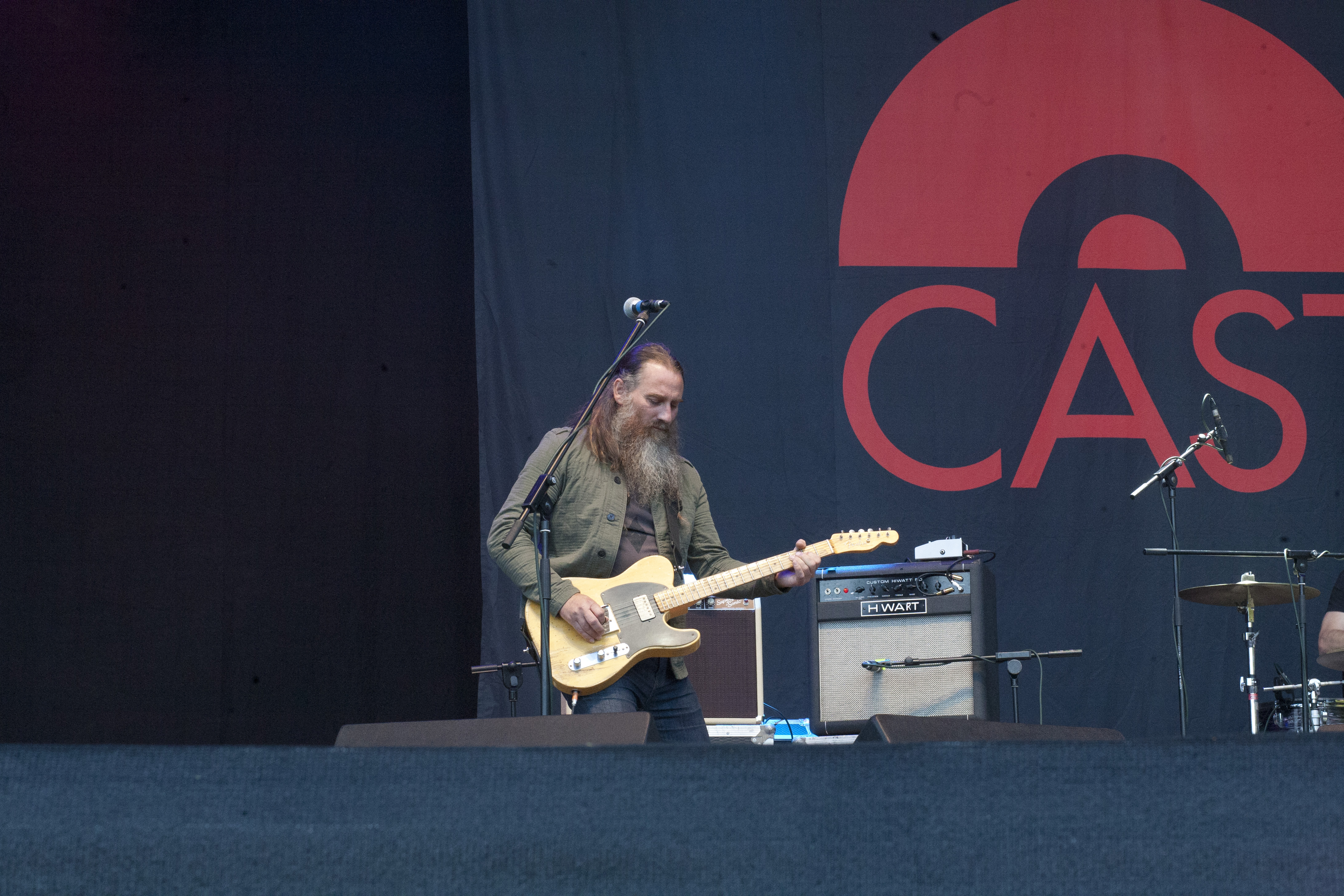
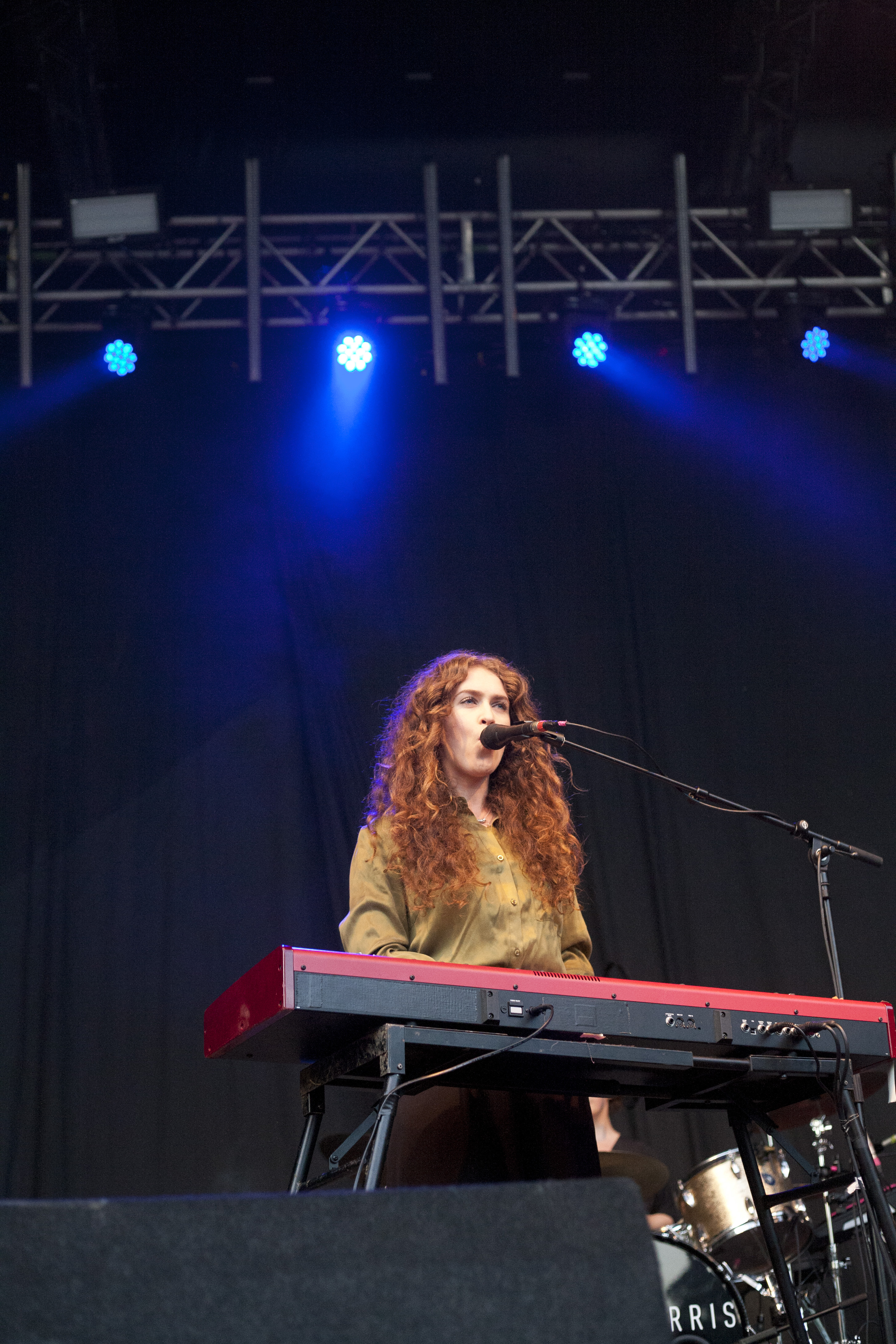
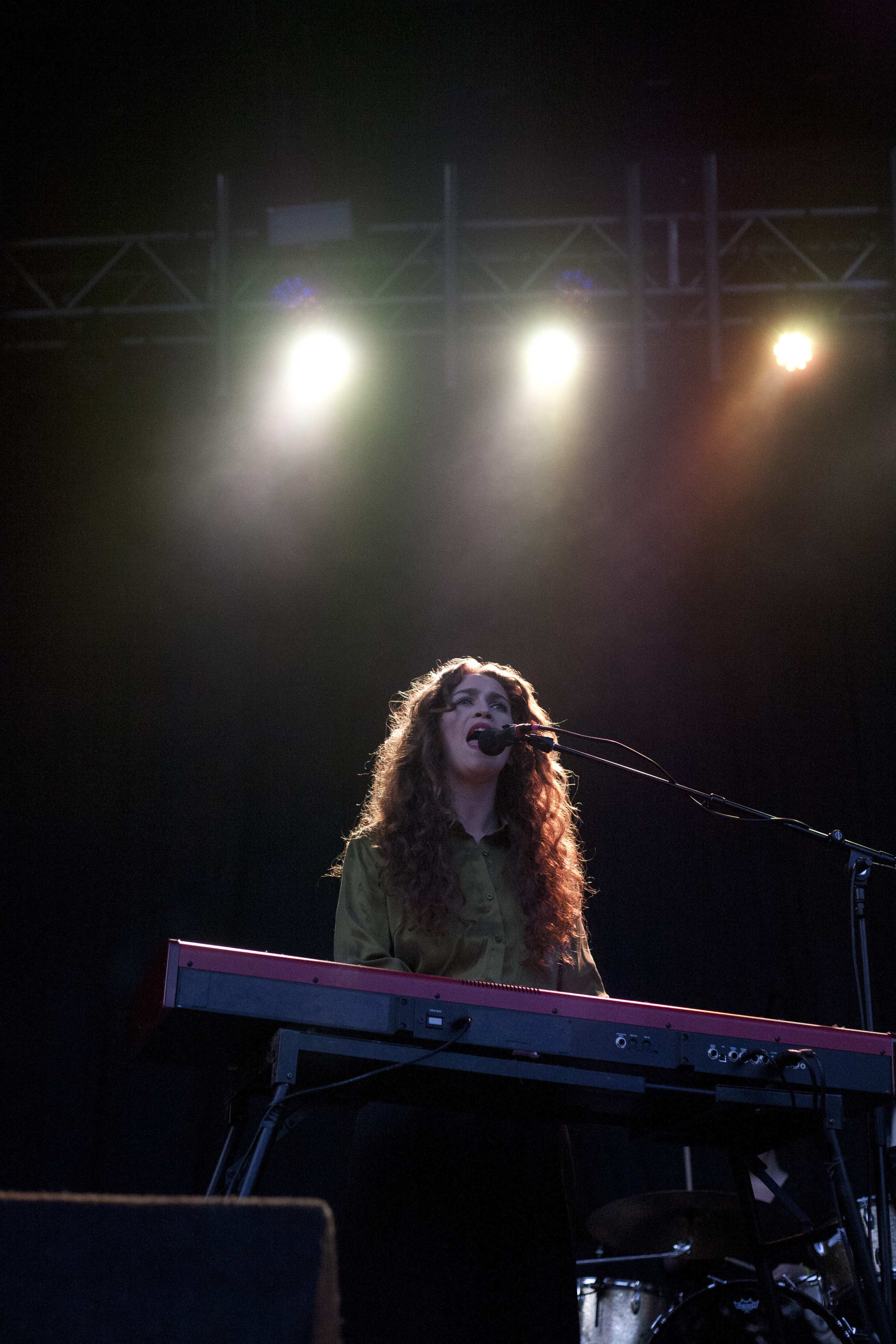
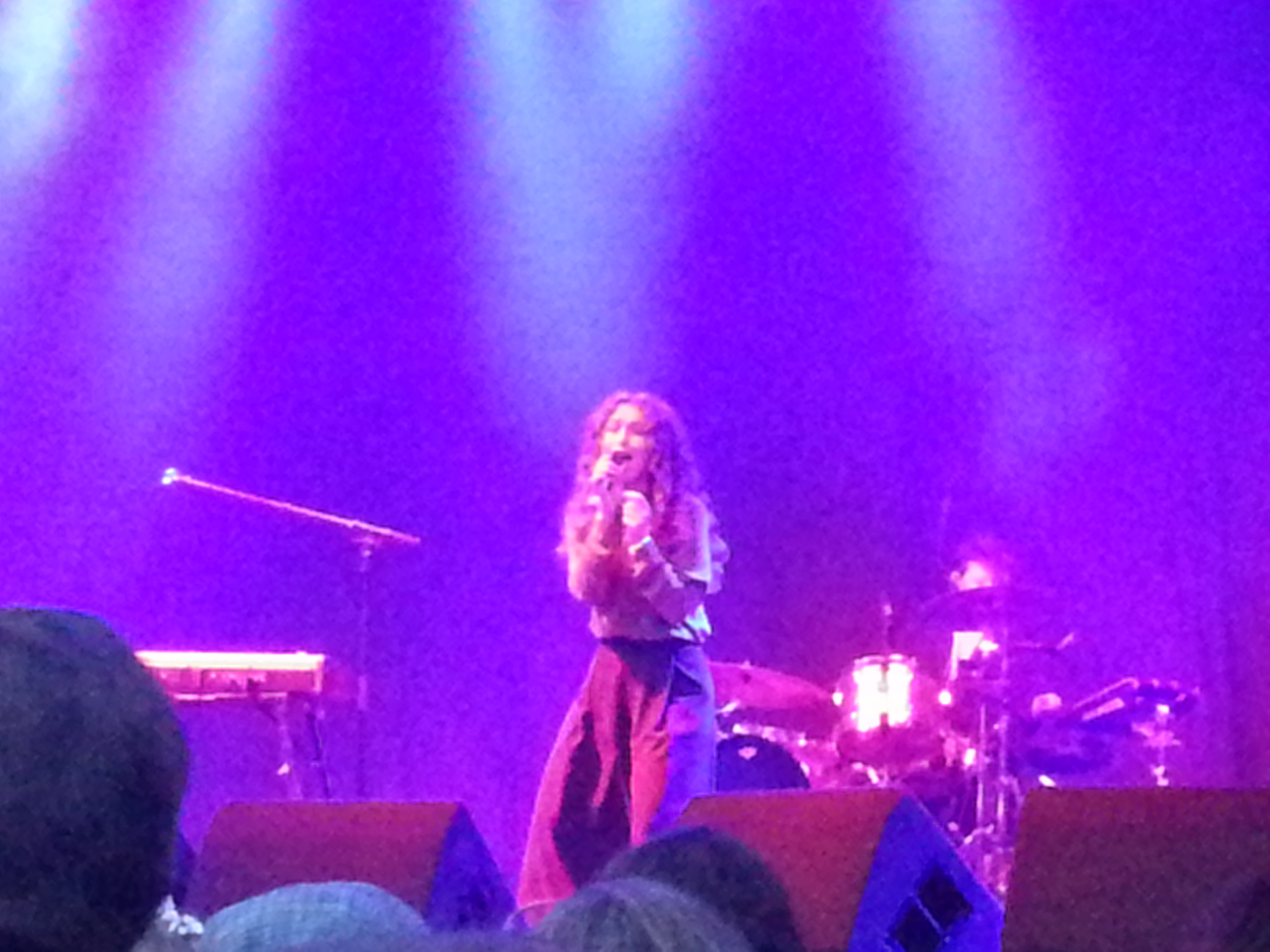
I’m going to put this out there right at the start, Peur are the first band I’ve been this excited about for ages. So this isn’t going to be just the average EP review, I’m going to be looking at some of their other tracks and making some recommendations as a way into Peur.
Let’s get the formalities out of the way. The band are from Manchester and formed in 2013, They are Joe Lomax (guitar/vocals), Ryan Greenhalgh (bass) and Sam Tempest (percussion). Peur is the French word for fear – in case you’re interested.
So the band say their influences are as wide ranging as Biffy Clyro, Muse, 30 Seconds to Mars and Placebo, the extremes of Industrial legends Nine Inch Nails, and include Post Rock bands such as 65daysofstatic and This Will Destroy You. Well yes, but let’s throw some other stuff into the mix – blues rock, Hawkwind, synth pop, possibly 80s’ rock bands like Y&T and… Prog.
Yes, I said Prog. When I first did that ‘do I want to review this?’ listen my first thought was this sounds a bit like the rockier end of The New Wave of British Prog – specifically 80s period IQ – and New Prog – including (now that they have ‘come out’ as a Prog band) Muse. I don’t want you to think this means that Peur’s music is self-indulgent, it isn’t. I want you to think of Peur as progressive music – in other words music that is new and inventive. They’ve taken a lot of ingredients and produced something that is uniquely their own sound.
The band are tighter than a tight thing and when they lock into a riff it’s awesome. Think Foofighters if you really need a touchstone. But when they are not riffing the music is incredibly dynamic, complex and, I can think of no other way of saying this, ‘crafted and arranged’. But I hear you say ‘this all sounds a bit cold and emotionless’, but let me assure you, it’s most definitely not. There’s an epic brooding darkness in Peur’s music.
So first the ‘Future Architects’ EP. The band describe it as a ‘collection of sounds’ and even provide a seamless stream of the five ‘sections’ (hmm sounds a little prog-ish don’t you think?).
The absolute stand-out track (or section if you’re listening to the full stream) is ‘Hollow Skies’. This is introduced by a menacing drone and then gives way to a chiming riff. And then there’s the frankly terrifying open lines –
‘Show me your scars
So I can see the blood
You’re not fooling anyone, my dear’
There’s an audible pain in Joe’s voice that just grabs you. There’s a darkness in this song, a brooding menace. This piece of music has more ideas than some bands have in a whole album – it has riffs, it has stand-out guitar and brilliant vocals. The intake of breath at the end just left me wanting more.
The other must-mention is ‘Explosions’. Riff heavy, with an absolutely brilliant vocal – it simply soars. Again there’s that darkness in the lyrics. I have to say that I have no idea what this song is about – there’s a woman who seems to be key, ‘she looks so innocent, so innocent, she shines with explosions’ and there’s a ‘broken man’ and ‘we’re praying for another outcome’ – but quite how these fit together I can’t work out. Does this matter? Not a bloody bit. Play loud and on repeat.
The other tracks are just as good, the only reason I’ve not going to cover them in detail is that I want you to discover them for yourself.
The EP can be purchased from Bandcamp and SoundCloud, as can their other music.
So now let’s take a trip to the band’s SoundCloud site (the link is below). Having spent quite some time here myself, and probably bored those close to me with ‘just listen to this…it’s wonderful’, can I recommend you go straight to ‘Grey Blood’ (from the band’s first EP ‘We Can Build Astronauts’). This is built round an intro that sounds quite a lot like a blues-rock thing and builds into a full on rock thing and then what the bloody hell, that’s a harmonica. And that’s a 70s’ guitar freak out. It shouldn’t work but it does, because it’s just… oh just listen to it yourself.
You may have noticed that’s there a live cover of ‘House of the Rising Sun’, and you’re probably thinking that’s quite a risk for a band that describe themselves as alternative rock. Well yes, but here is the most inventive cover of this song I’ve heard in years. Joe gives us a blues holler over something that is, well it’s difficult to describe really… There’s a basis in blues but at times it goes into something that’s frankly fuzz-laden noise.
‘Pursued by Bears’ uses that ‘tuning a radio intro’ before hitting us full and hard in the face. This is a guitar heavy and heavy track musically, but the vocals at times remind me of Depeche Mode. Not early Depeche Mode, but the later dark Depeche Mode. Again it’s the ‘this shouldn’t work but it does’ element at work here.
We’re in Hawkwind territory with a strange spoken section in ‘Empires’ – a song which appears to be about a relationship at the start but turns into something else completely. As far as I can work out the spoken section appears to have a green message so I’m guessing the song is about our relationship with the earth. But I may be way off. All that aside, this is the just the most glorious thing, even if it’s difficult to work out what’s it’s about.
For a band that only formed at the beginning of 2013 what Peur are doing now is something that is just so impressive that it leaves you wondering where they can go in the future. I, for one, will be looking forward to that.
Peur on Bandcamp: https://peurofficial.bandcamp.com/music
Peur’s website: http://www.peurofficial.com/#futurearchitects
Peur on Facebook: https://www.facebook.com/PeurOfficial
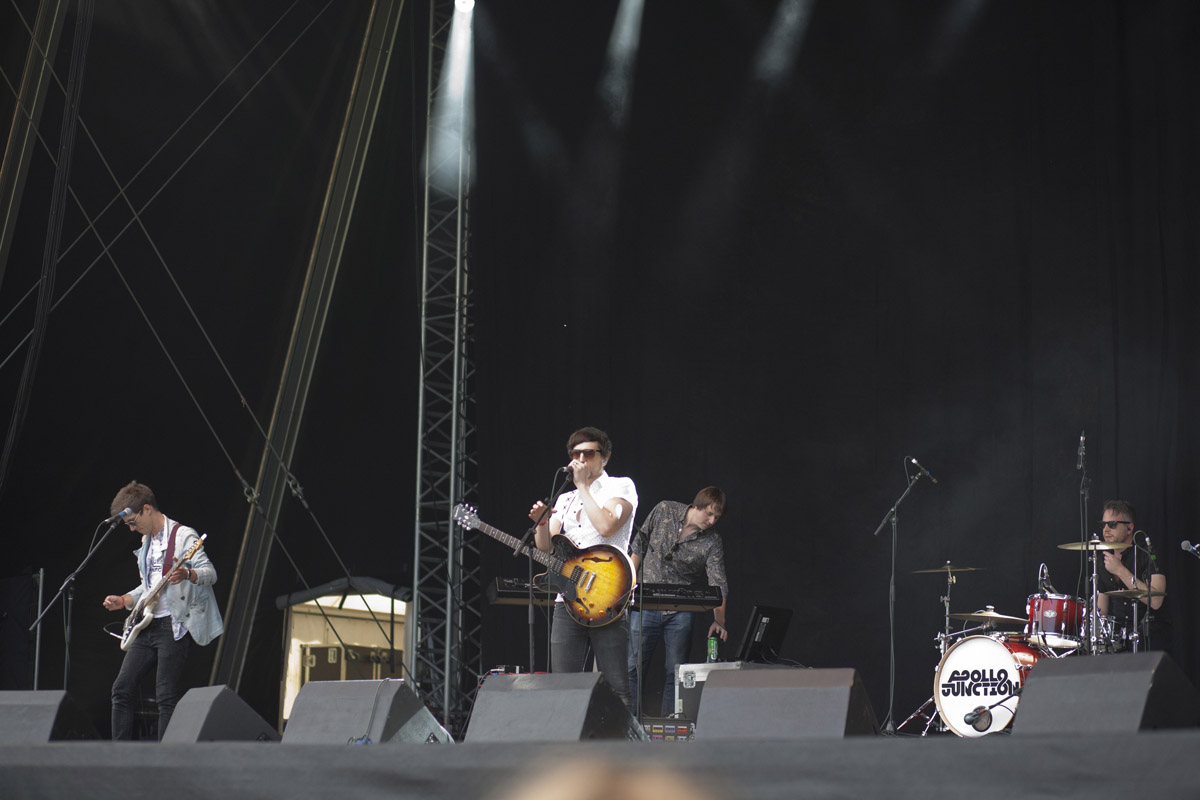
The first performance I caught was the tail end of Apollo Junction’s set. This band, from Leeds, play what I can only describe as melodic electro indie. This was a great start, easing us in to the day. For me Apollo Junction’s most effective tracks were their slower material, and, judging by the crowd’s reaction, they agreed.
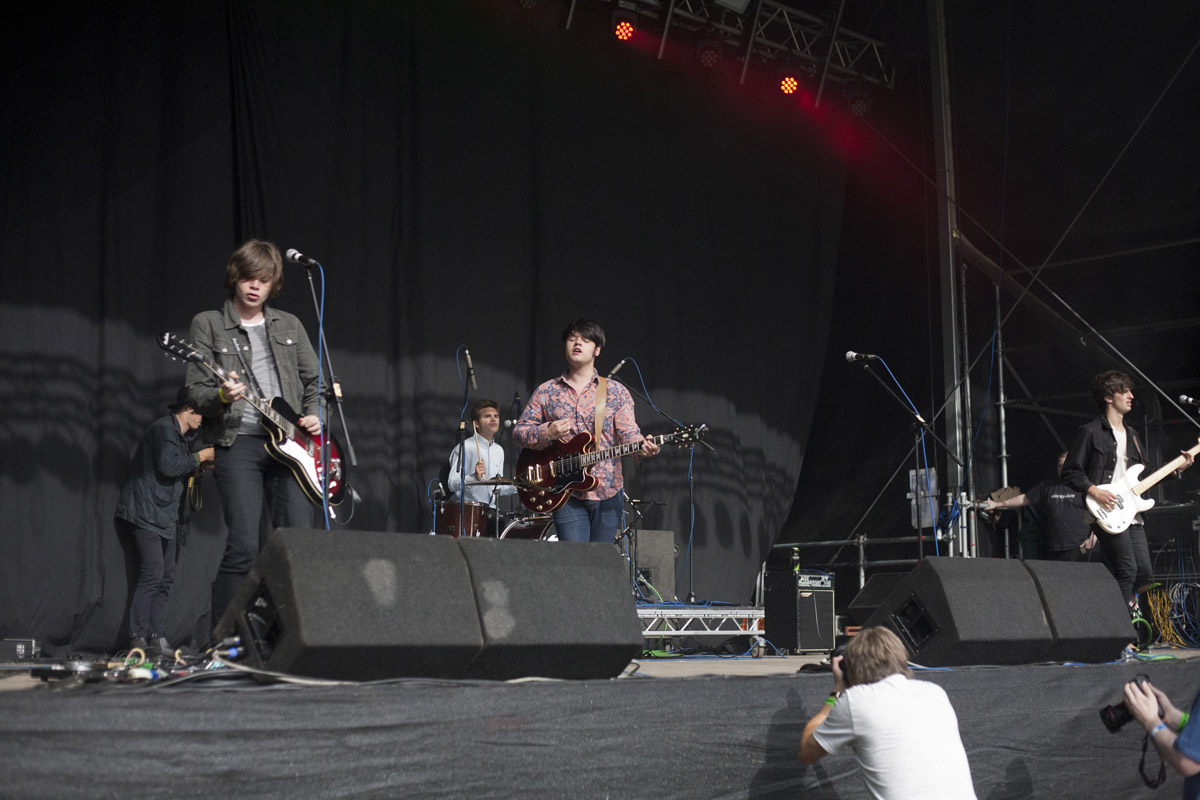
I’d heard of The Turning but never heard anything by them. I was impressed by their R’n’B influenced indie with a raw edge that was really exciting. The standout tracks for me were a spirited cover of ‘Ever Fallen in Love?’ and their new single ‘Groundhog Day’ – which was slightly more melodic than their other material. But overall I enjoyed them.
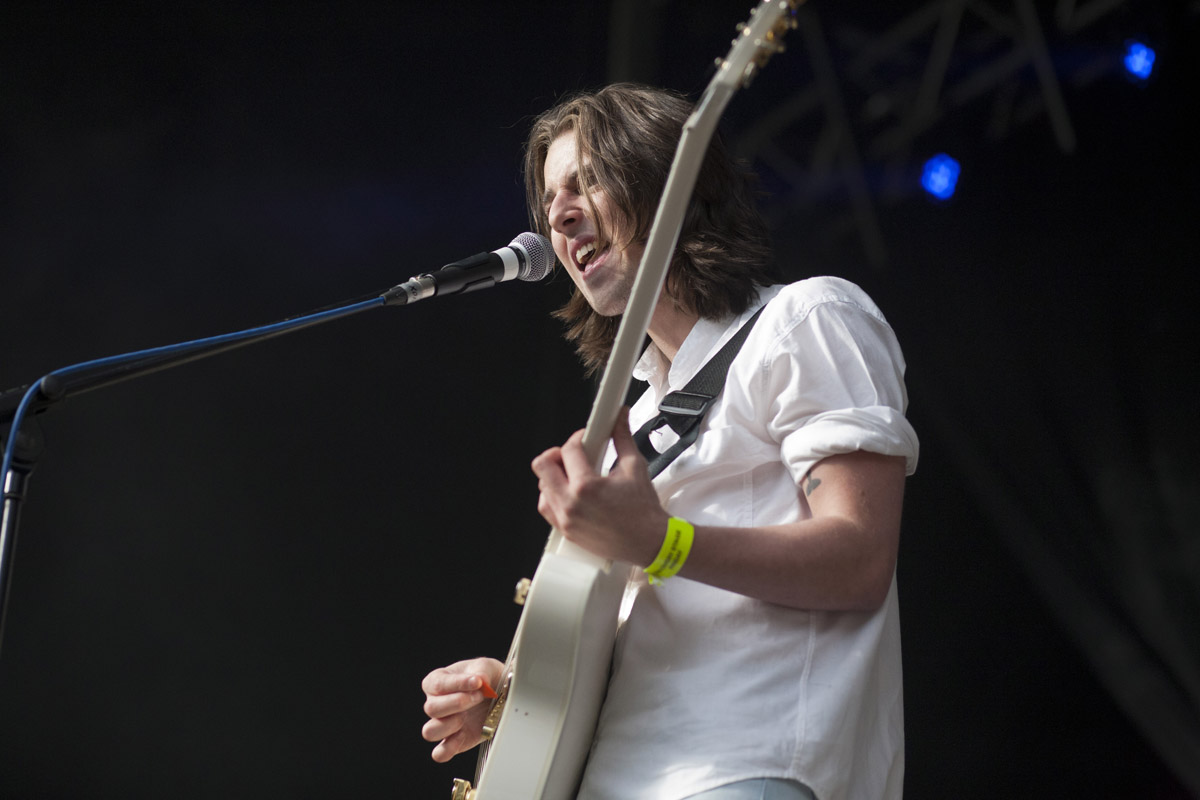
My notes for Model Aeroplanes are somewhat garbled because I enjoyed their lively set – and got completely caught up in it. They played indie rock but were happy to throw an almost funk guitar into one of their tracks, and added a math-rock riff into another. I had a word with a couple of audience members and they, like me, had noted the singer’s vocals were “quite strange in places” but we agreed that this really worked. They also really liked that the band didn’t just play “indie rock cliche”.
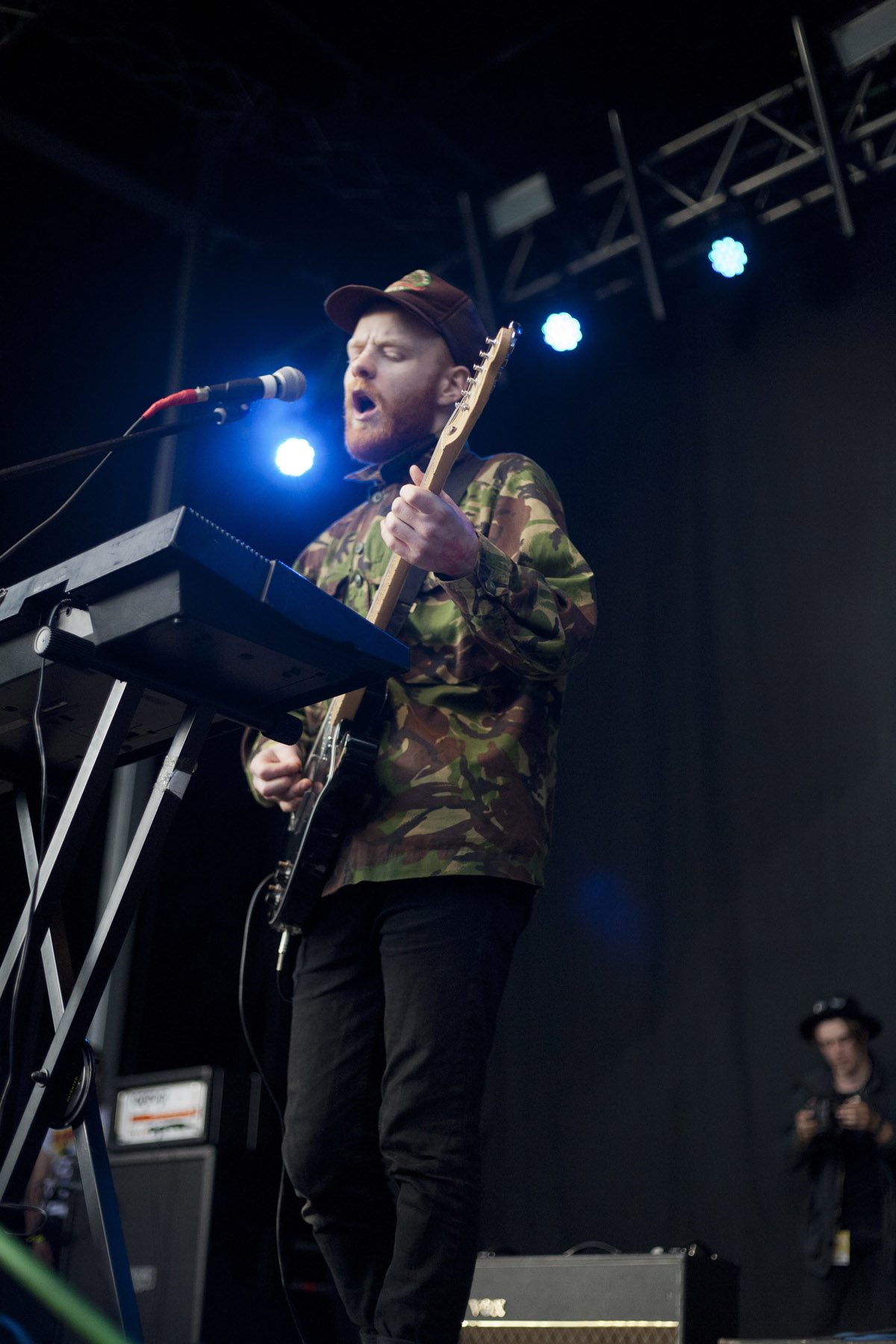
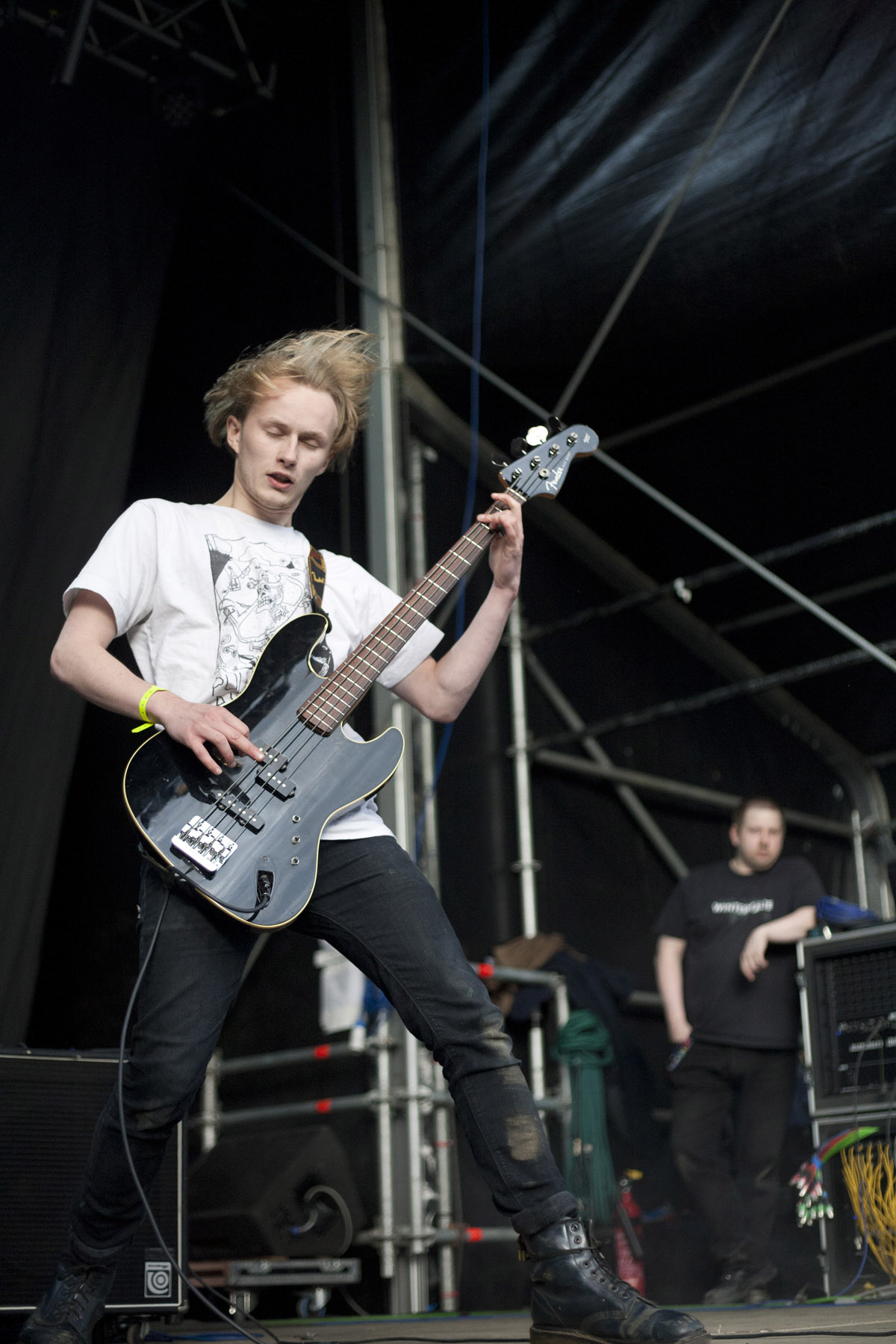
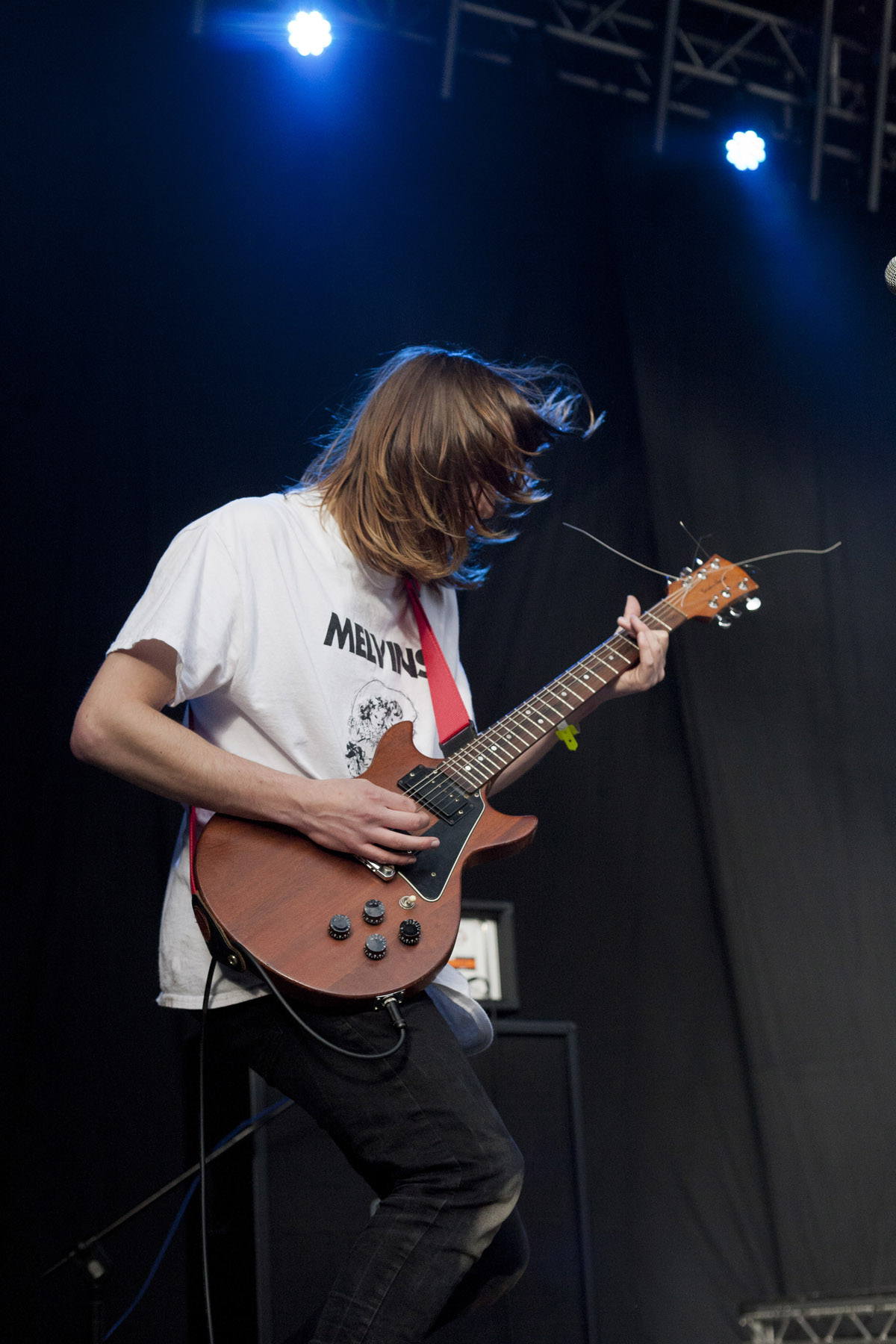
Weirds, from Leeds, were outstanding. The is ultra heavy fuzz laden psych rock. At times they came across like a fusion between Hawkwind and The Prodigy – certainly not a bad thing as far as I’m concerned. This was a full-on and committed performance – you gotta love a band whose singer and guitarist join the crowd whilst singing and playing. Weirds were the first big discovery of the festival for me and I’ll be trying to catch them live in the future.
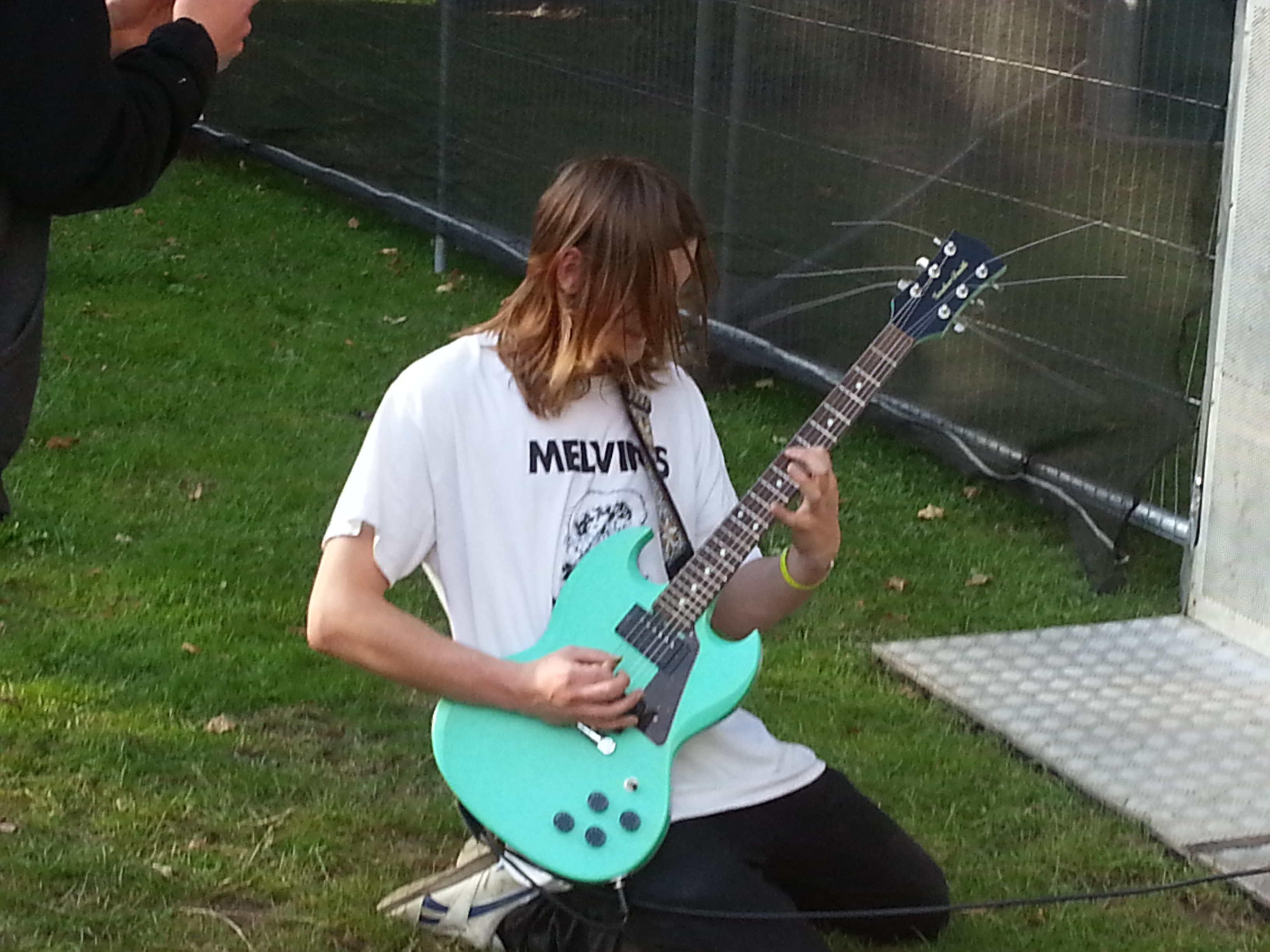
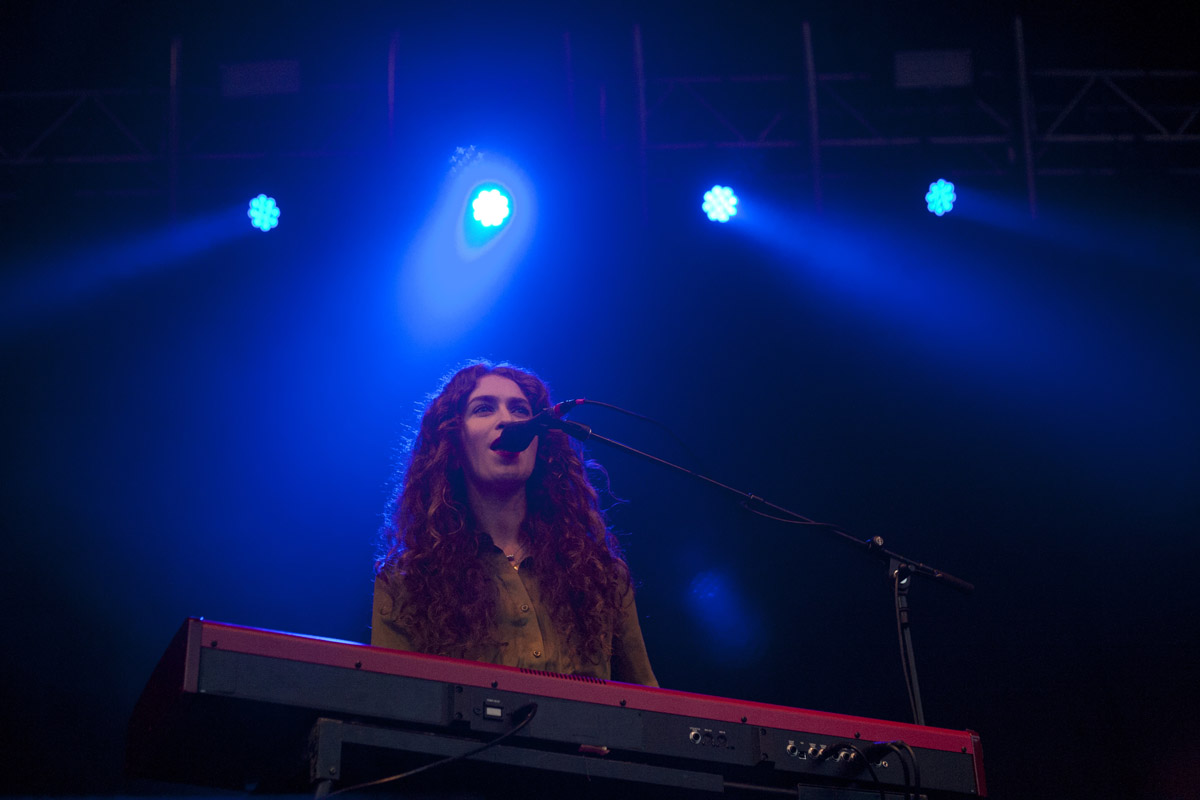
One of the reasons I’d agreed to cover Bingley was the Friday Discovery Stage headliner Rae Morris (I’m a fan so don’t expect any objective opinions!). Rae was playing against the Main Stage headliner James so it was surprising that it was so packed out for her set.
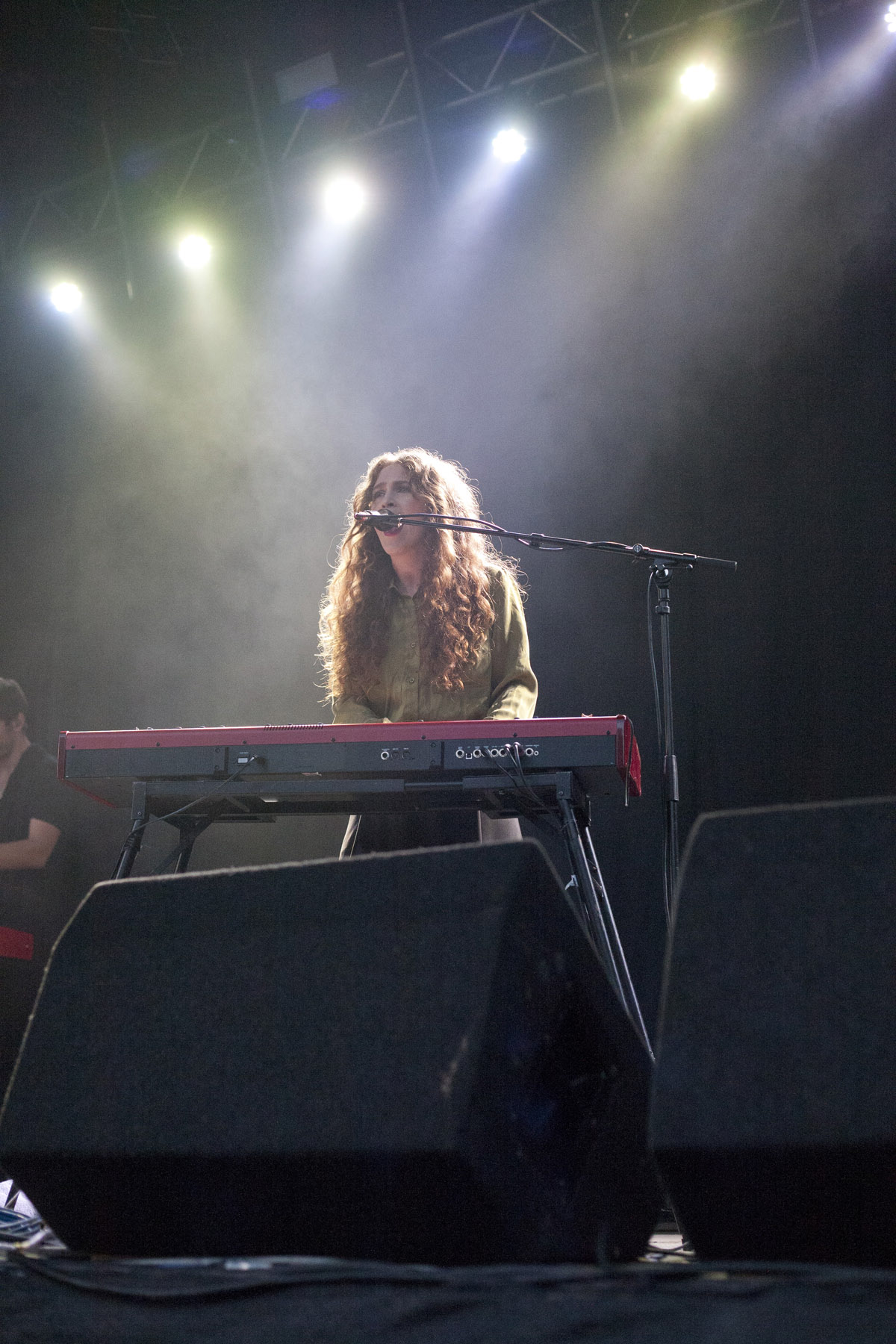
Not having seen her live before I didn’t really know what to expect. Rae spends most of the time standing behind a keyboard, rather than ‘putting on a performance’ so the music better be good. No worries, what we got was perfect soaring ethereal vocals, and a really tight band. As this was a festival set she stuck mainly to the better known material. The stand-out track – at least for me – was ‘Don’t Go’ (her single released to raise awareness of breast cancer). But to be honest, the whole set was fantastic. Rae held us spellbound.
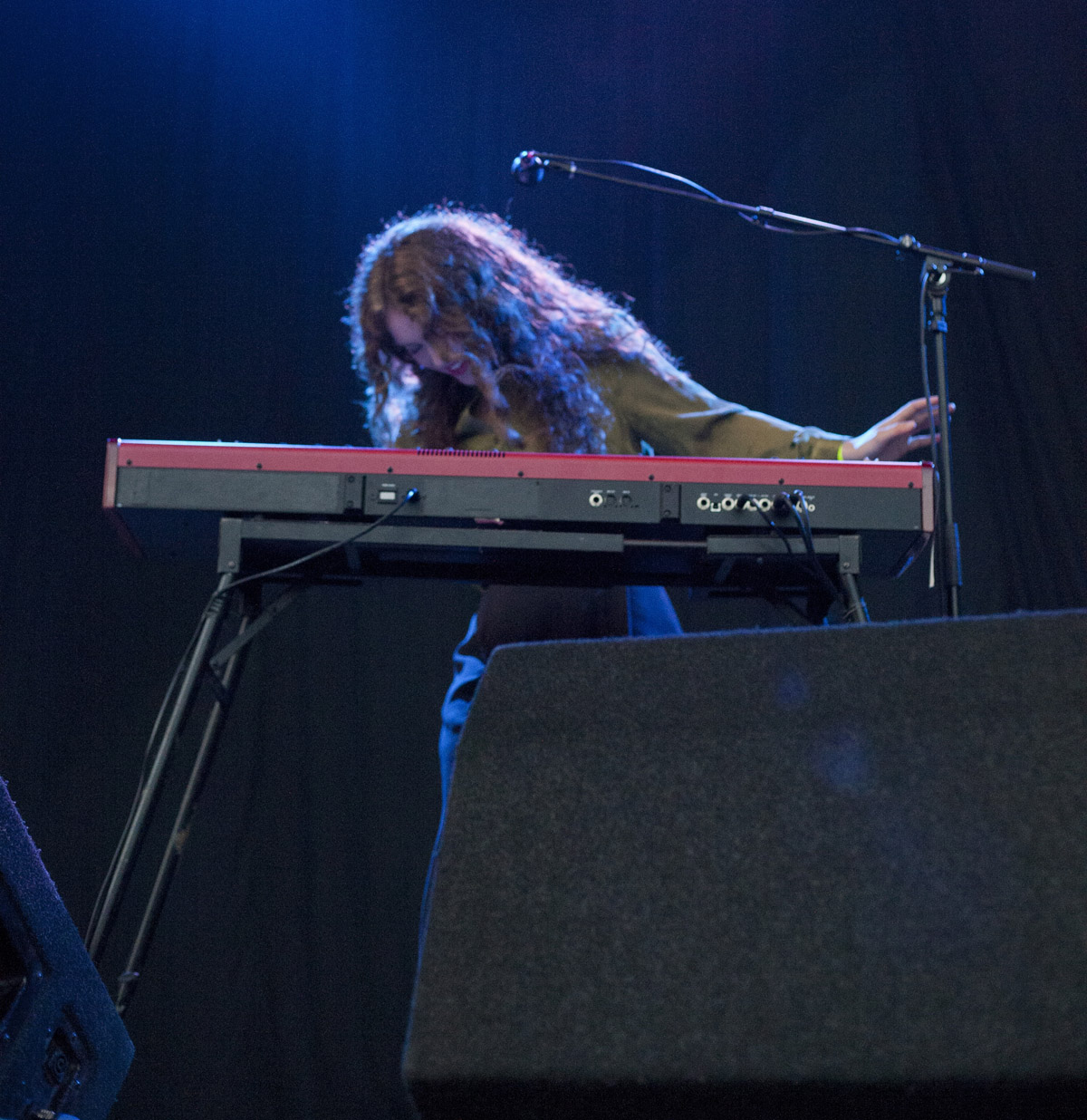
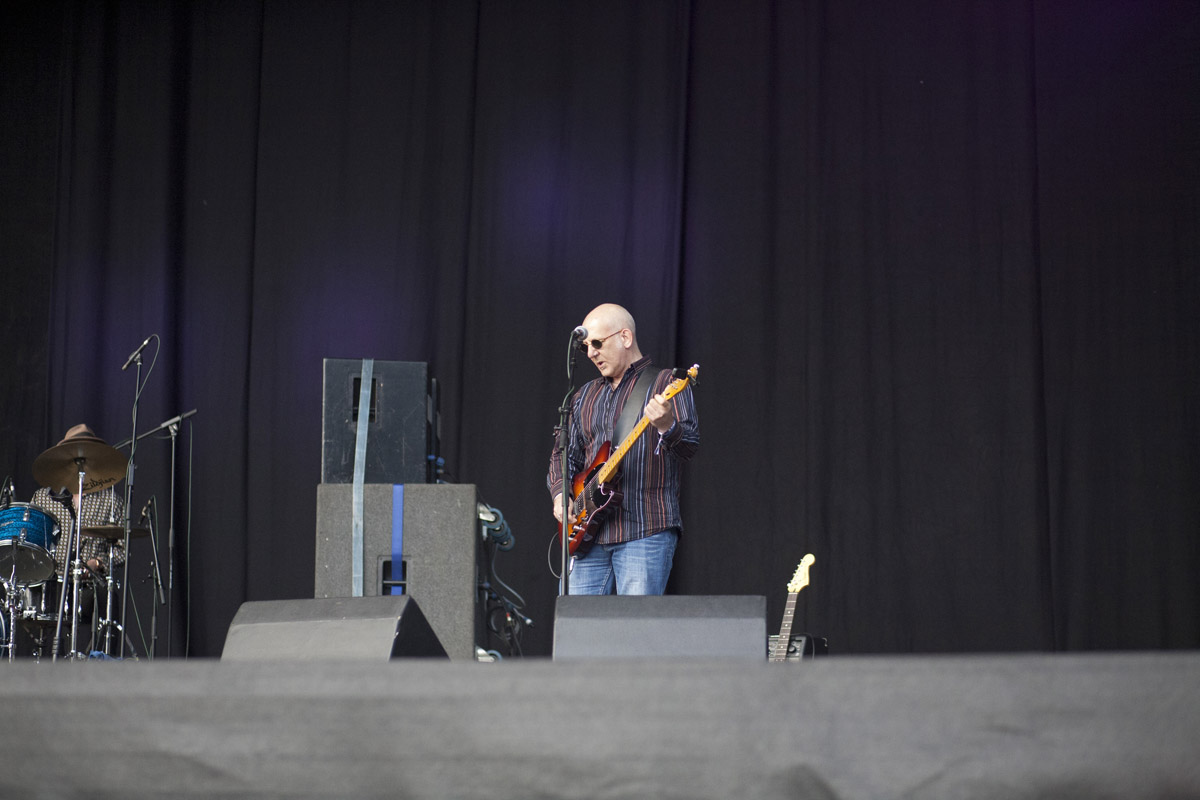
Opening act on the main stage, Nervous ‘Orse (from Bradford), played to a small but dedicated audience, who seemed to know all the songs. Their fans included one guy dressed as a horse (who unfortunately didn’t want to photographed). Those of you who missed this band missed an uplifting set of country, rock ‘n’ roll and folk influenced songs that were just perfect for a sunny day.
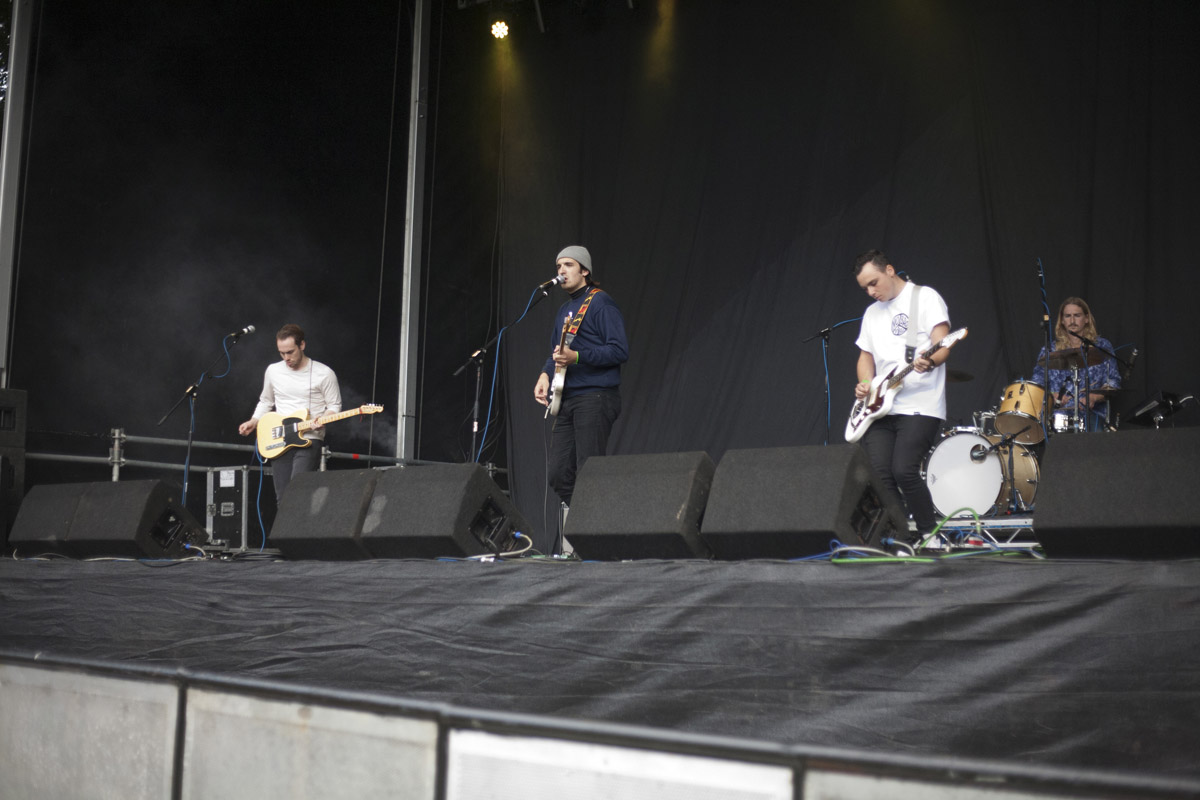
The first act I caught on the Discovery Stage were Clubs. Their music is basically chiming melodic alternative rock you can dance to. A couple of the audience I spoke to, found the vocals ”a bit shouty” in the early part of their set. The second half of their set came together and I found myself liking their stuff. My standout track was ‘Porcelain’, but I was getting hungry at that point so can’t remember why.
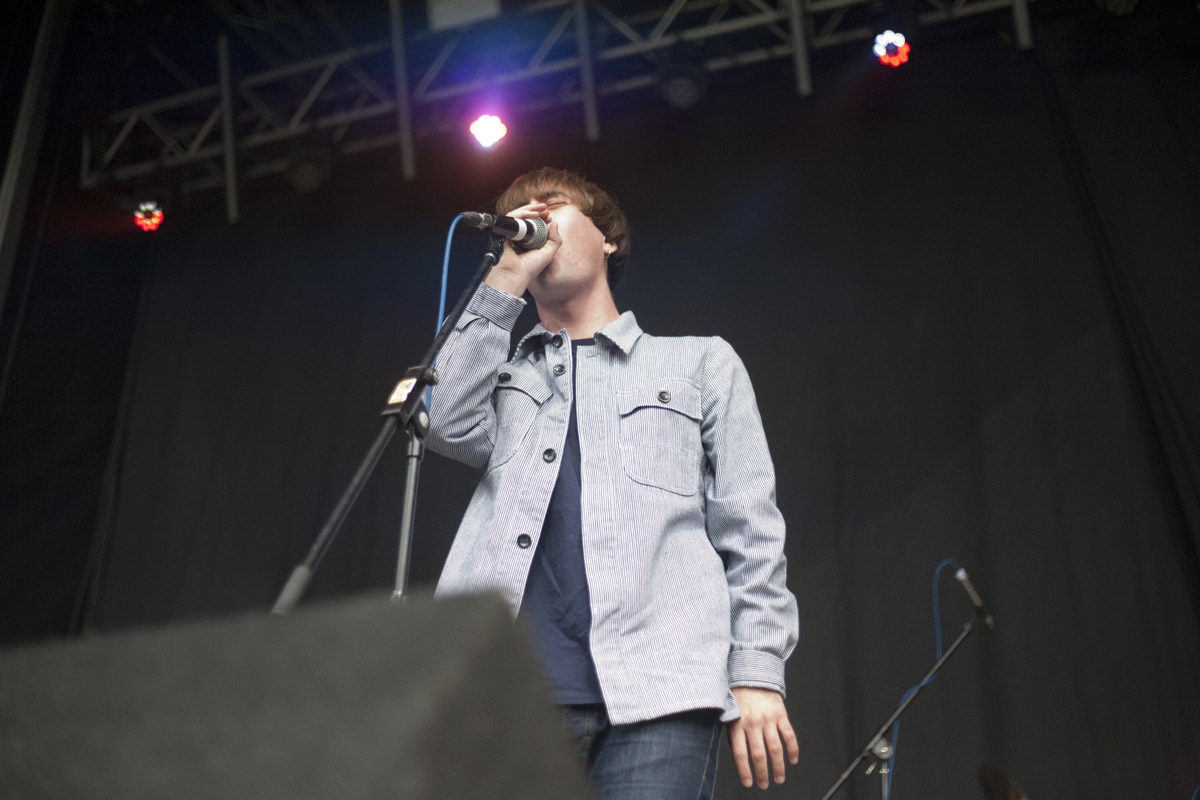
Next up on the Discovery Stage were April who have a bit of that psychy Primal Scream/Charlatans vibe to them. I liked their set but at times I found myself wanting a bit more of the melody to shine through. One of my standout tracks was ‘Ten Miles High’ which had some pretty complex interlocking guitar parts, although you could, if you were being picky describe it as little ‘psych by numbers’. I also really liked a track called ‘We Could Be’ (or something like that) which gave me that melodic thing I’d been craving from them. Overall I found myself partial to April – their sound is joyous. I’ve also got to mention that later in the day the band passed me while I was sitting on the hillside above the main stage, and their guitarist took time out to say that he’d seen me watching their set, and asked me what I thought of it. A nice touch that.
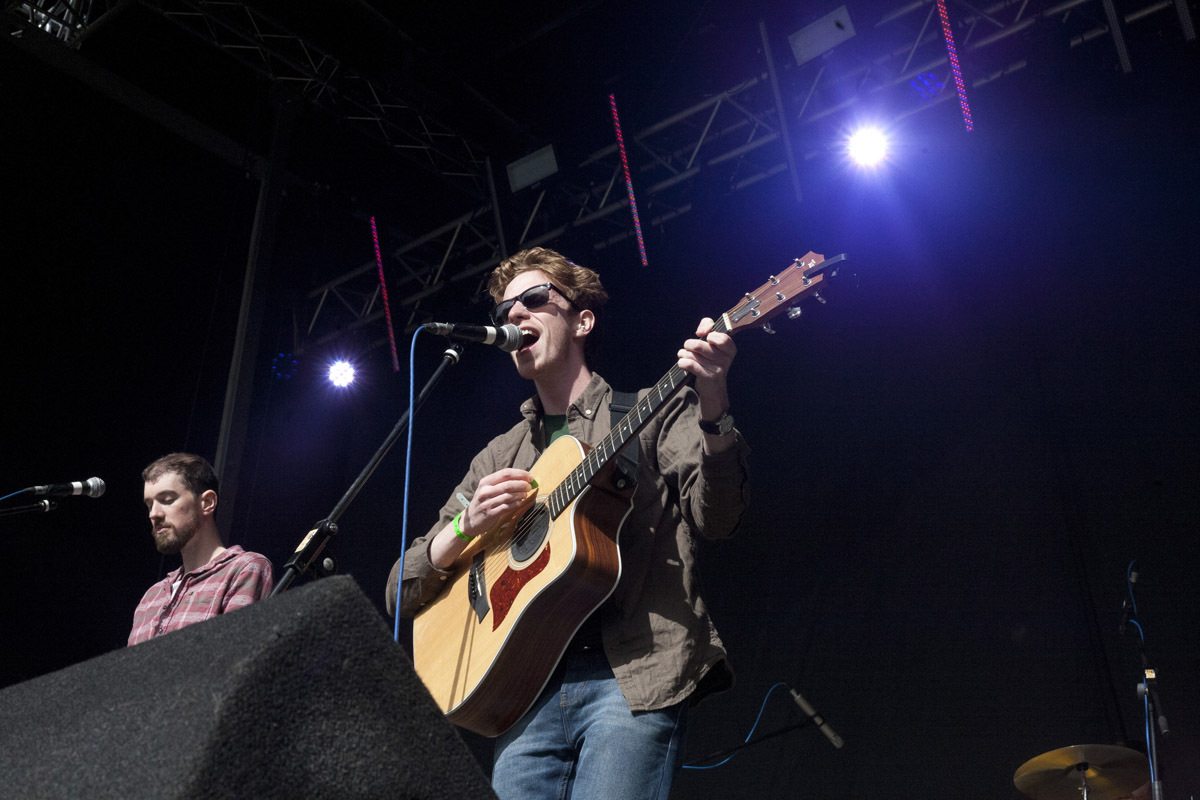
I loved Randolph’s Leap, the next band up on the Discovery Stage. This was truly good-times music – wonderful tunes and bubbly vibes. My immediate thought was ‘this is like crossing Aztec Camera and The Divine Comedy’ – they have that same witty song thing going on. And they’re a band who know how to have fun on stage.
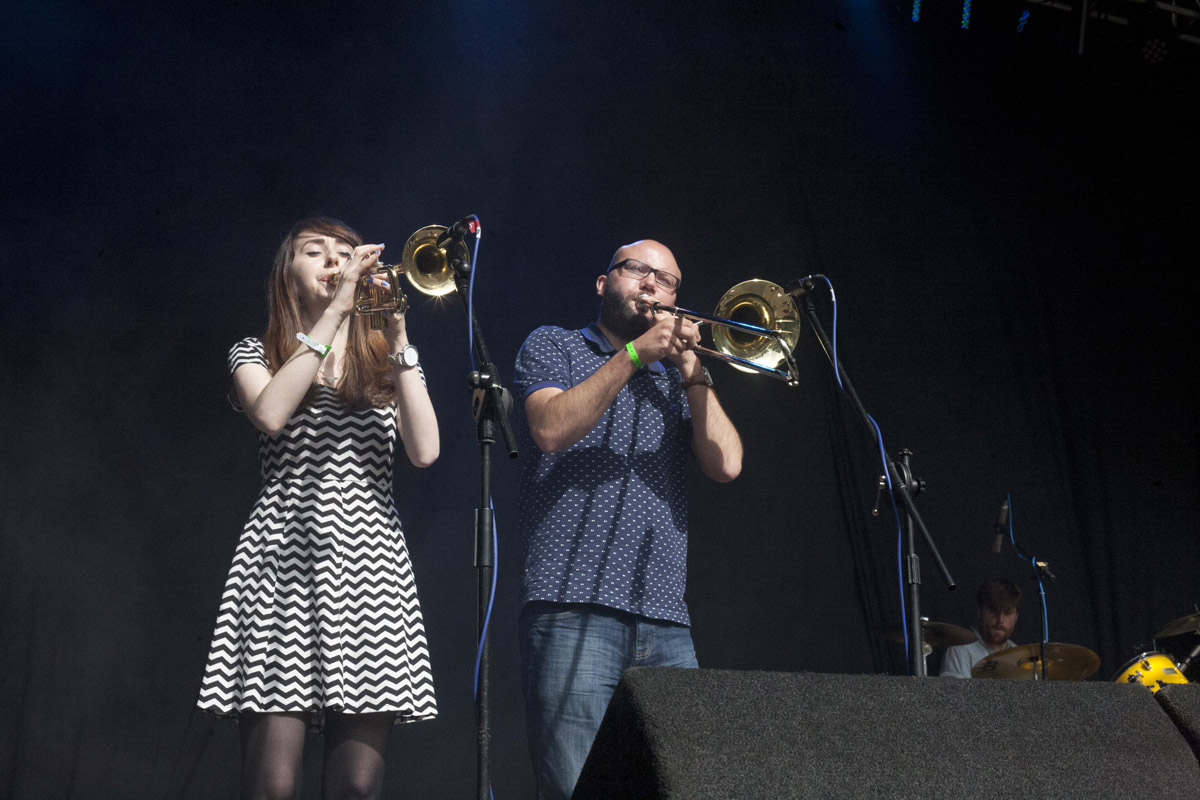
This is a big band – you have to go a long way away from stage to get them all into a photo – that features a trumpet, trombone and violin in addition to guitar, bass, drums and keyboards. Their whole set was outstanding but if I had to pick out two songs it would be ‘Cherry Blossom’ (“You are a cherry blossom, a microcosm” – yes really) which was truly exhilarating, and ‘I Can’t Dance to This Music’, a witty take on a relationship that isn’t working. They’re from Glasgow but should they play down this way again I’d recommend you catch them.
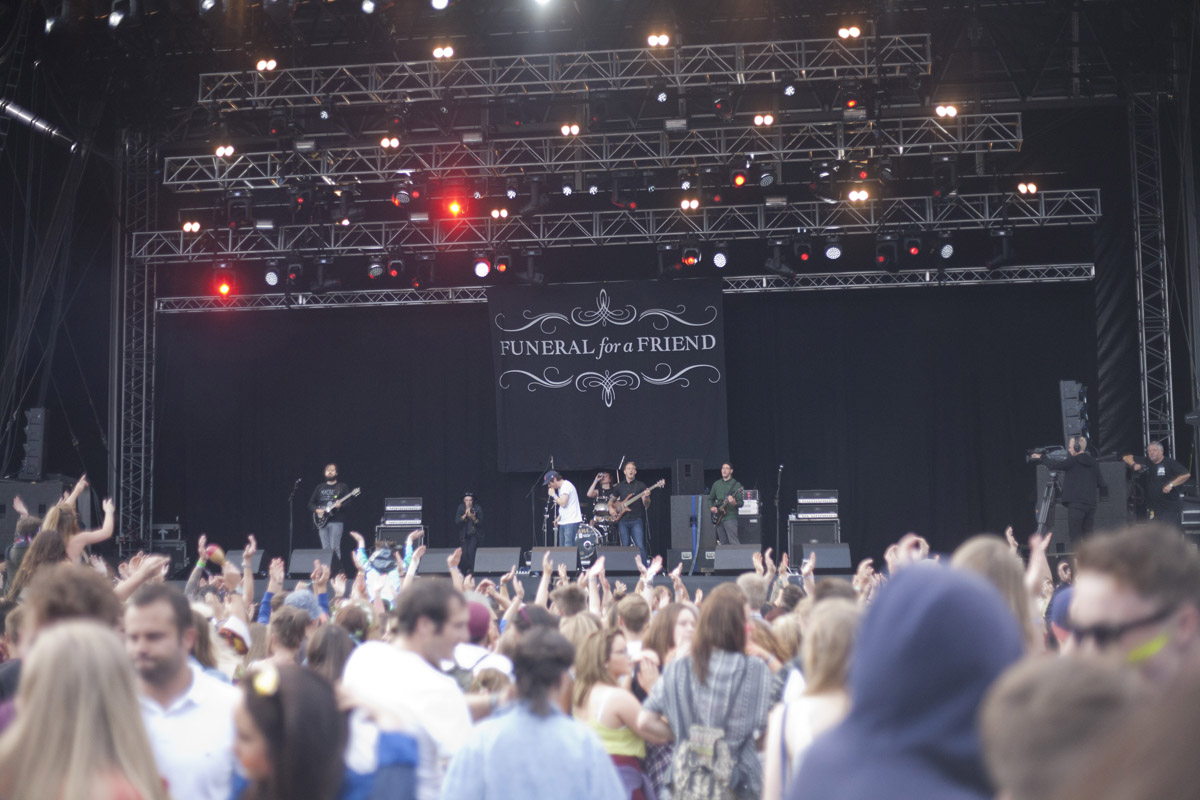
Over on the main stage I caught Funeral for a Friend. I’ve never been a fan before but I was won over unexpectedly. After all any band that encourages circle pits and then tells people ‘to pick anyone up who falls over’ has to be cool, right? The music is heavy alternative rock that, to be honest, borders on heavy rock at times. But live it’s powerful, and the band are fully committed to playing it well. They really work at winning the audience over, as well as pleasing their fans. Which was definitely working, because there were a lot a people moving down towards the stage during their set to get a better look. FfaF went down a storm.
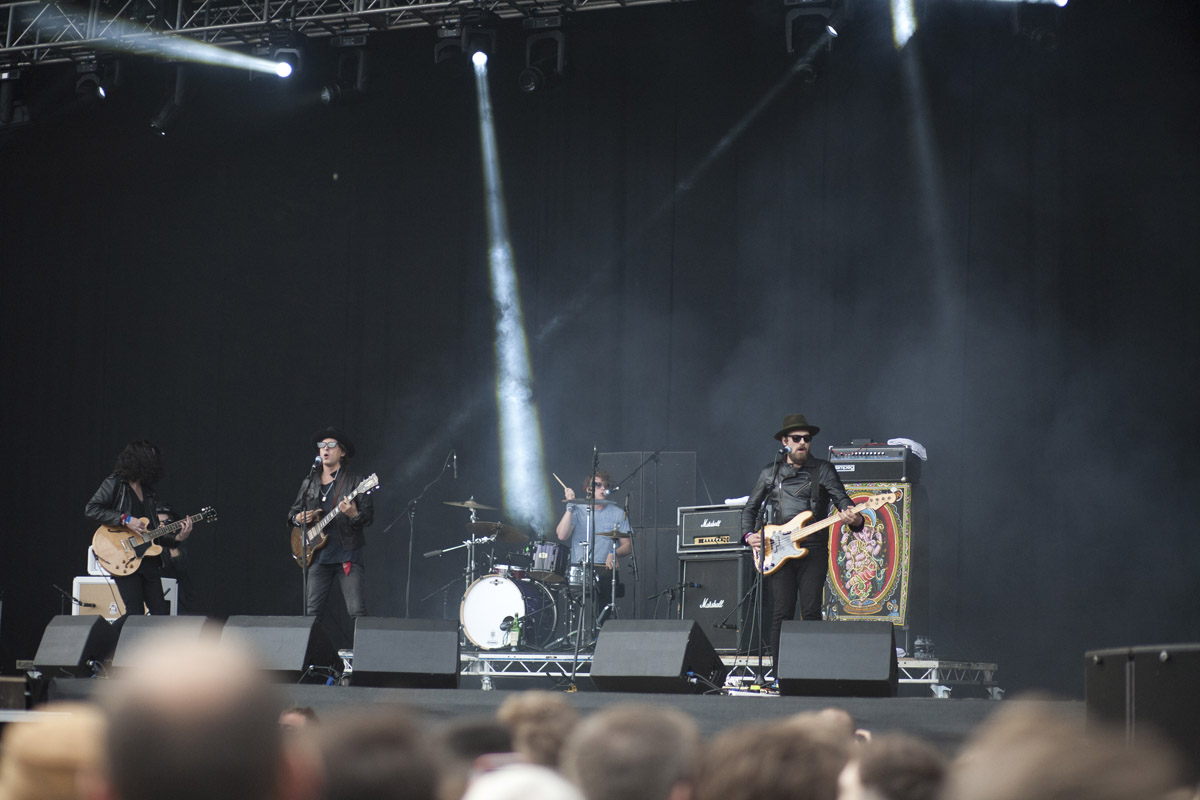
The crowds started moving early into the main stage area for Carl Barat & The Jackals. With 15 minutes to go it was crammed. I’ve got to be honest that they’re really not my sort of thing (I never particularly liked the Libertines) so I can only judge on the audience’s reaction – smiles all around – so I’m guessing that they were pretty happy with the set.
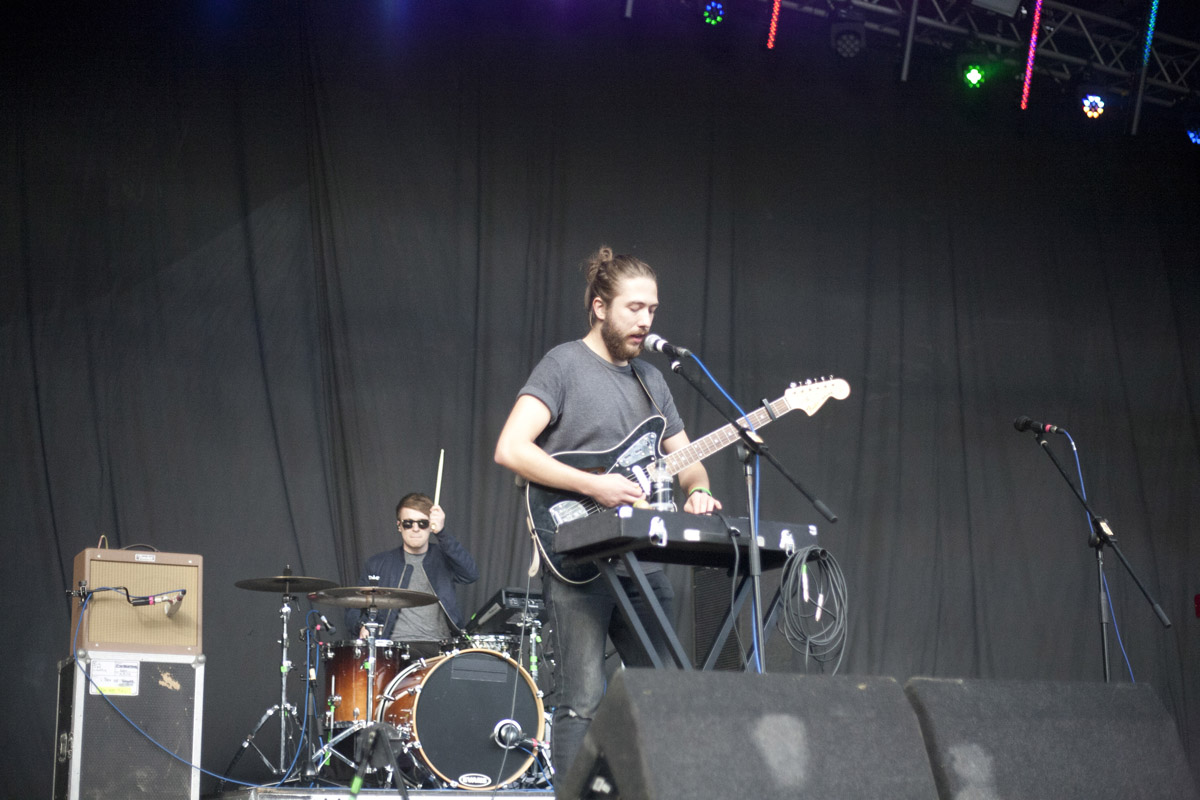
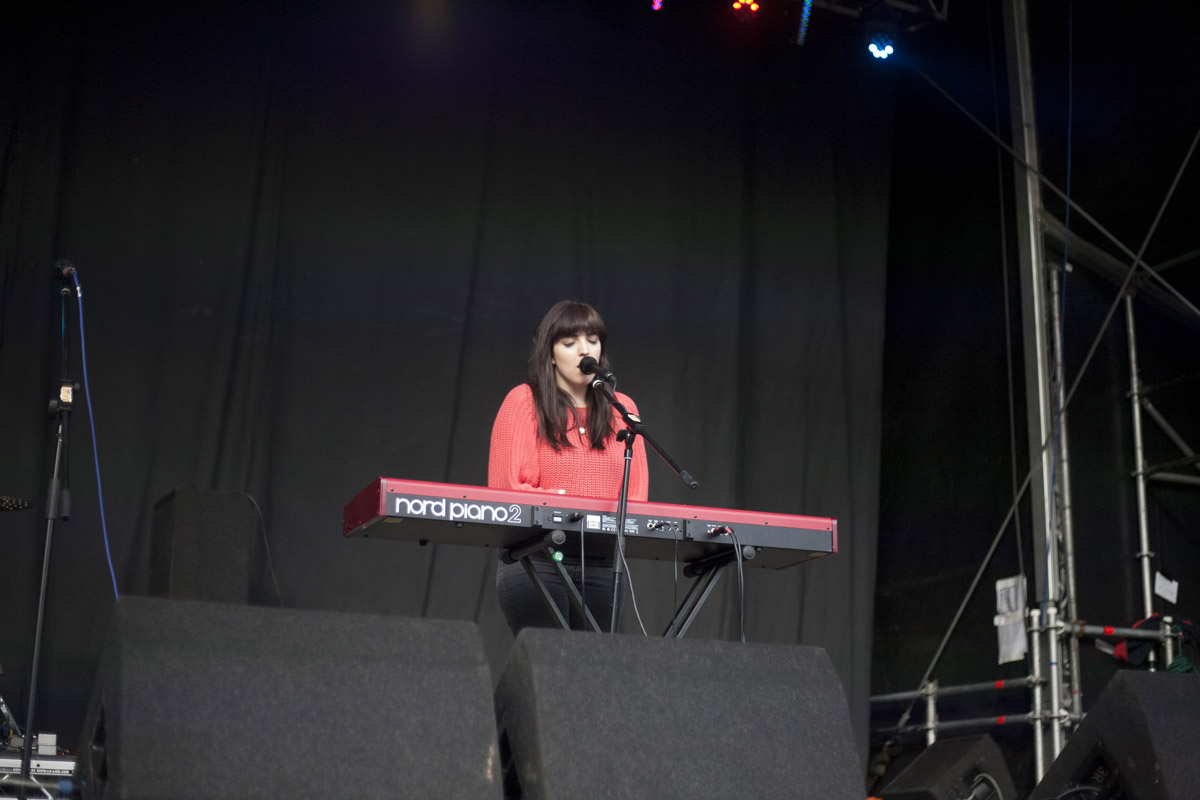
Back at the Discovery Stage, Meadowlark fulfilled my need for a little chill-out time. I really liked their brand of smooth piano heavy electro-pop with a sort of pastoral vibe. I really need to highlight the vocals here which were wonderful. It was all just so relaxing and laid back, even a song they announced as their ‘dance track’. Towards the end of the set it got a bit louder but it was still in that relaxed vibe. Their all too short set was just what we all needed. Another BML discovery for me.
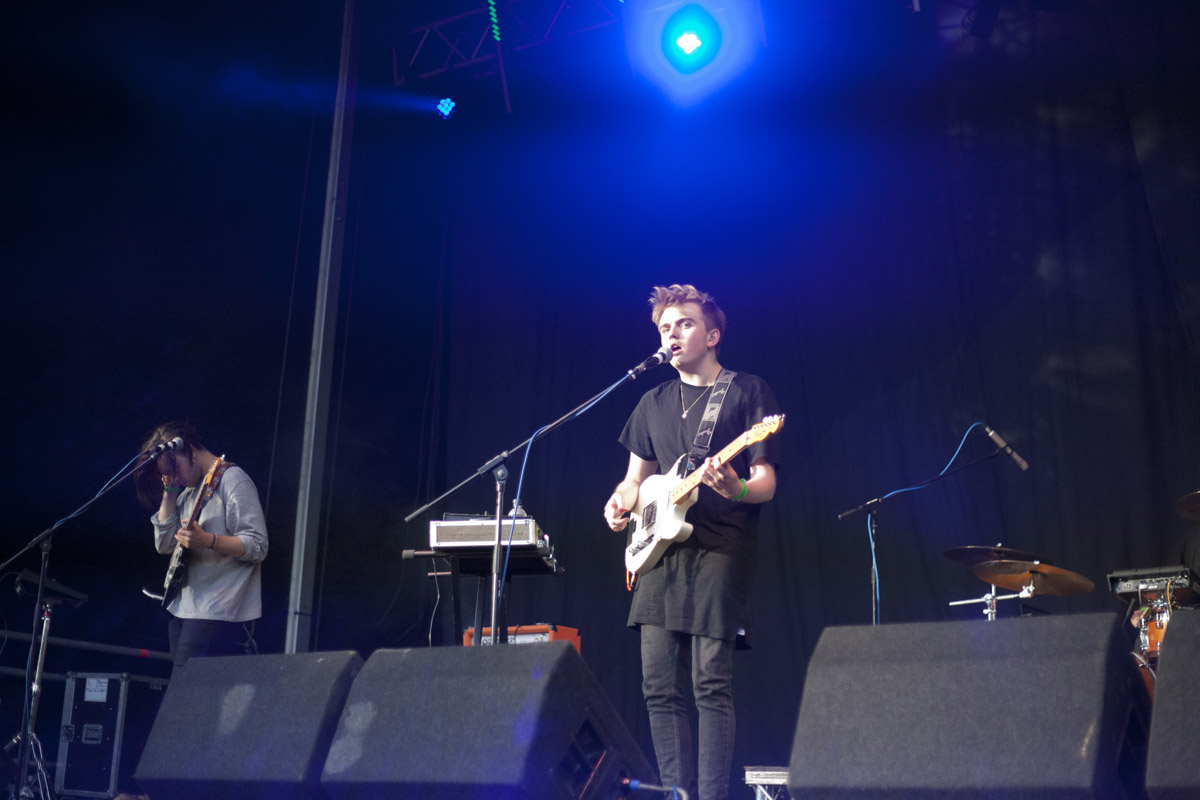
I’m finding it hard to sum up Pixel Fix’s sound, so here’s some responses I wrote at the time – ‘electro-pop with an indie edge’, ‘that’s a bit Radiohead in epic mode’ and ‘that’s a lot of sound effects layers’. For me I found the sound they produced impressive technically, but it was missing a ‘certain something’. There were hints of something special but I felt they needed a bit more time to develop. What was interesting was, that when the singer put his guitar down, the songs got a whole lot more driving and powerful. Perhaps something they could build on there?
I got chatting to someone about Pixel Fix’s set and he felt that “they were probably one of those bands you’re not impressed with at first listen, but after a few more listens you could get really into them”. He may be right, but I’m going to mark them as one to reassess in the future.
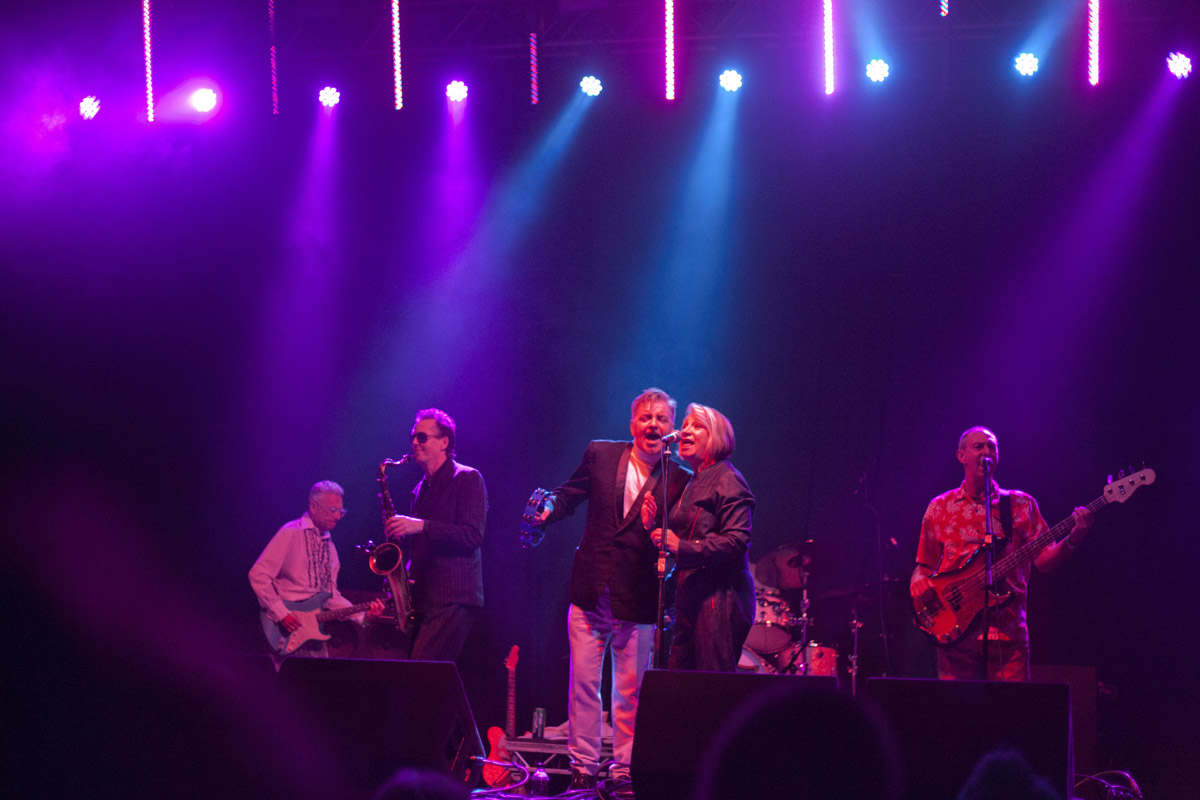
The Discovery Stage Saturday headliners Deaf School were the other reason I’d agreed to cover Bingley. This is band I listened to ‘way back when’ but never managed to get to see. My anticipation level was high, but I had that concern that after all this time they’d be shadows of their former selves.
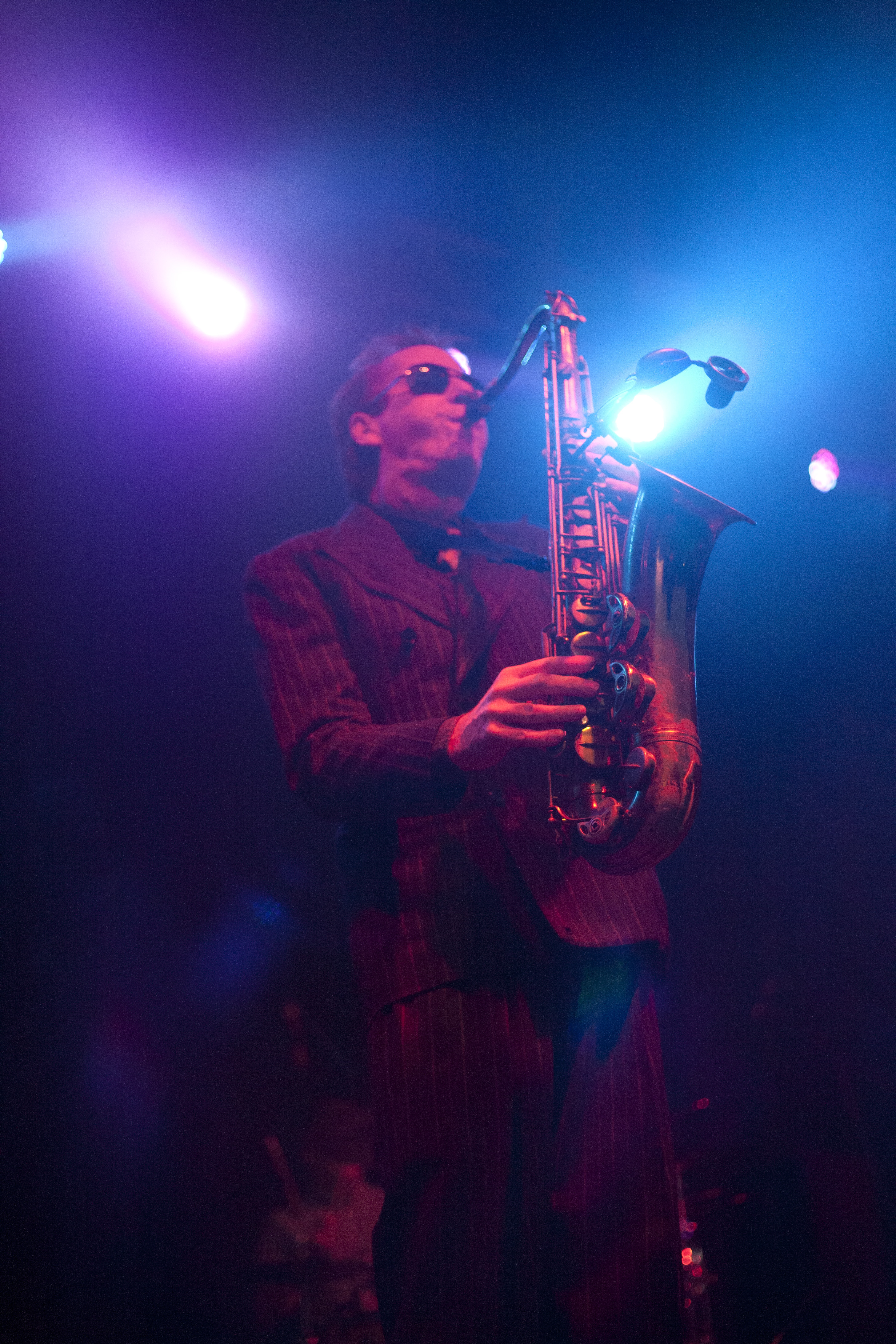
I think it’s appropriate to include something about the band here because when I told people I was getting excited about seeing them before the festival, the usual response was ‘never heard of them’. So here goes – Deaf School are an art rock/new wave band, formed in Liverpool in 1973. Between 1976 and 1978 they recorded three albums for the Warner Brothers label, in an art rock style that had its roots in cabaret. The band split in 1978 but have since been recognised as an important influence on many British musicians. Nearly all its members went on to enjoy successful careers afterwards, notably guitarist Clive Langer, who produced Madness and Dexys Midnight Runners. He also co-wrote (with Elvis Costello) the song ‘Shipbuilding’. However the band have regularly continued to get together for live shows, and released a new album this year. Lesson over.
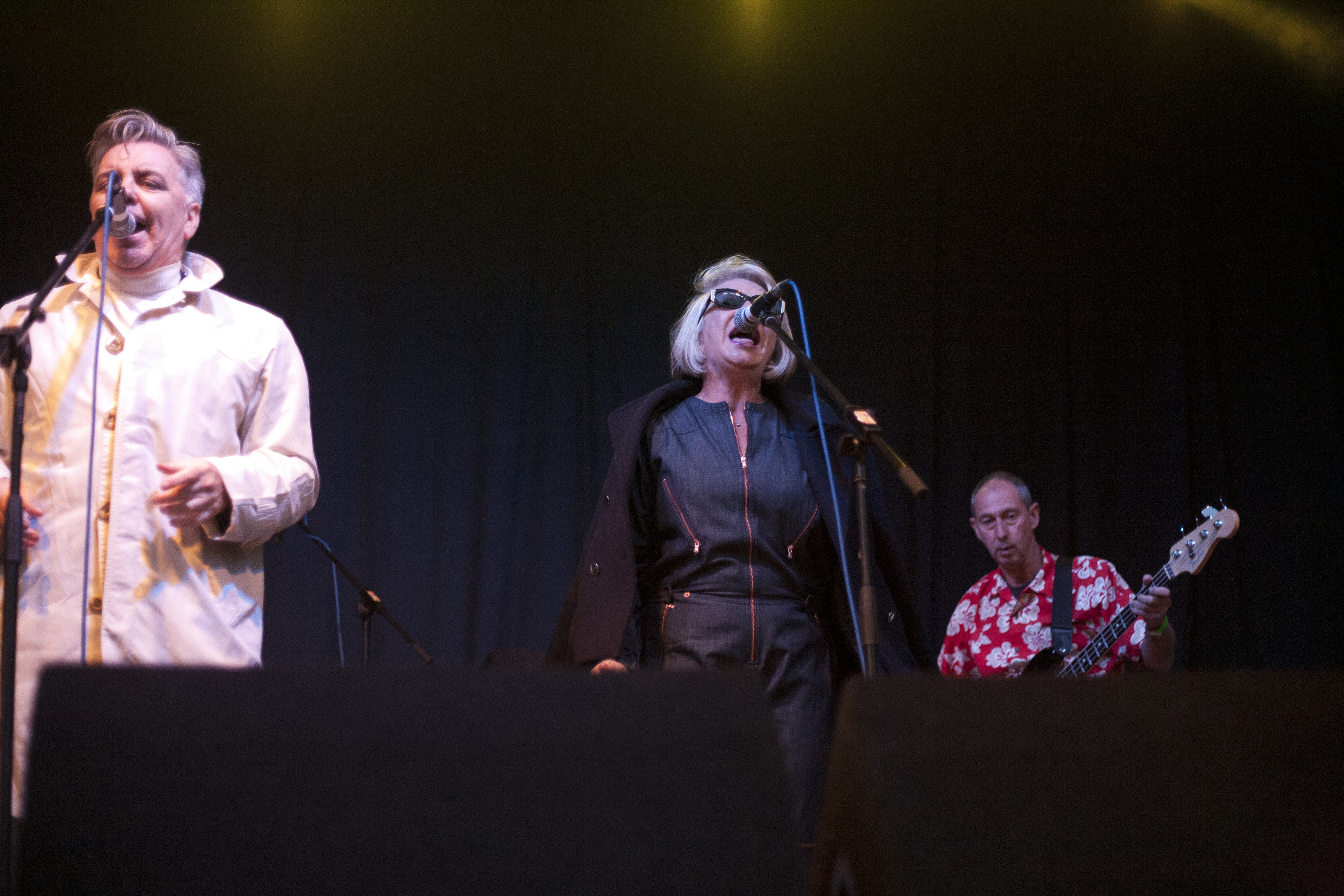
So was I disappointed? Absolutely not! This was no lacklustre going-through-the-motions performance – this was a full-on show. They play songs that are rooted in doo-wop, rock ‘n’ roll, new wave and cabaret, but there’s a performance for each song, a story acted out. On the songs where there’s no story there’s that ‘we know this is a performance, and we know that you know it’s a performance’ thing going on. And musically the band are tight, they rock. The vocals of Bette Bright and Enrico Cadillac Jnr (not their real names obviously) are very strong, and you can’t fault the playing. Frankly there are younger bands who could learn a thing or two about performance from Deaf School.
The packed crowd, of all ages, loved them. A fine end to the day, I left happy and smiling.
This eponymous debut album by False Advertising, Manchester’s contemporary answer to late-era Pixies and Seattle style early ’90s grunging, is loudly inviting, packs a sonic punch, and features some crafted and well-honed song writing.
Strong lyrical delivery is provided by Jen Hingley with her powerful voice, and sometimes Chris Warr also takes lead, with Jen acting as his backing. The third member of the trio, Josh Sellers, lays down a nice line of fluid, meandering but synchronous bass lines, providing the foundation over which fuzzed-up hammering chords are thrown at – and over – you.
Drumming duties are shared between Jen and Chris, and they both provide crisp, nicely sparse rhythm that doesn’t drown out the fuzz, but counterpoints it beautifully. All the tracks are well structured, coherent and very tight, perhaps surprisingly so for a band that only made their live debut in April of this year. The songs have been longer in the making though, and you can tell that this is a band that have definitely rehearsed their noise and song writing muscles before they started twiddling with knobs in the studio.

It’s a self-produced album. Chris Warr has previous form in this area, manning the desk for The Orielles – and this shows. ‘False Advertising’ is well produced, with all elements loud yet sharp, and blended well so the craft of the songs and musicianship shines through. First listening left me wanting to go back, and this album grew on me every subsequent time I got my ears round the tracks. This is because, as well as nodding to the grungemeisters of my youth it flirts at times with more contemporary threads, which is refreshing. And means that it’s not about rehashing of ancient gods in new guises.
The tracks on this album aren’t all noise and fury. Most bracket calmer, quieter interludes nicely spread as breaks, around chorus and verses alike. There’s no identikit composing here! The stand out tracks for me are ‘All Of The Above’, ‘No Good’, ‘Only Way’ and ‘Something Better’. I also liked the frenetic driving narrative of ‘Dozer’. There aren’t really any weak tracks though, and my selection of the above is just personal taste and previous influence shining through. To me it’s at heart a proper album of 11 jagged and throat-grabbing songs that sound great, go somewhere and do something. Let’s hope that bands like this can do something to resuscitate the flagging heart of album craft.
I would recommend you go and see them if you like loud, meaningful guitar, a grunged up approach, and still worship at the altars of Santiago, Frank Black and Cobain. They’ve got a trio of forthcoming gigs in Manchester – and they deserve to be well supported, on the back of this excellent first release.
The album can be purchased from BandCamp, iTunes and Google Play.
http://www.rdio.com/artist/False_Advertising/album/False_Advertising/
False Advertising on Facebook: https://www.facebook.com/falseadv
False Advertising on the web: http://www.falseadvertising.co/
Upcoming gigs
Jekyll are four young lads from Blackpool that form a tight-knit and highly competent alternative rock outfit. They play with their hearts and guts akimbo, and a fire rising in eyes and bellies, all topped with honed technique in their fingertips.
They made great use of their penultimate half-hour slot in this local showcase night, filling it with aplomb, shooting six searing bolts of song into the lacuna. They also chucked in a few skilful reprises of their tunes in between songs that kept the crowd involved, this old git engaged and everyone’s eardrums got a good old thumping.
The first thing to say of them is that if you dig Muse (which I do, a bit), then you’ll certainly dig these guys. However, they offer a bit more than that, otherwise I’d have got bored and that certainly didn’t happen. They opened their set with a balanced, thumping, heavy, driving, feedback infused sophistry entitled ‘Tantrum’. It delivered the energy and feisty verve of its title.
Their next track, ‘Cramp’, played with arcs of repeating, jagged chords and lead overlays, remained Muse-esque, but I detected hints of The Fall in there and little scraps of early Radiohead. It was skilfully rendered, tight and together. This unit are obviously incredibly well rehearsed, intuitively playing together and bouncing off each other’s technique and styles to create a synchronous mash of noise with all its individual elements easy to hear, discern and enjoy.
Their third track ‘Othello’ continued the thumping theme but also had pleasant, delicate, jangly interludes straight out of the indie shoegazers songbook. Next came ‘The Wounds We’ve Ignored’, a track I’d heard before I went to see them, from their live BBC Radio Lancashire sessions (check them out on SoundCloud – well worth a listen). It started as a slow and delicate bud, flowering eventually as a rousing, hard-faced crescendo of finely crafted racket cut out of chopped staccato chords. There’s as much Metallica as Muse in them at times (especially when they play their reprise interludes between songs).
One such interlude took us into their penultimate track, ‘Eager To Please’, which featured a surprisingly sweet, mellifluous Garage-Pop style chorus, shoehorned well in amongst the more frenetic parts of the tune. They packed in more technically masterful, shimmering shouting noise with their last offering, ‘You Bled Me Dry’. This featured a beautifully intricate bassline and driving percussion submerged in a squealing soup of intricately delivered guitar noise. A nice touch was the use of a child’s death-ray space gun raked over the guitar strings by Johnny Chatterton, with a flashing lit barrel, generating a weird but fascinating noise amongst the feedback and rhythm section’s work. It was a nice visual, jokey, spacey rock and roll moment.
Vocalist and guitarist Joel Foster has a great rock voice, imagine Mark Almond fused with Thom Yorke if you can, and when he screams, boy can he holler and raise the energy and power of their tunes. Liam Singleton is an accomplished and tight, stylish drummer who obviously enjoys a close synchrony with bassist Lewis Armistead. They give a foundation stone to build on that many more famous and feted bands would envy.
I hope these guys continue playing together, develop their songcraft and continue to attract attention. I’ve seen many worse bands who’ve been signed to labels, and wish them luck in their budding musical career. If I had any advice for them it would be to concentrate on their stagecraft a bit, and play out to an audience rather than to each other, which only stems from the fact that they are so well rehearsed. If they can develop their songs to move away a tad from Muse-themed homage and towards more classical influences such as say, The Velvet Underground or The Stooges, then there will be no stopping them. As they stand now they are a good rock and roll outfit that entertain, fill a room with keen percussive noise and are well worth seeing and listening to. Keep up the good work fellas.
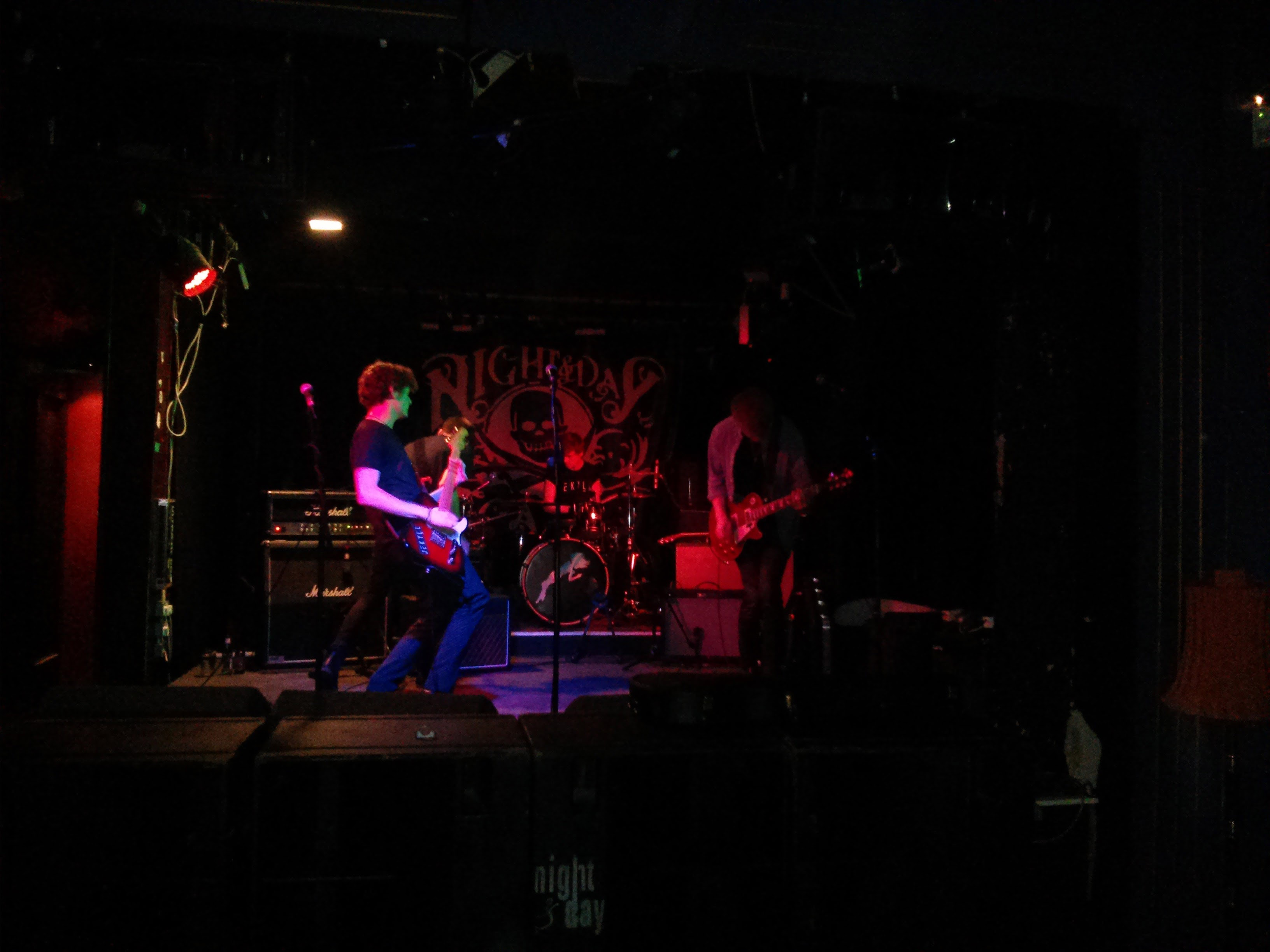
Those prepared to ignore advice might just recall that it’s fifty years since Dylan’s ‘Don’t Look Back’ England tour, a tour that proved highly significant in more ways than a historic film documentary. Although no one knew it at the time, the ‘65 tour represented a turning-point in Bob Dylan’s career, signalling the end of the so-called ‘folk-protest’ Dylan as prelude to a metamorphosis that has helped to shape popular music ever since. Famously, or notoriously (depending on your point of view) this was announced two months later at the Newport Folk Festival in America when Dylan ‘went electric’.
Manchester also played a significant part in that change, when, the following year, Dylan was castigated as ‘Judas’ during a concert at the Free Trade Hall. Dylan replied with a particularly frenetic version of probably his most famous song, ‘Like a Rolling Stone’.
https://vimeo.com/92133080
But the ’65 tour is also important in that it provides a crucial clue to finally resolving one of the enigmas of popular music: what is the meaning of Like a Rolling Stone? Named the greatest song of all time by Rolling Stone magazine, its significance has been endlessly debated.
Rock music – the marriage of poetry and rock ‘n’ roll – is arguably the outstanding cultural expression of the last half-century. And it was Dylan who invented the medium in its purest form as ‘folk-rock’, thereby transforming popular music into an art form. The song that cemented this metamorphosis in the summer of 1965 was the six-minutes-long foundation Stone with its brilliant imagery and anthemic chorus.
Perhaps nobody has expressed the impact it made at the time better than that other beacon of folk-rock, Bruce Springsteen: “The first time I heard Bob Dylan…on came that snare shot that sounded like somebody had kicked open the door to your mind: Like a Rolling Stone…Dylan was a revolutionary…He had the vision and the talent to make a pop song that contained the whole world…To this day, wherever great rock music is being made, there is the shadow of Bob Dylan.”
Paul McCartney remembered listening to Rolling Stone at John Lennon’s Weybridge mansion: ‘It seemed to go on and on forever,” he said. “It was just beautiful. He showed all of us that it was possible to go a little further.”
So much for its cultural significance; but what’s the song actually about and why has it had such a strong hold on the public imagination?
On the surface, Stone is about a young woman learning from painful experience that pride comes before a fall, the song’s most telling line being: “Now you don’t seem so proud,” while the singer seems to be taking delight in her discomfiture, repeatedly taunting her with the song’s chorus: “How does it feel?”
In an almost unparalleled break with his usual habit, Bob Dylan commented several times on the song’s gestation and meaning: “I wrote it as soon as I got back from England,” he was quoted in the 1972 Anthony Scaduto biography. “It was…all about my steady hatred directed at some point that was honest…Revenge, that’s a better word. It was telling someone they didn’t know what it’s all about, and they were lucky…Seeing someone in the pain they were bound to meet up with.”
The reference to England relates to that 1965 tour, famously filmed by D A Pennebaker under the title Don’t Look Back and recently voted by film critics as one of the 10 best documentaries of all time.
Don’t Look Back is probably best-known for its opening scene. This shows Dylan displaying a series of cue cards relating to his song Subterranean Homesick Blues, often cited as the first music video. But the documentary also reveals an ending as well as a beginning in the shape of the final break-up of one of the most newsworthy celebrity affairs of the last century, that between Bob Dylan and Joan Baez.
The two first got together in 1962 when she was America’s ‘Queen of Folk’ and he an up-and-coming but still relatively unknown singer-songwriter. By the time it came to an end, he was the star, she famous largely for her association with him. Ever since, music historians have debated the nature of their relationship. Where she was concerned, there never seemed any doubt. What the historians didn’t realise was that Dylan himself had also expressed his own feelings about the affair in no uncertain terms – in ‘Like a Rolling Stone’.
Those feelings were inextricably bound up with Dylan’s rejection of his own status as a ‘folk-protest’ idol, with Baez as his greatest champion, and his subsequent invention of rock music as the expression of a more philosophical attitude to the world, one which scorned ‘protest’ as mere self-righteous posturing. In the interim, he went through a crisis so profound that it almost ended his career. Recalling this period later, he explained:”‘Last spring, I guess I was going to quit singing. I was very drained. I was playing a lot of songs I didn’t want to play. I was singing words I didn’t really want to sing…It’s very tiring having other people tell you how much they dig you, if you don’t dig yourself.”
This crisis came to a head in a short series of concerts on the East Coast of America with Dylan sharing equal billing with Baez. “There was serious conflict,” Scaduto quotes a member of the tour. “When we were finishing up the tour there were real blow-ups and everybody was walking gingerly. Dylan was very upset much of the time…”.
Dylan was upset over the fact that Baez, herself growing ever-more-committed to political protest while he’d already totally rejected it, would tell him to his face that his interest in being ‘the rock and roll king’ amounted to a betrayal of those committed to reform. Dylan had retorted angrily: “I’m not responsible for those kids,” while criticising her for her ‘naivety’ about the value of political commitment.
Amazingly, and one might think suspiciously, Dylan then actually invited Baez to accompany him on his ’65 England tour. Baez assumed, wrongly as it turned out, that Dylan would invite her up onto his stage to promote her career in England, where she was relatively unknown, just as she’d invited him up onto her stage in America, when he was still relatively unknown.
Don’t Look Back shows in stark black and white Baez’s embarrassment and ultimate humiliation as Dylan studiously ignores her and then impassively allows his road manager, Bobby Neuwirth, to abuse her openly on camera, before Baez finally accepts the now-manifest rejection of her ex-lover and leaves both the film and his life, going off to stay with her parents in Paris to nurse her emotional wounds.
This rejection was entirely consistent with Dylan’s growing reputation at the time for cruelty towards those who openly treated him as a messiah, a cruelty that stemmed from his inchoate sense of acting in ‘bad faith’ – as existentialist Jean-Paul Sartre so appositely expressed it. His disgust at continuing to give his ‘folk-protest’ fans what they wanted to hear when it no longer meant anything to him. This is precisely the meaning behind Like a Rolling Stone. Dylan, bitter against himself for his hypocrisy, turned his anger outwards onto those, most particularly Joan Baez, who made him aware of that hypocrisy. And there’s no one more angry, more bitter, more savage than a man who feels very bad about himself but won’t openly admit it.
While, as a general rule, it would be true to say that Bob Dylan rarely writes songs about particular people (so-called ‘personal songs’), there’s no doubt that one of his greatest songs can be taken as a very notable exception to this rule. Certainly, at the time of writing, Dylan most definitely saw Rolling Stone as aimed directly at Baez. Seen from this perspective, the personal references in the song could hardly be clearer. Thus, for instance, the ‘diplomat’ in the song is Dylan himself, who is telling Baez, Machiavelli-like, that he used her to promote his career only brutally to discard her when he no longer needed her, leaving her as ‘Miss Lonely’. Dylan was naming himself as the ‘Napoleon in rags’ because Baez had constantly laughed at him for his vagabond ways, while at the same time treating him as a genius for his exceptional talent with words and meanings, hence his inclusion of ‘…and the language that he used’.
Similarly, Joan Baez is the one in the song told to ‘go to him now, he calls you, you can’t refuse.’ Dylan it was who called her, specifically to England, when Baez, completely besotted with Dylan’s genius to the point of slavish devotion, as she has readily admitted, couldn’t refuse. Referring to this, she was quoted as saying: ‘It was not love that made me such a nuisance…it was desperation. For the first time in my short but monumentally successful career someone had stolen all my thunder from under my nose.’ Hence, Dylan in Rolling Stone: ‘Ain’t it hard when you discover that/He really wasn’t where it’s at/After he took from you everything he could steal.’
On this level of Revenge Tragedy, there’s no doubt that the song appeals to the lowest, commonest denominator in us all, which is the instinctive desire for vengeance when someone points up something about us of which we’re ashamed. This certainly explains some of the song’s power over the human imagination. Who can honestly say they’ve never had such feelings? Who can say they’ve never sung along to Rolling Stone’s chorus without feeling a sense of catharsis akin to Dylan’s?
But if in the song Bob Dylan spewed out his vomit of anger and revenge against his former lover and patron with the force of a blowtorch, having already humiliated her on camera and broken her heart, Stone is so much more than an instrument of emotional torture, and it’s this that makes the song a work of art, in spite of Dylan’s motive for writing it. Remember that, while Dylan freely conceded the ‘steady hatred’ and desire for revenge that prompted the song’s composition, he also said that Stone was about ‘seeing someone in the pain they were bound to meet up with,’ revealing a parallel concern with Greek, as opposed to Revenge, Tragedy that would prove to be a recurring theme in his songs – not something usually associated with popular music.
Here is the philosophical Bob Dylan, the Dylan who surmises that Baez’s ‘princess on the steeple’ self-righteousness can only ever end badly, that pride always comes before a fall, that hubris always leads to nemesis. This truth of the human condition has probably never been better expressed than by the father of Western philosophy, Socrates, with his: ‘Physician, heal thyself.’ This is the nature of philosophy, when it’s based on truth, not to see the point of instruction as directed outwards to others, but inwards to ourselves.
But here’s the irony: didn’t what applied to Joan Baez apply equally to Bob Dylan? Possibly apply more to Bob Dylan since he claimed to espouse a philosophy of truth? Put simply, by condemning Baez for her self-righteousness, wasn’t he acting self-righteously himself? By damning her for putting herself on a pedestal, on a ‘steeple’, wasn’t he damning himself? For, in accusing others of being ‘superior’, like a vengeful boomerang, we’re inevitably accusing ourselves in the process.
With hindsight, Bob Dylan came to the same conclusion, telling Scaduto, when explaining a later album: “Before I wrote John Wesley Harding I discovered something about all those earlier songs I’d written. I discovered that when…talking about other people, I was really talking about nobody but me…You see, I hadn’t really known that before, that I was writing about myself in all those songs.”
To be fair to Dylan, he suspected as much almost as soon as he’d finished Stone, seeing himself from an objective point of view in the song Can You Please Crawl Out Your Window?. He wrote this soon after Stone and it clearly references the earlier lyric. ‘Preoccupied with his vengeance…,’ Dylan writes, ‘he looks so truthful, is this how he feels…with his businesslike anger…’. ‘Businesslike’ no doubt because Rolling Stone turned out to be very good for Dylan’s career.
Whatever his personal motives for writing Rolling Stone, then, ultimately, Bob Dylan proved himself to be an artist, despite himself, proved that he couldn’t help but make the personal universal. And the upshot of this is that, while Stone’s ‘reality check’ might have been directed at Joan Baez, the song’s art means that it can just as easily be applied to Dylan himself or, indeed, to you and me. Take just one line in the song, one that must rank alongside ‘To be or not to be’ in its power and in its glory: ‘When you got nothing, you got nothing to lose.’ This isn’t about material possessions but about self-delusions, about the fact that we’re all subject to the same human condition. Where the mystery of human life is concerned, we’re all alone and lost:
How does it feel
To be on your own
With no direction home
Like a complete unknown
Like a rolling stone?
Before I start the review proper I’ve just got to mention the venue. As well as being the opening night of Tor Ist Das Festival this was also the opening night of Crazy8, the new venue that has opened upstairs at The Golden Lion. Andy has made a lovely job of converting the old function room into a purpose-made venue. The sound was brilliant – not too loud and very clear – something that’s not that easy in a small venue. I look forward to seeing more bands there in the future.
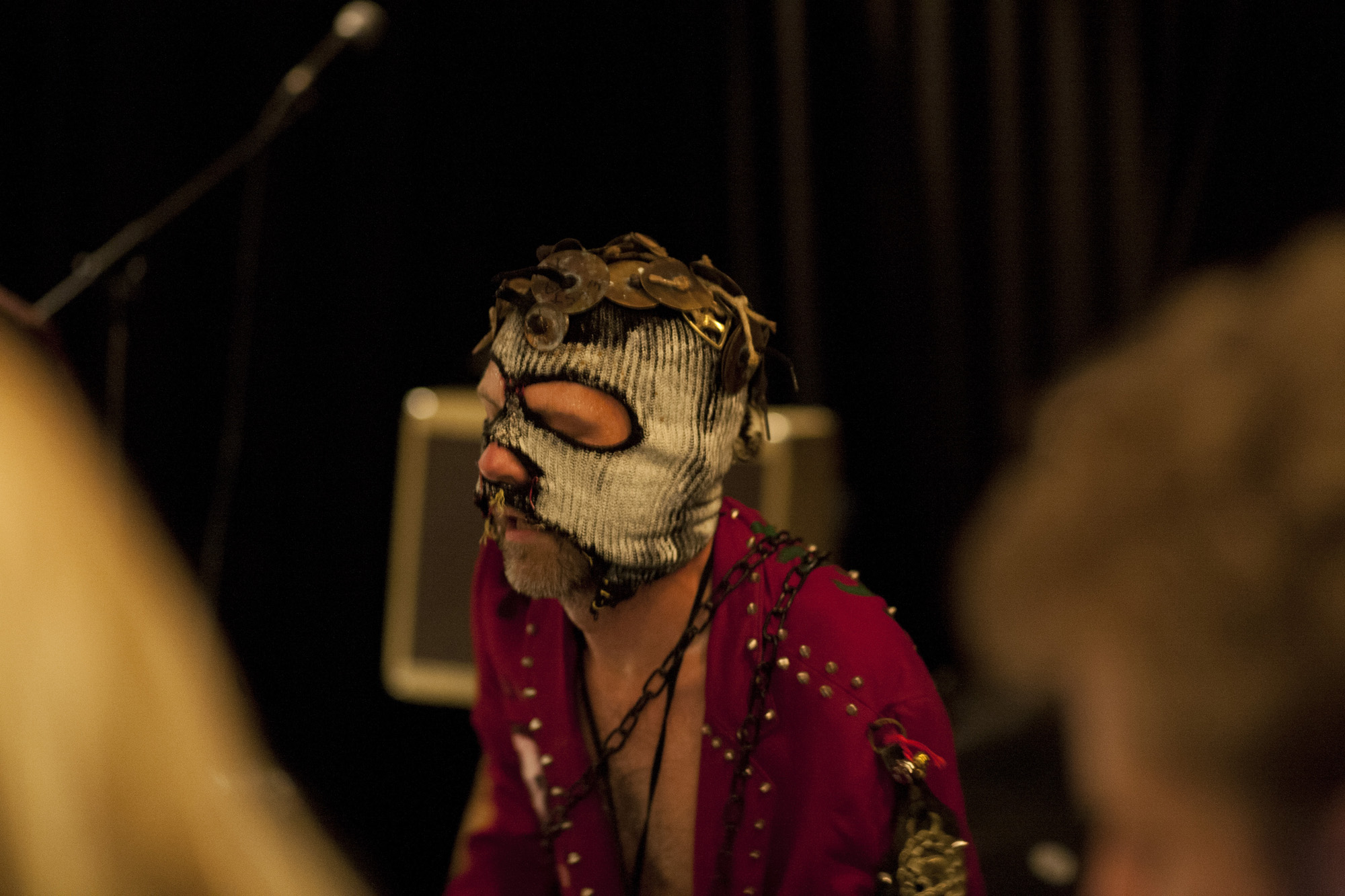
Kicking off The Bongoleeros gave us … well to be honest I’m not entirely sure how to describe what they do. Surreal performance art and warped and twisted songs were part of it but there were also moments that had us laughing out loud.
These were a couple of my highlights. The Magic Shoe section – where we were encouraged to “smell the shoe” and get on board the shoe. And ‘Honk My Tonk’ a mutant punk song.
Looking at what they do objectively – although this isn’t an easy thing to do about three guys who wrap rope around themselves whilst staggering across the floor – there’s a whole load of cultural references in there. The painted jackets and Magic Shoe section, in my opinion anyway, hint at the Merry Pranksters and the “on or off the bus” thing. While the music reminded me of Otway and Barratt in places. And I can’t help but feel that they share a love of the freeform rapping that is Derek and Clive.
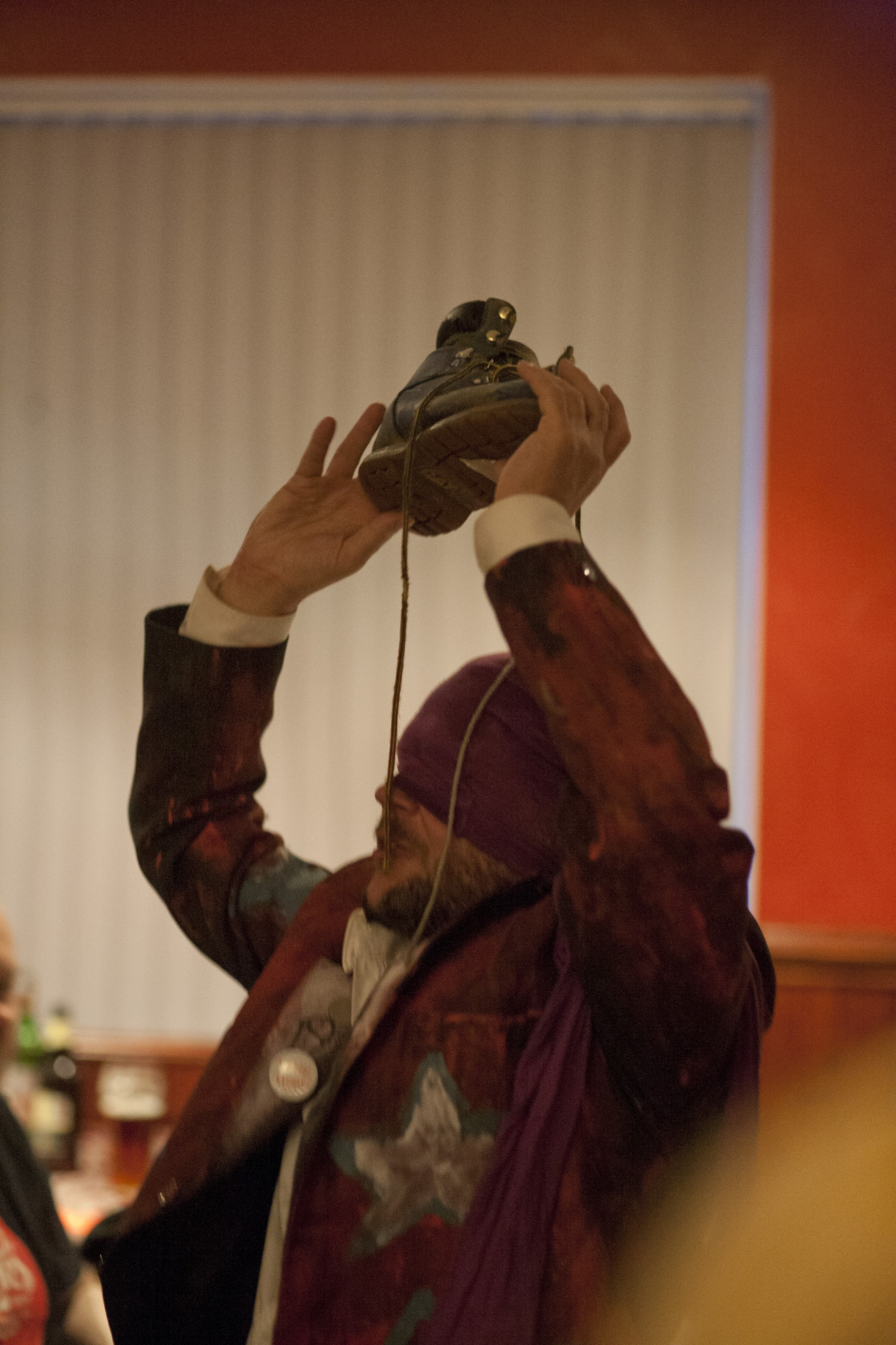
What I can’t work out is whether this was an exercise in how far you can go before people say “well isn’t that just messing about randomly” or whether some of it is messing about randomly or, possibly, that it’s so well put together that it just looks like it’s improvised. Your guess is as good as mine and as the performance was filmed you can watch it and make up your own minds. I would say that you had to be there, this is something you had to see in the flesh to be honest, but the video will give you some idea.
https://youtu.be/ky8iC0KQ5Lg
Overall I think I liked The Bongoleeros. I say think because it’s difficult to immerse yourself in a performance like that when you’re reviewing it and because at times I found them rather scary – there’s that edgy feeling of anything could happen in their performance. Am I on board The Magic Shoe? Well not quite, but I’m waiting for it to come round again.
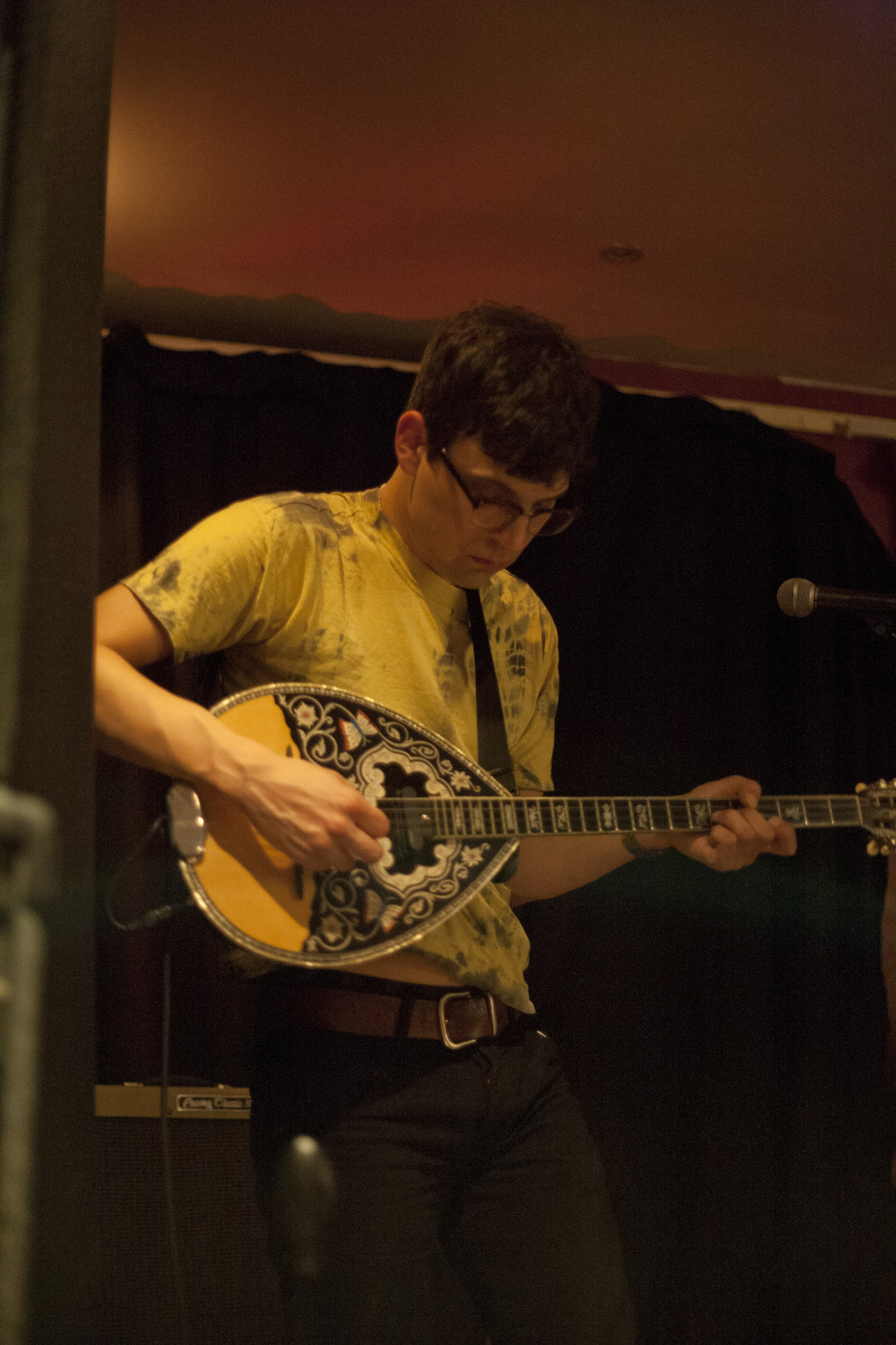
I’d heard of The Family Elan but not heard anything by them before, so I was surprised. They play Anatolian sounding folk-rock that kicks into something like space-rock at times. Although only a three-piece this is a densely layered sound, Krzysztof Hładowski (on Greek bouzouki and elektrosaz) impressed me hugely. Although he uses a lot of effects they don’t overwhelm the core sound of the instruments. Nor does he drift into showing off, although there were points where I would have loved to hear him stretch out more.
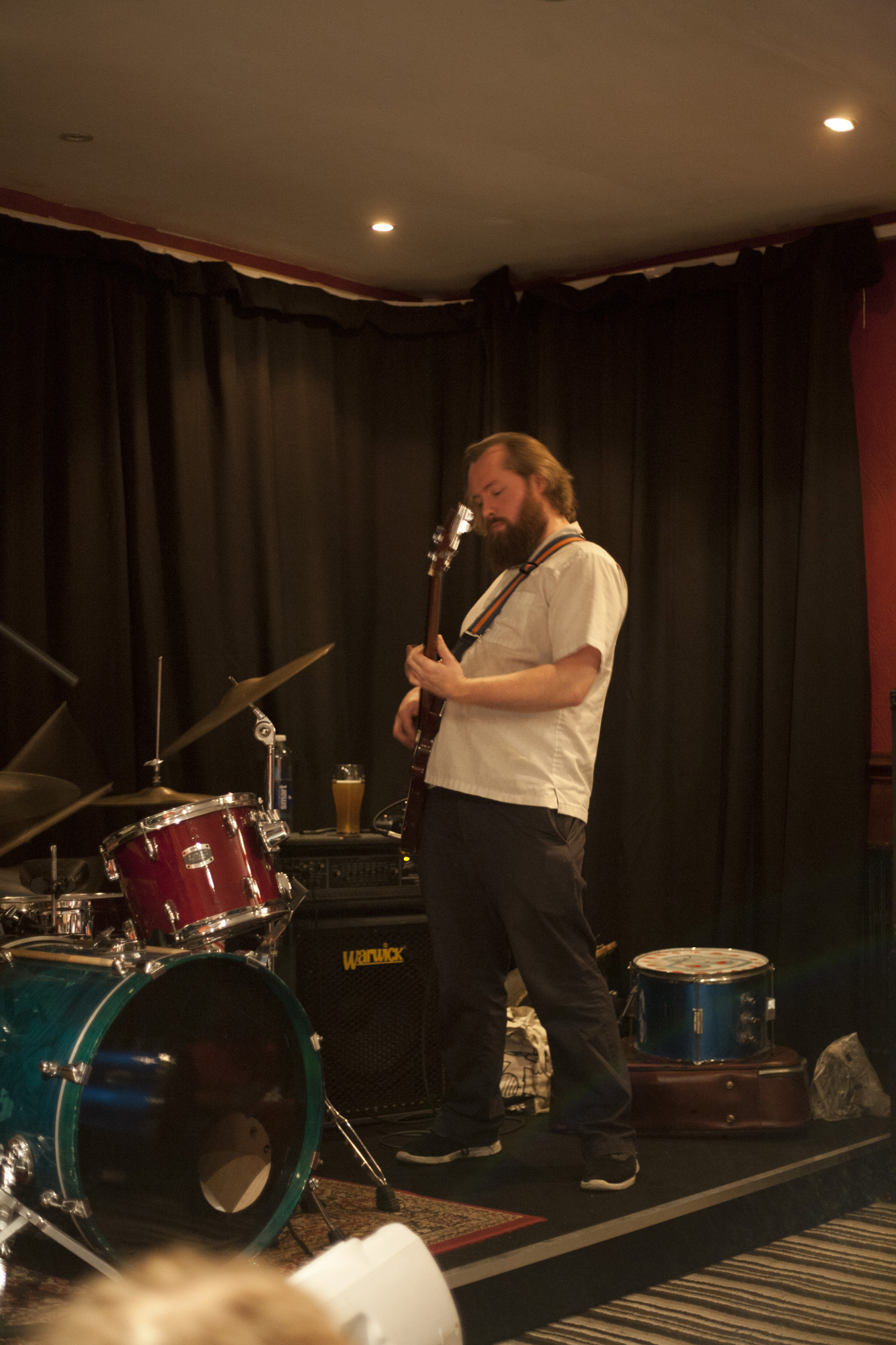
Not knowing the names of the tracks they played I can only comment on the overall performance. Although most of the tracks “take off”, this is music you can dance to or you can choose to sit and listen, and appreciate. Most of the tracks start with something that does sound like Anatolian folk-rock but then works up to something else. While this may sound like I’m saying they all sounded the same they didn’t. There was definitely enough variation to keep me, and the audience, listening.
I spoke to a couple of people afterward who’d not seen them before and they thought “they were brilliant” and wondered “why didn’t they play a far longer set?”. I couldn’t find anything to disagree with in that.
More a one-man show than a talk, the author of The Bob Dylan Encyclopaedia comes to Barnsley for the first time launching his UK tour of talks on Bob Dylan & the History of Rock’n’Roll. Writer Michael Gray uses great records and rare footage to trace how rock ’n’ roll arrived for the teenage Robert Zimmerman, how it disintegrated into safe and shallow pop by the time Dylan was ready to launch his own career, and how it lured him back after his folk-singing days.
Dr. Michael Gray wrote the first book ever published on Dylan’s work, SONG & DANCE MAN: The Art of Bob Dylan, way back in 1972 and has since become a highly acclaimed author of many musical icons. ‘Michael Gray’s pioneering book invented a new school of rock criticism which made most of the writing that had gone before seem superficial, irrelevant and trivial…’ (Uncut)
His talks have been a sell-out in North America, the UK & Ireland at arts theatres, arts centres, colleges and festivals and are always spontaneous, “I never use notes or cue-cards. I’m aiming to offer an entertaining, fresh account of Dylan’s achievement and a revealing take on his roots in rock ’n’ roll.”
Further information and tickets: http://www.barnsleycivic.co.uk/events/bob-dylan-the-history-of-rocknroll
Bang Bang Romeo, a 60’s rock-influenced four-piece from South Yorkshire, are making a splash at the moment with their new single, ‘Johannesburg’ which is currently being play-listed on Xfm as well as receiving airplay on both Radio 1 and 6 Music. The hardworking Yorkshire group have been busy on the live circuit as well as with triumphant appearances at the legendary Isle of Wight festival in June, and more recently, last month’s Tramlines Festival in Sheffield.
‘Johannesburg’ is an epic-sounding rock-pop song with touches of Jefferson Airplane, ‘Back to Black’ era Amy Winehouse, and all the drama of a classic Bond theme. The twanging guitars and sun-baked mariachi horns that appear throughout the chorus also bring a Spaghetti Western feel to the song and it seems the band are certainly keen to push the cinematic qualities of their music, with bassist Joel saying the band are huge Tarantino fans. They even go as far as to cite ‘Django Unchained’ as part of the inspiration for the single.
Singer Anastasia Walker has a powerful voice and puts it to good use throughout the track, belting out the strong, catchy chorus with conviction. The rhythm section of Joel Phillips and Richard Gartland, on bass and drums respectively, lay down a crisp and tight backing for those soaring vocals and guitarist Ross Cameron adds plenty of subtle yet effective contributions to the song’s Haight Ashbury vibe, from a Morricone-style tremolo effect to a fuzzed-up atmospheric solo.
The band’s website is http://www.bangbangromeo.com/
Bang Bang Romeo on Facebook: https://www.facebook.com/bbromeo
Bang Bang Romeo on Twitter: https://twitter.com/bangbangromeo